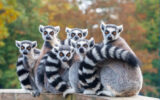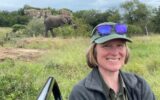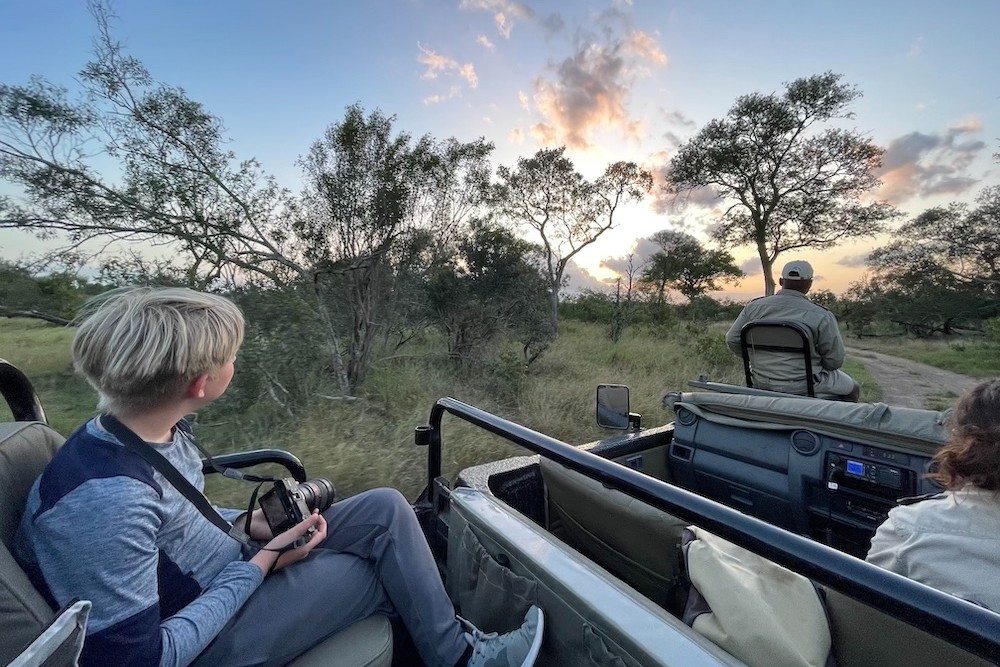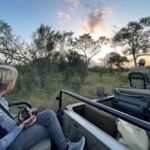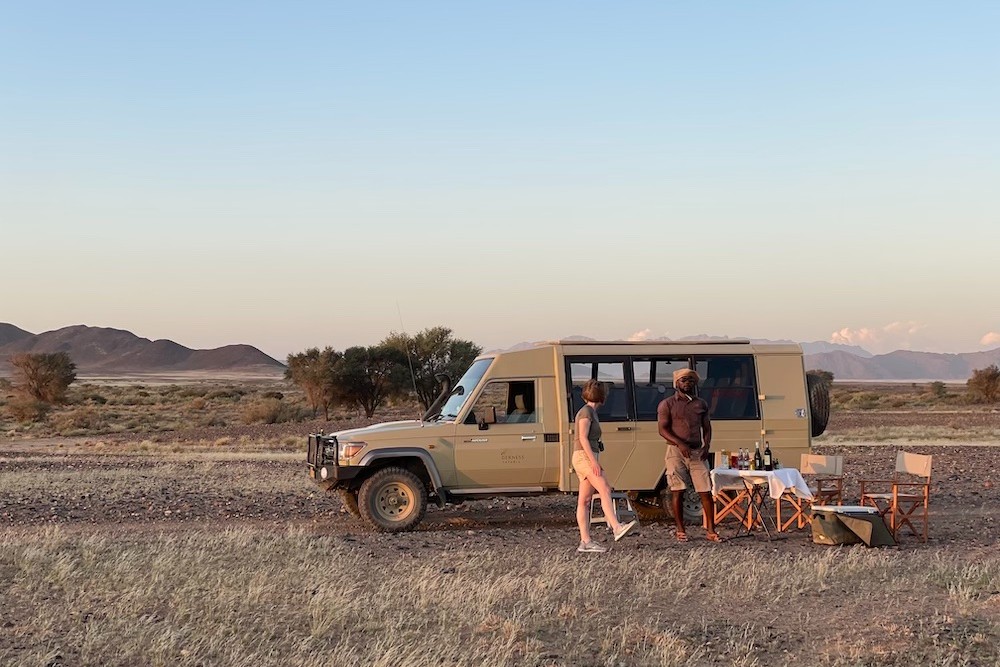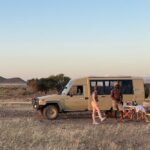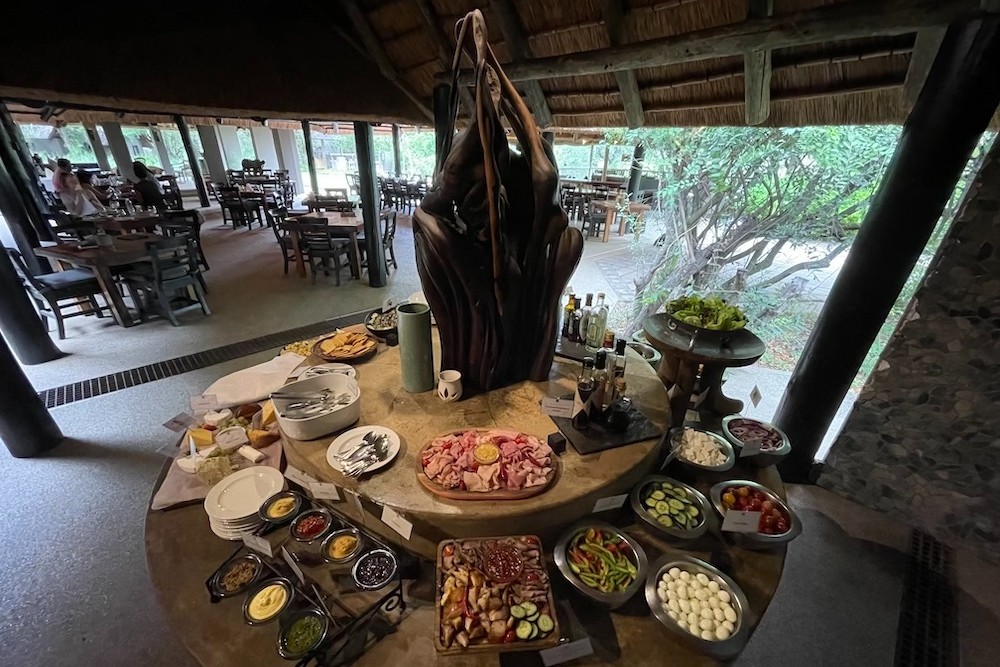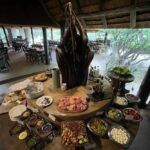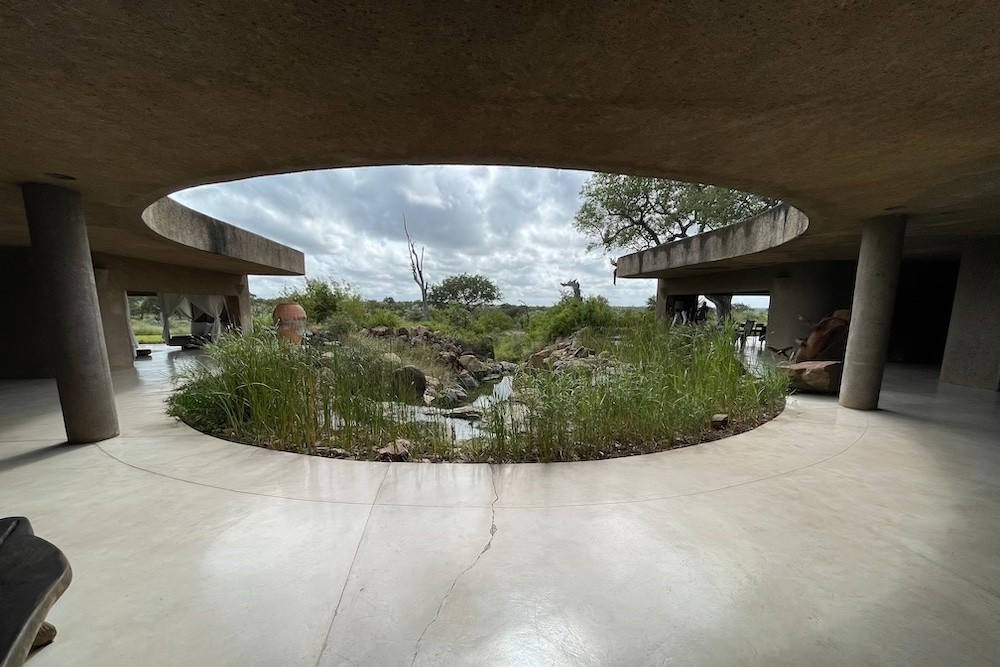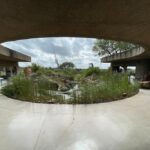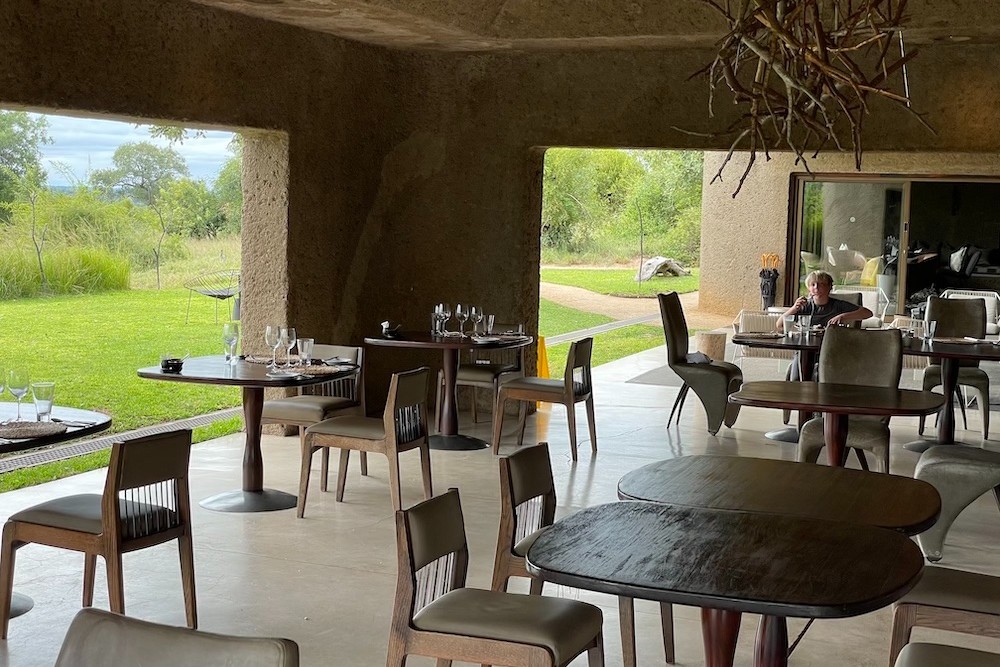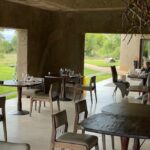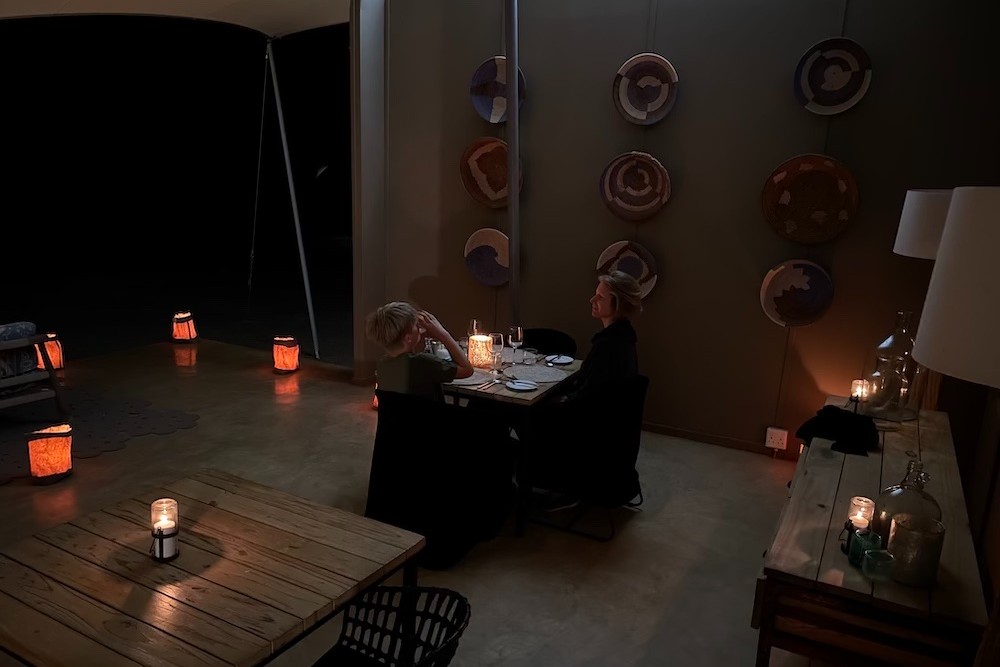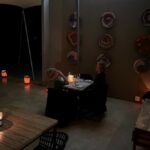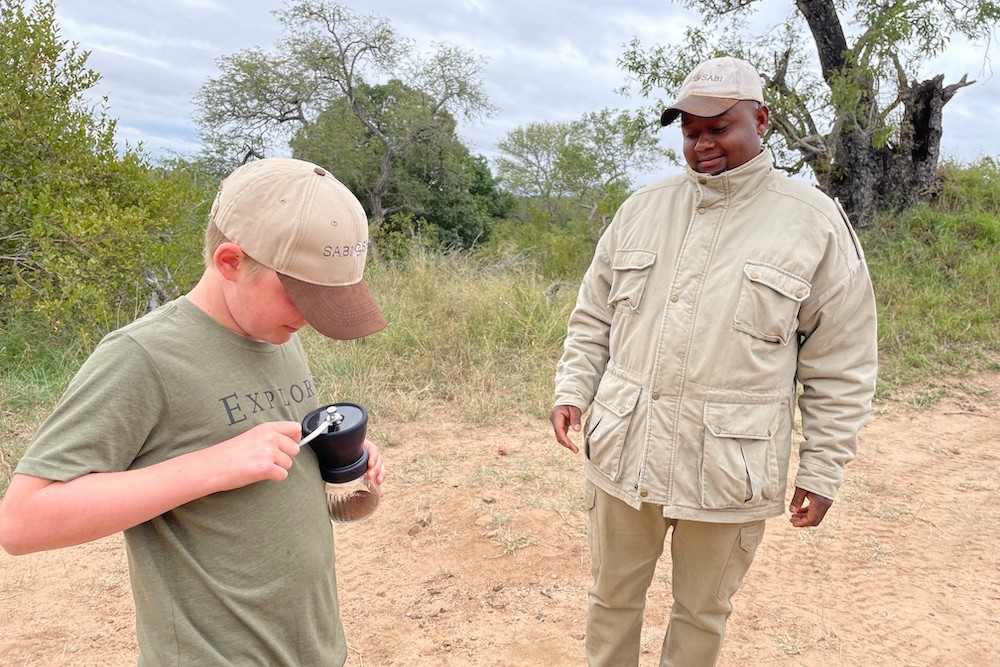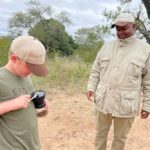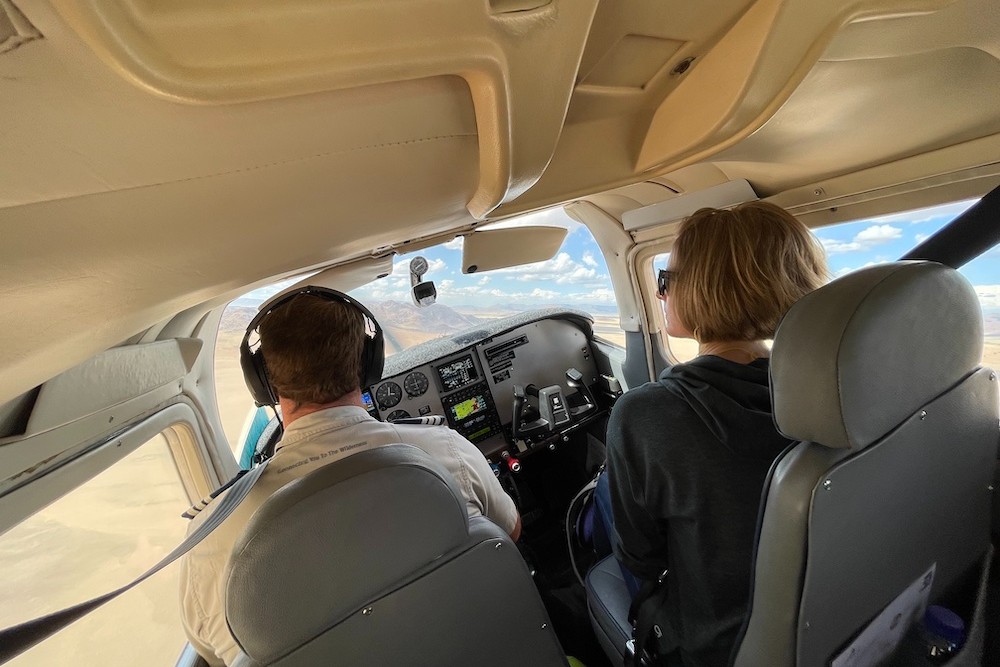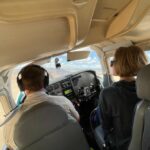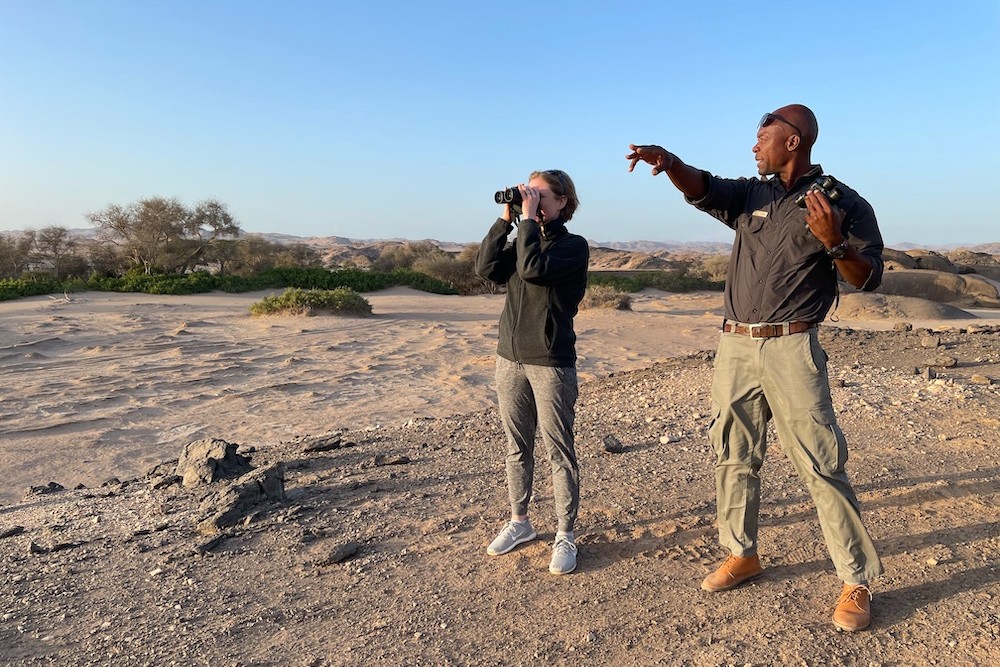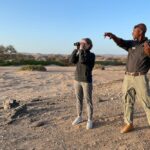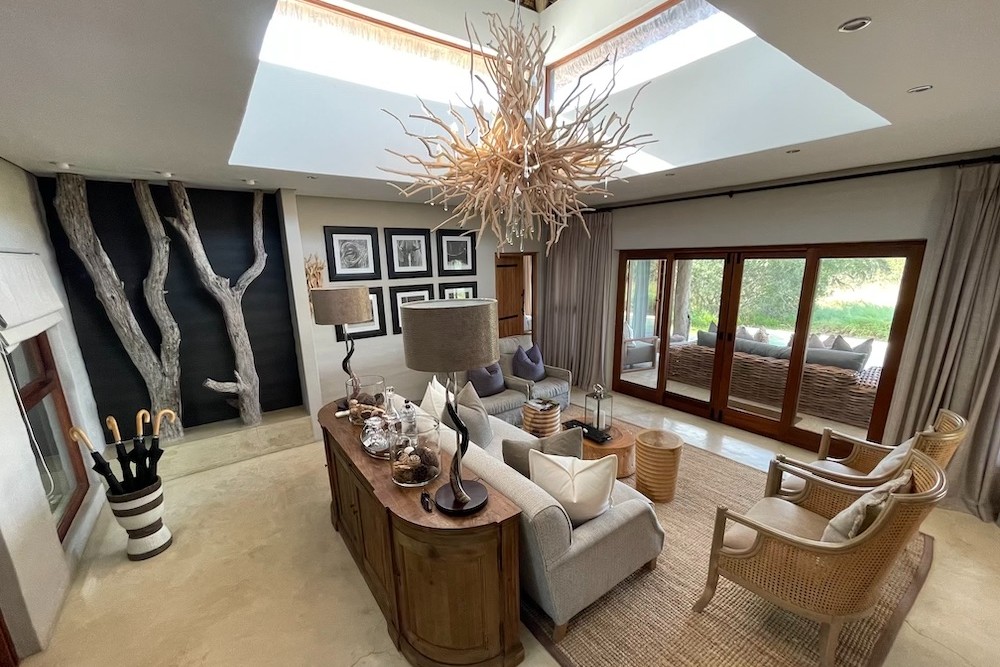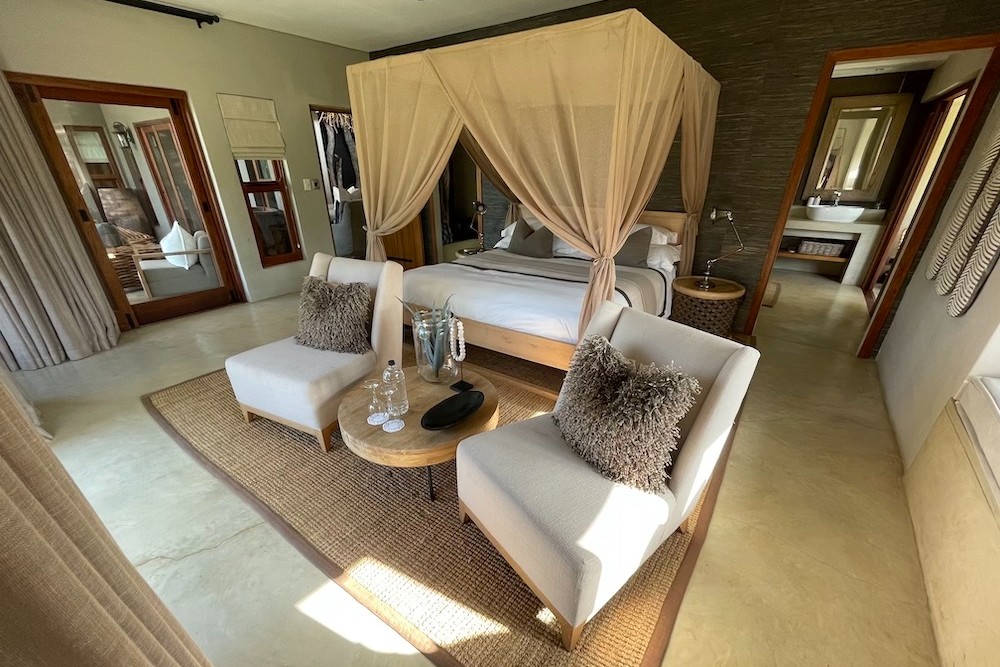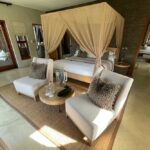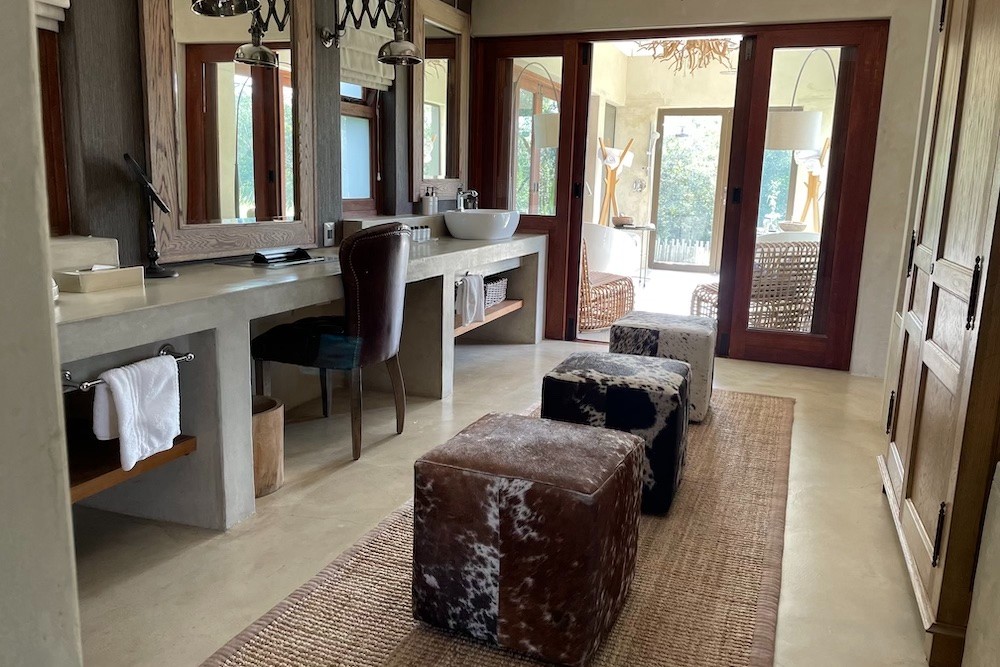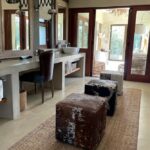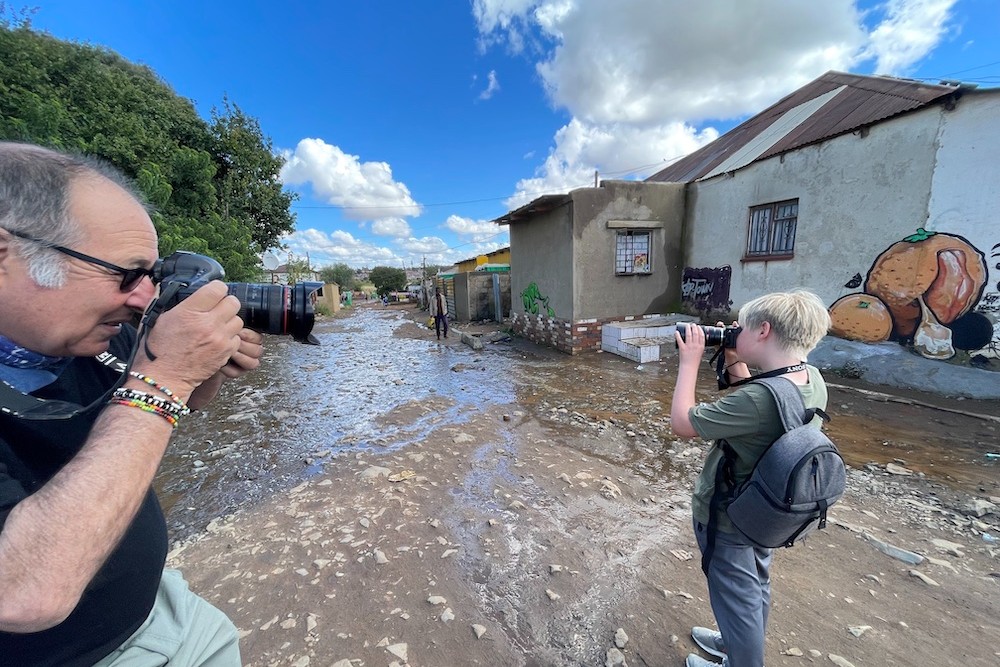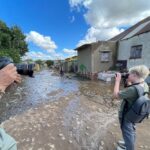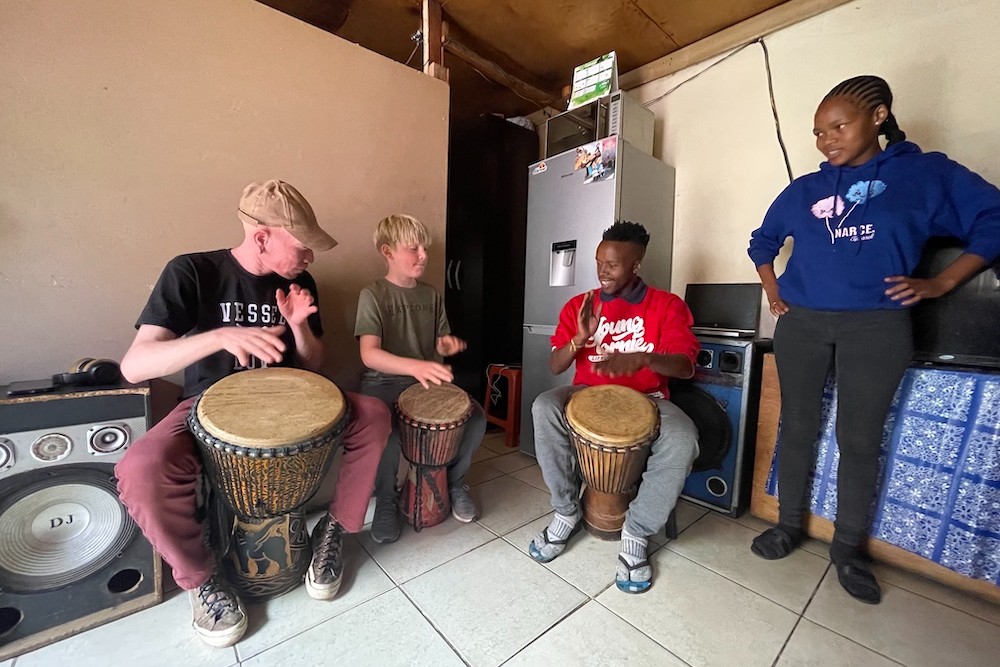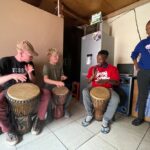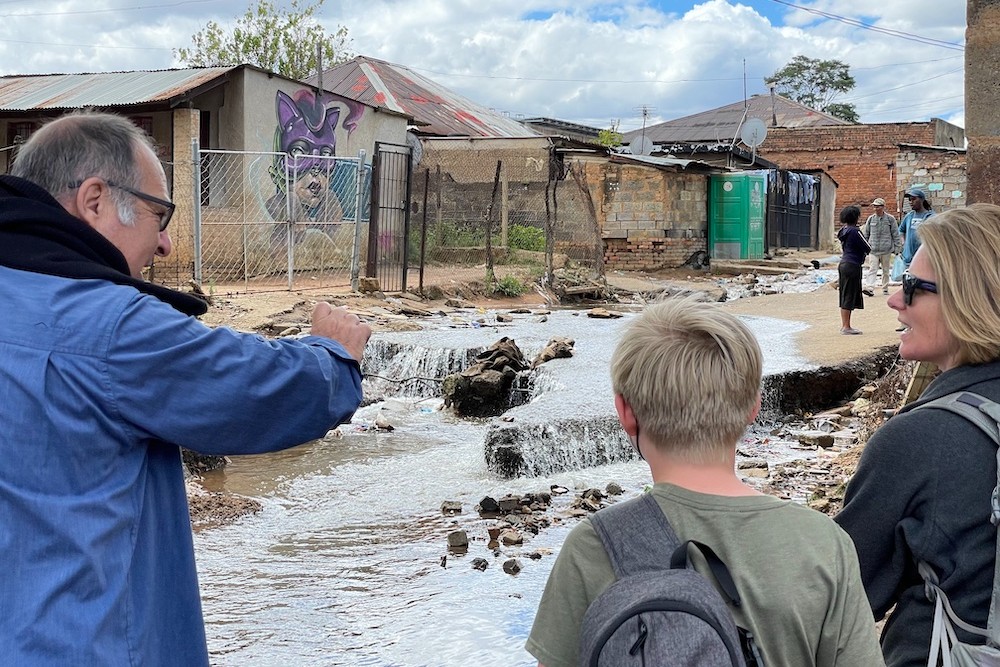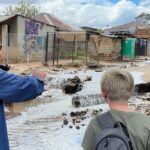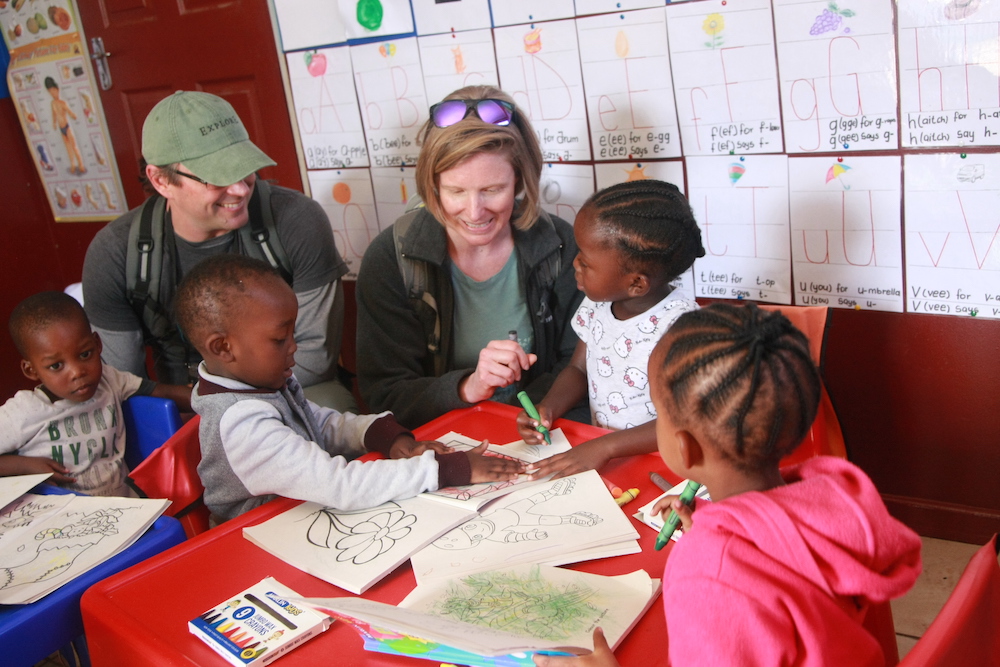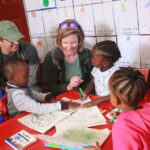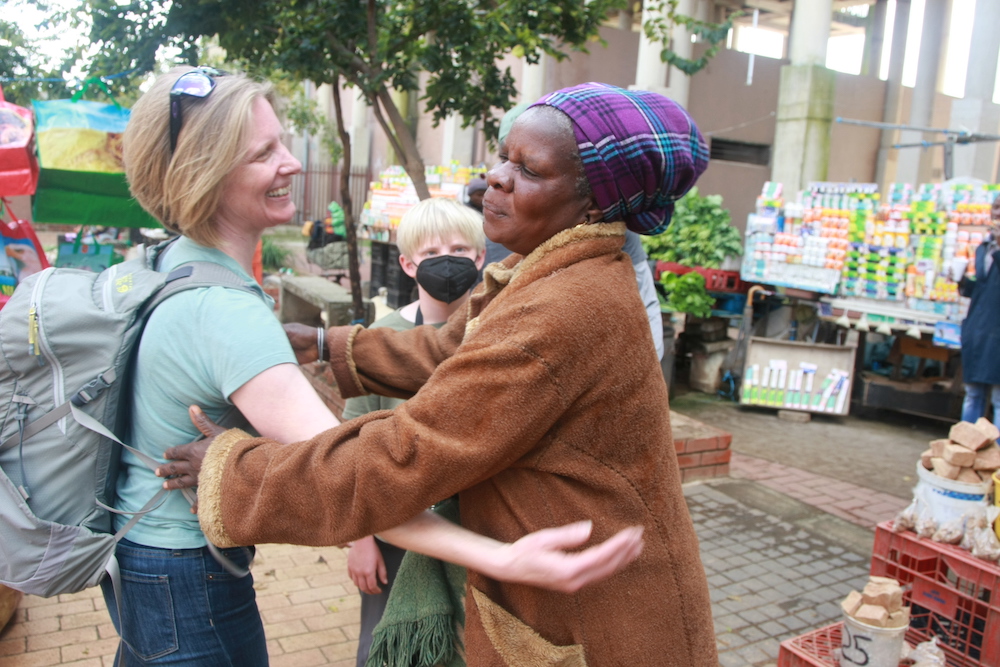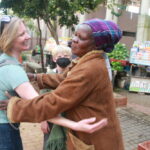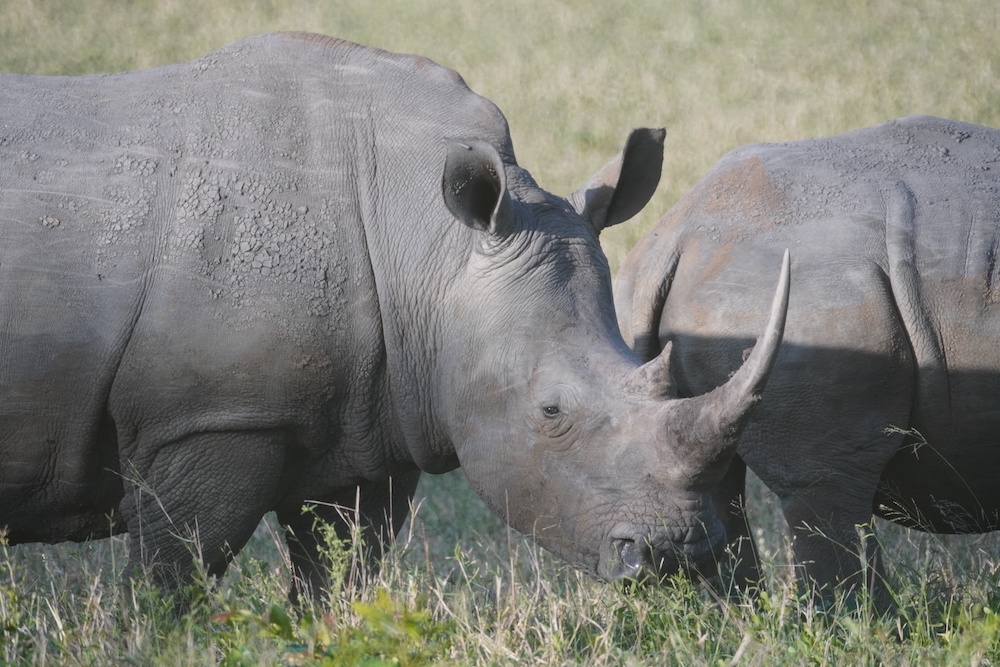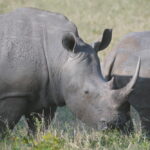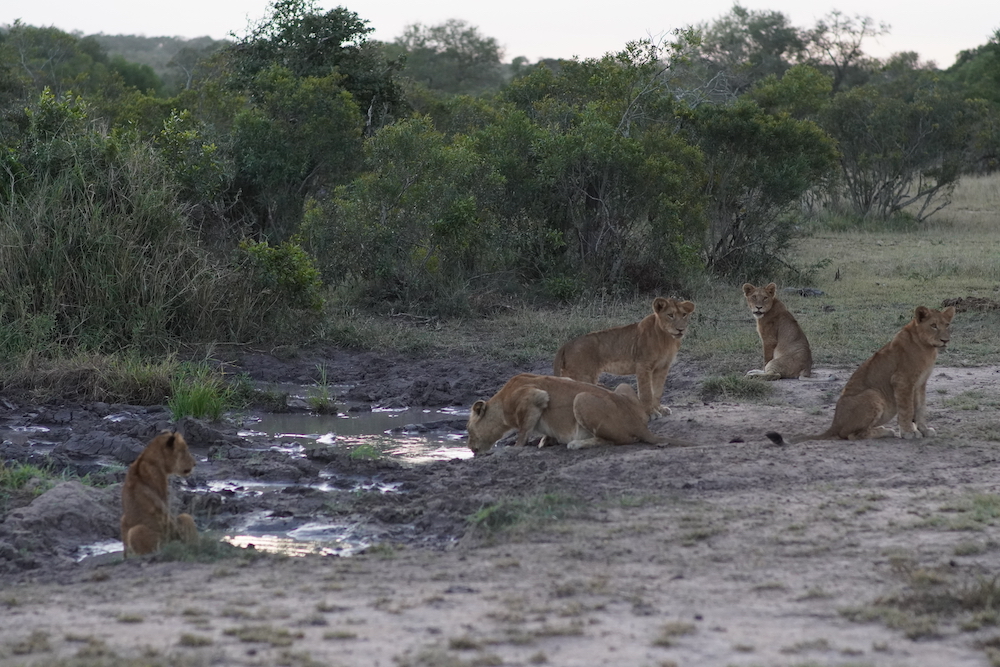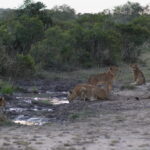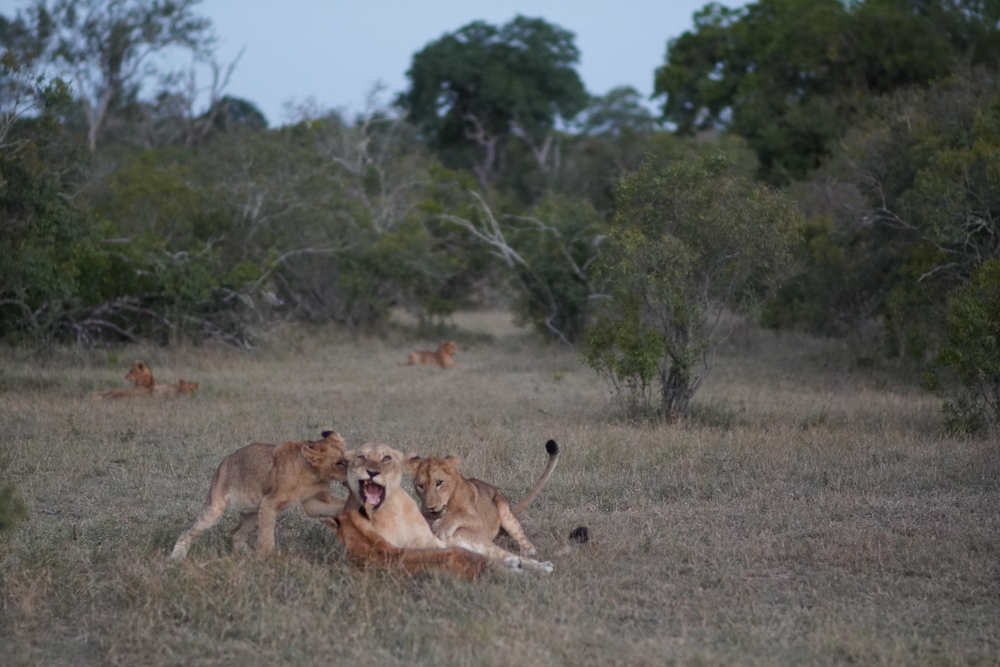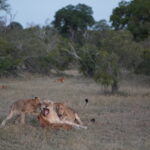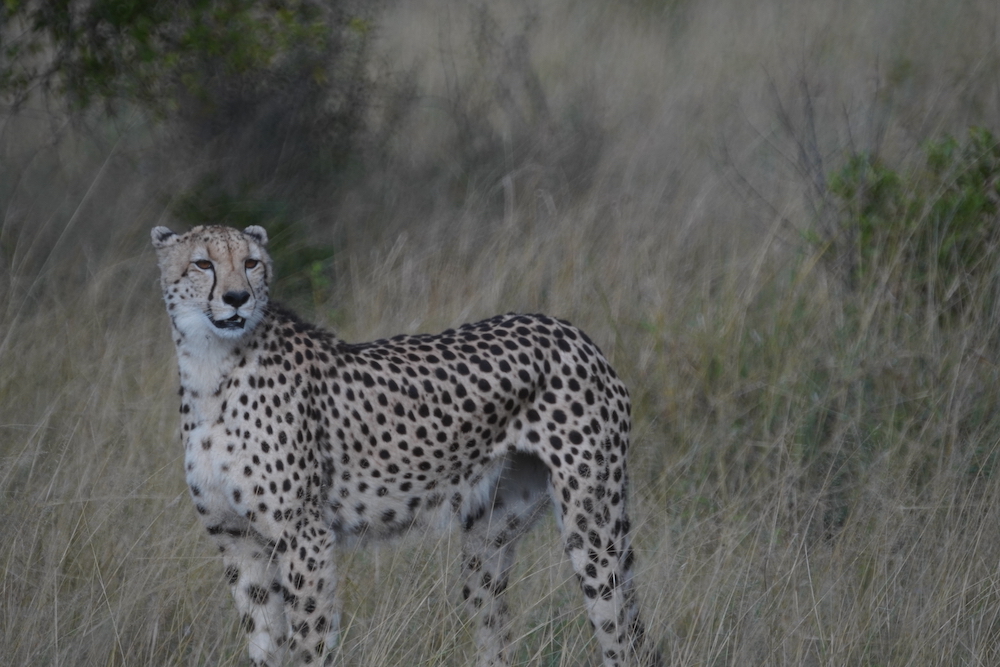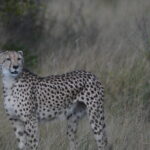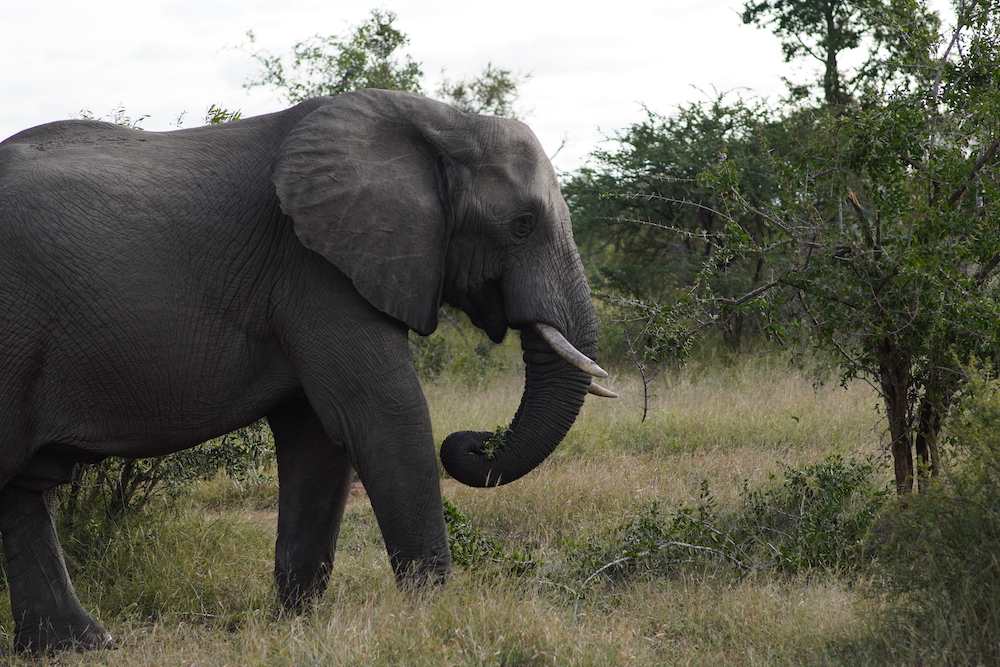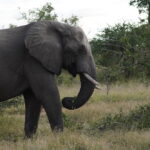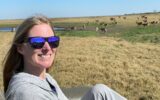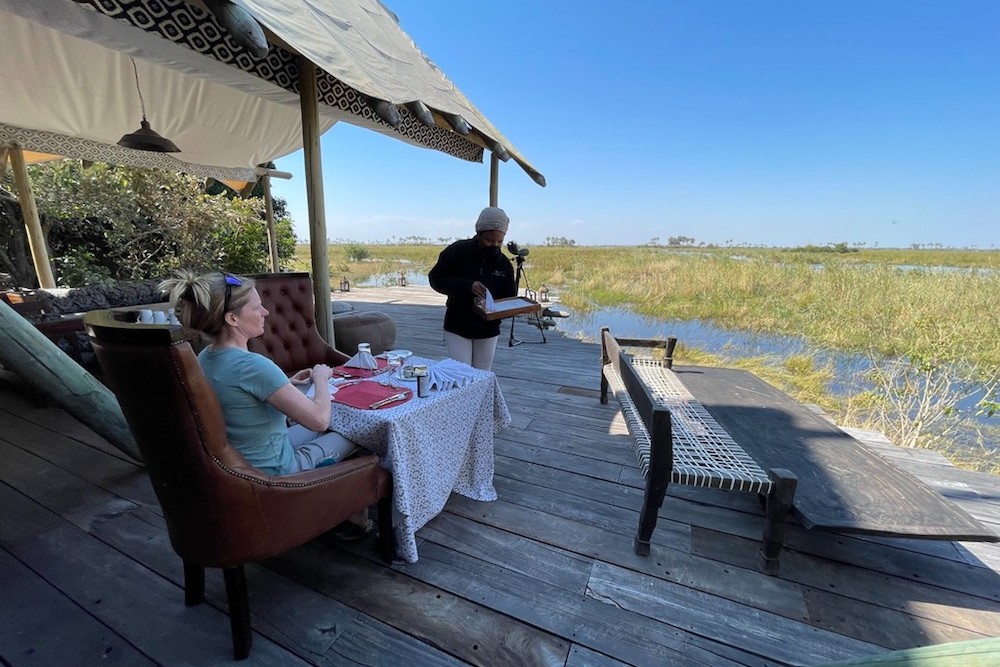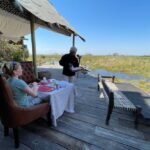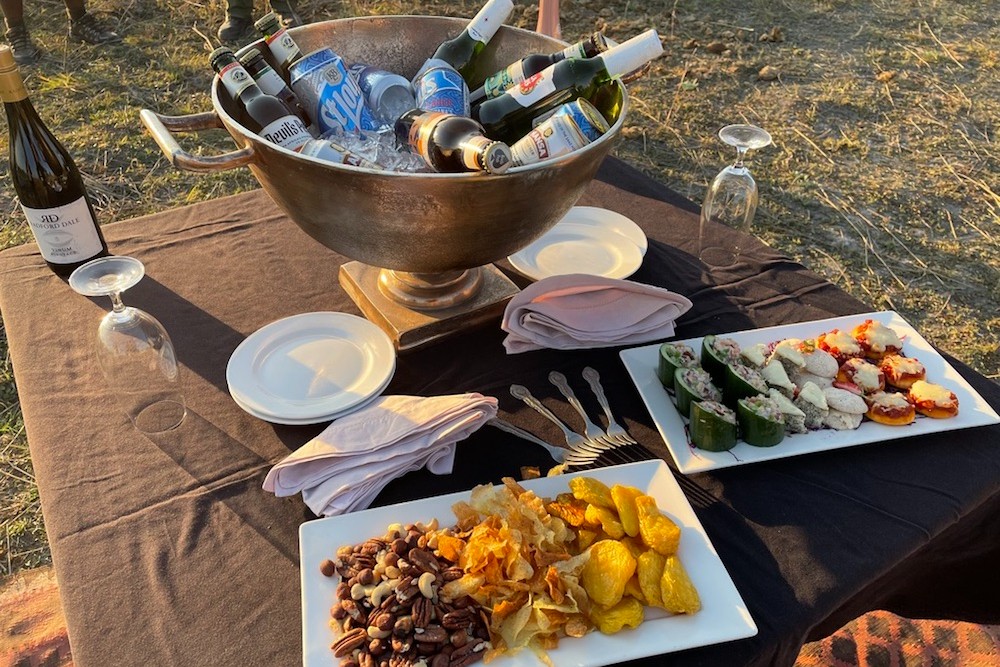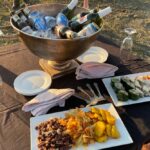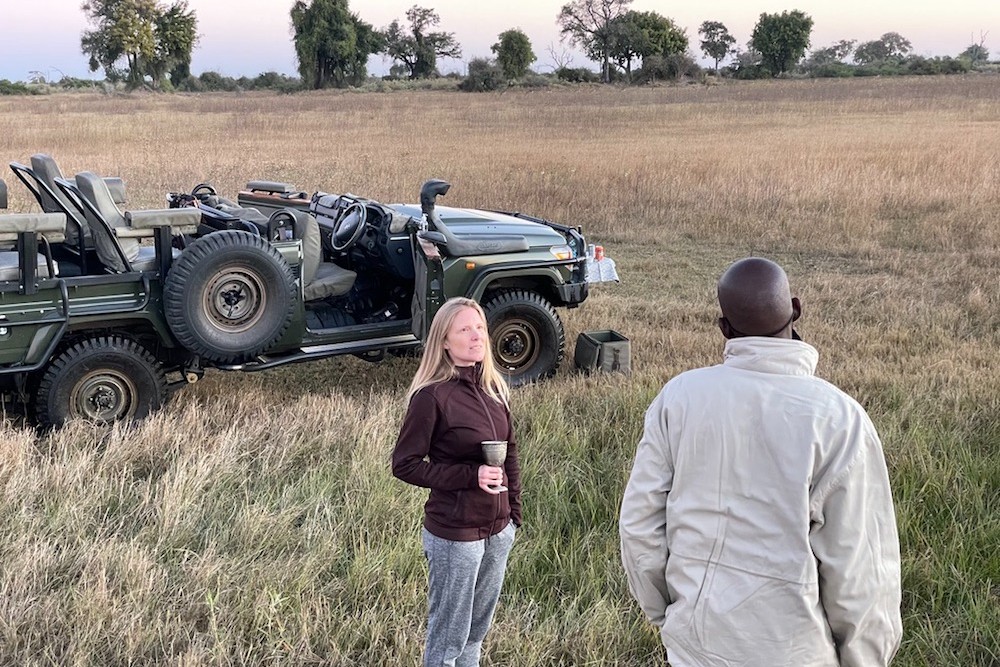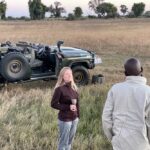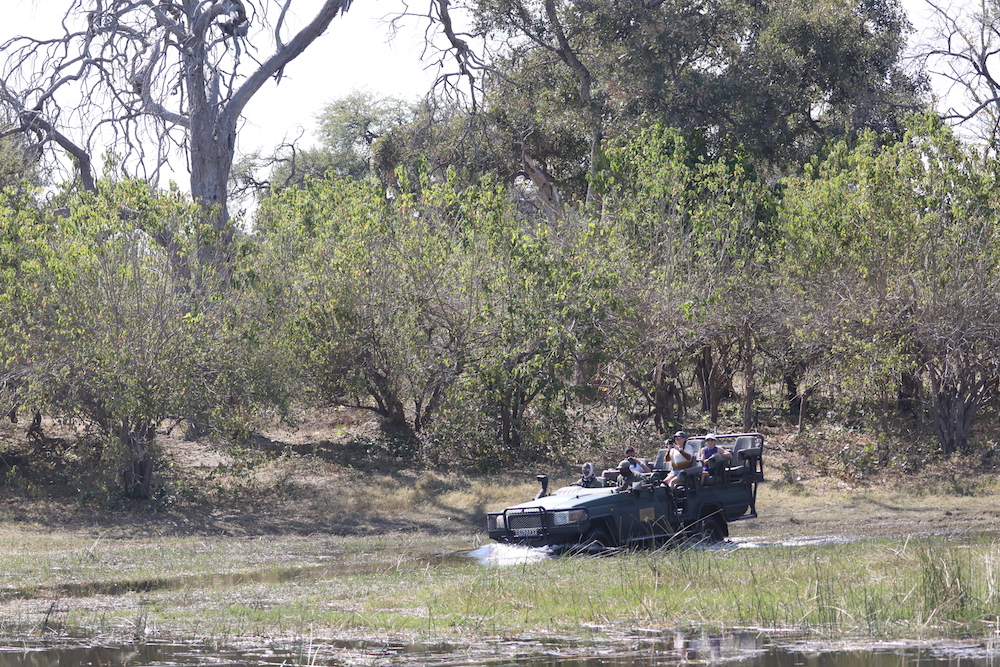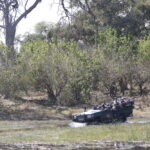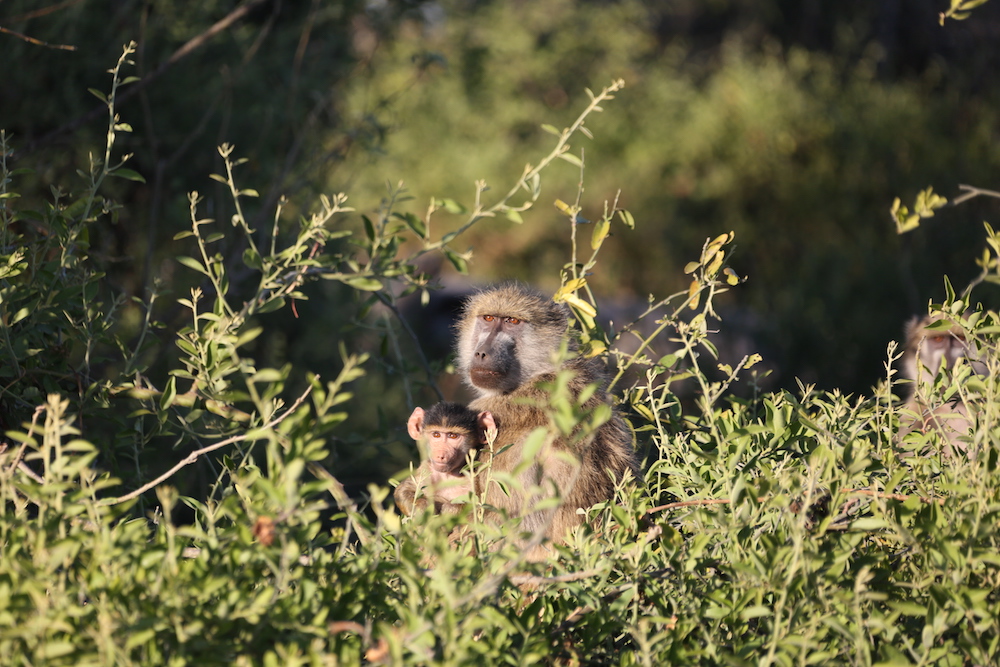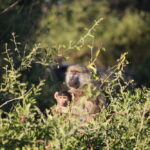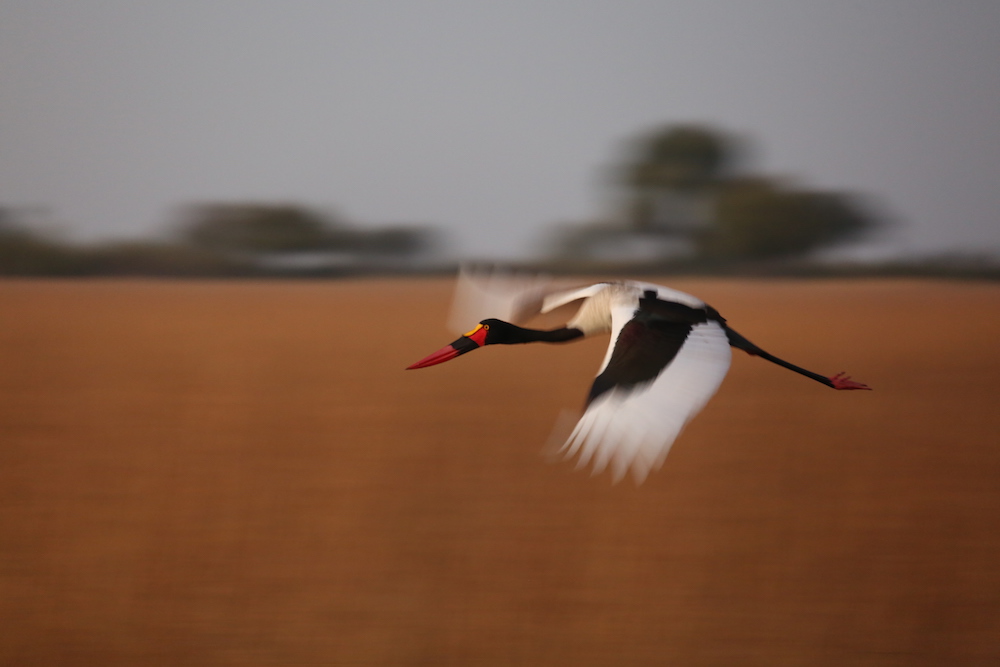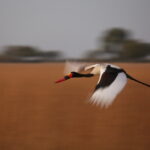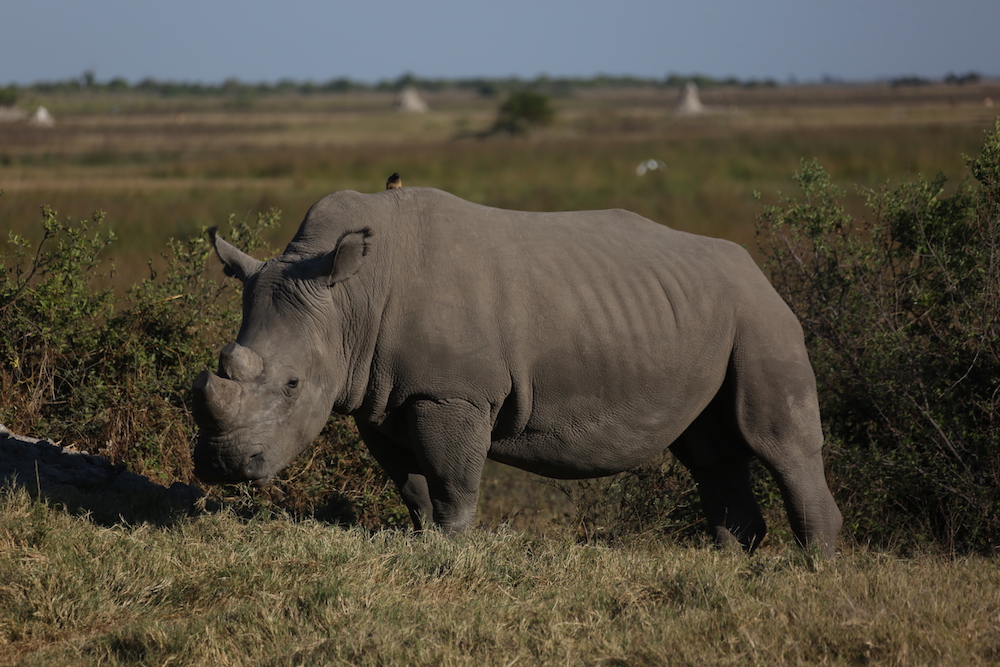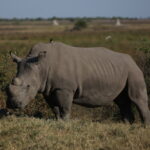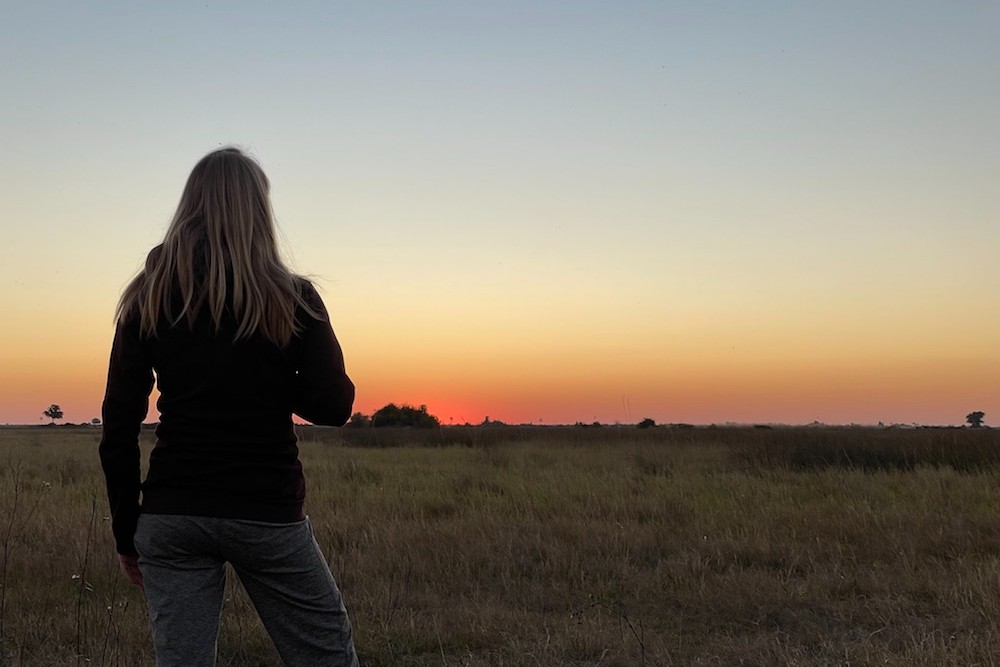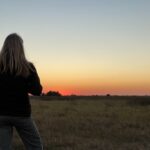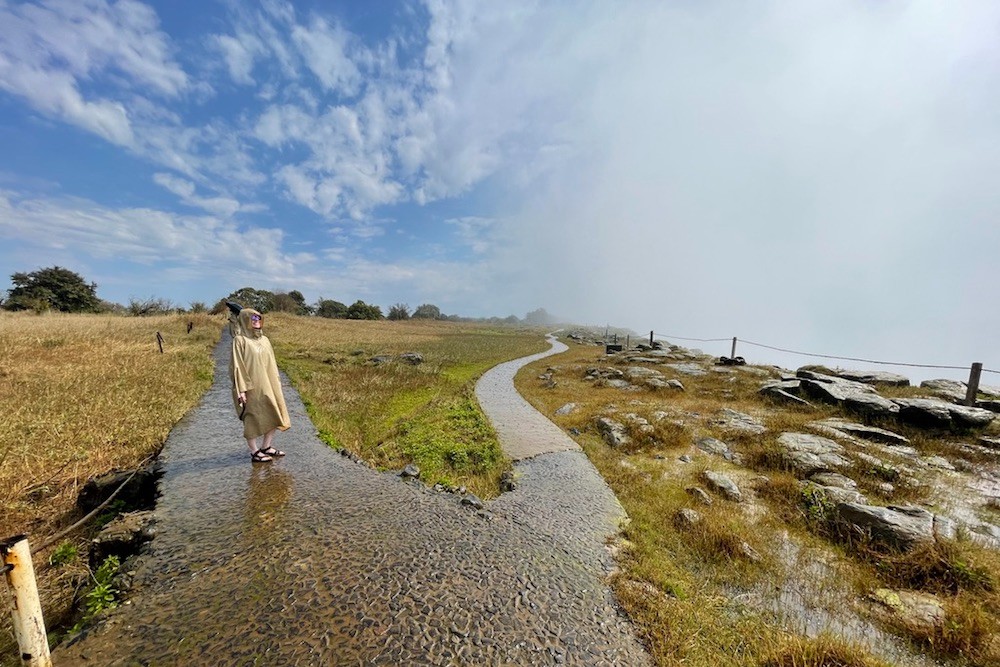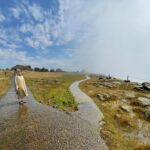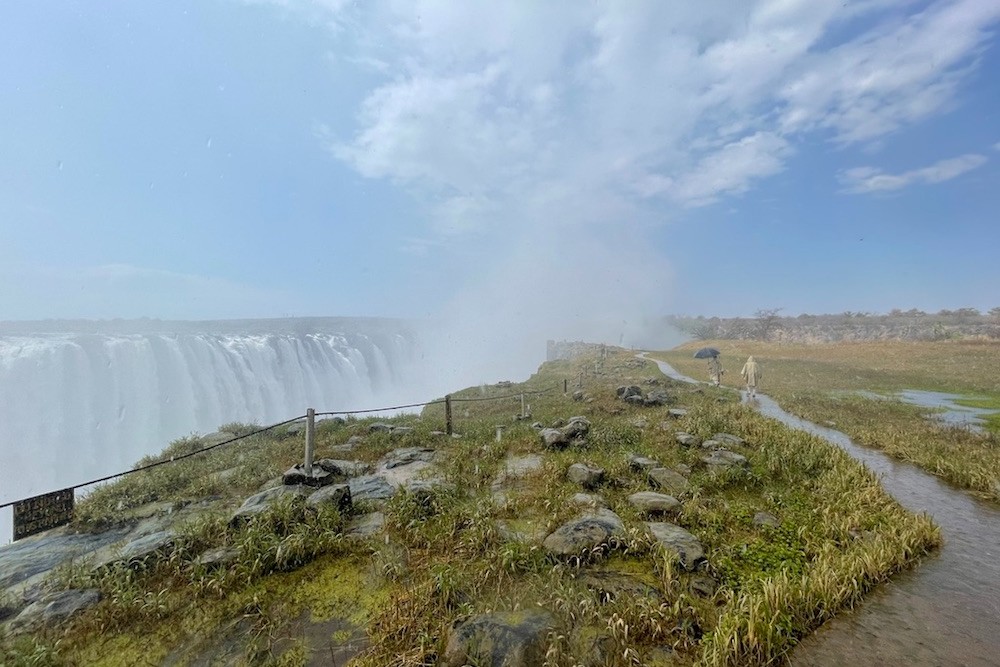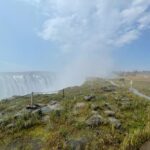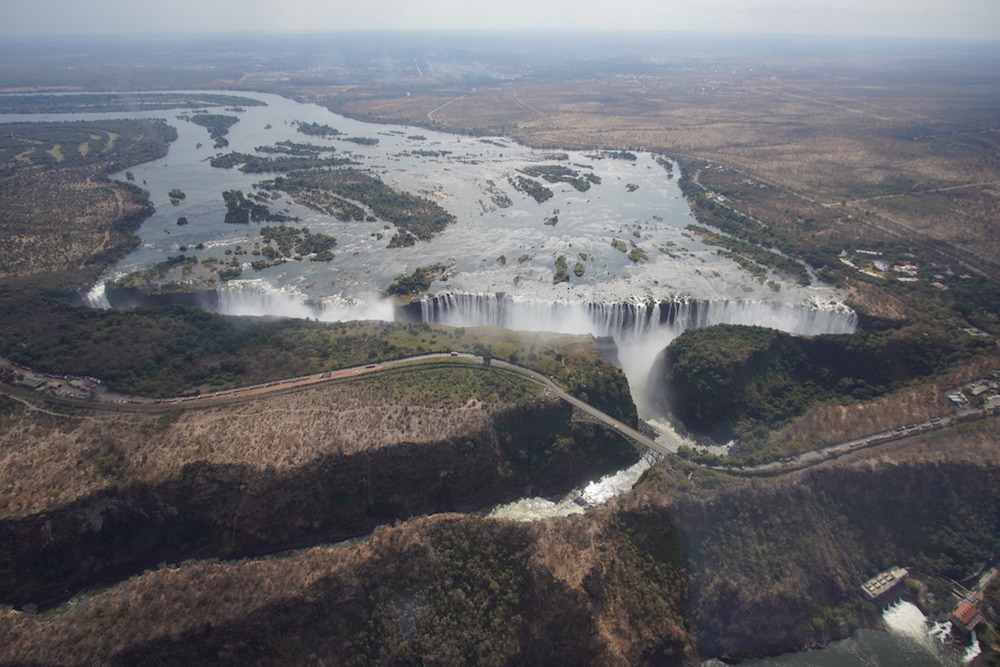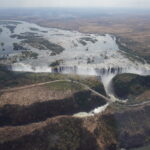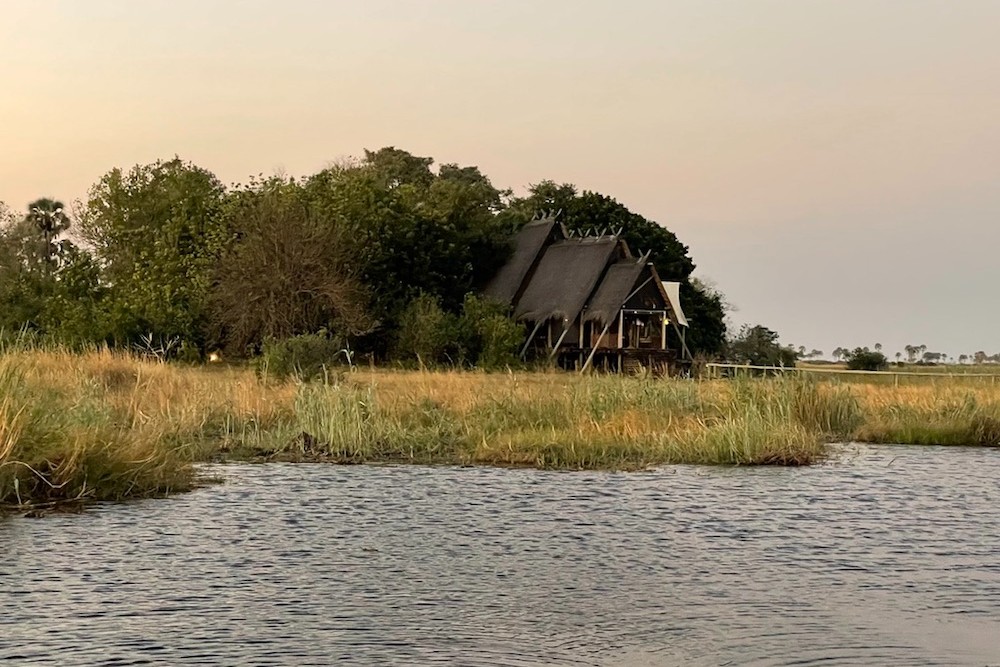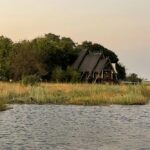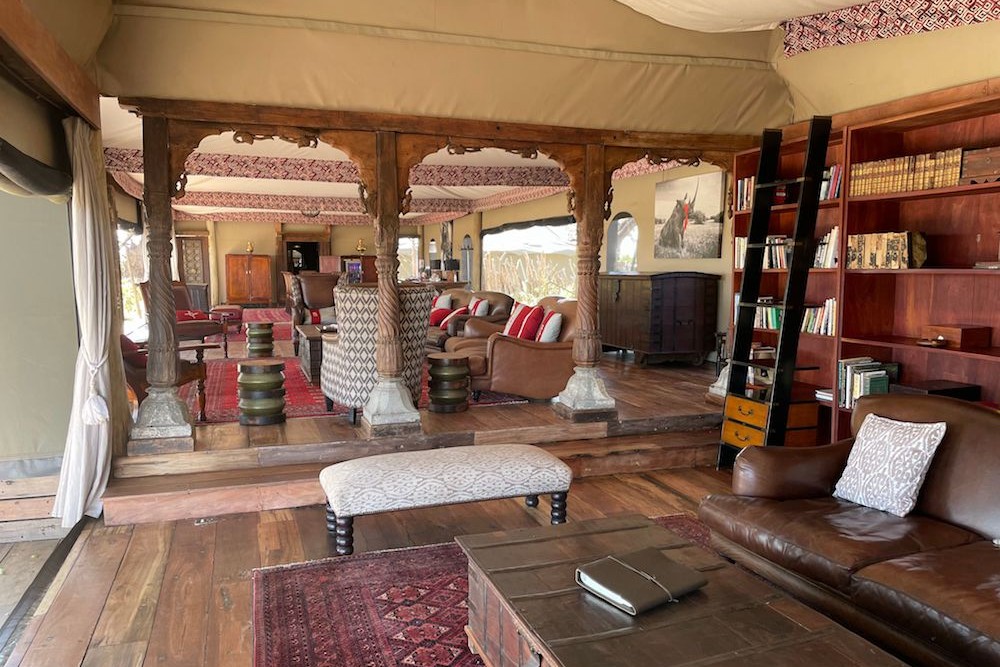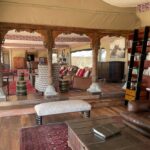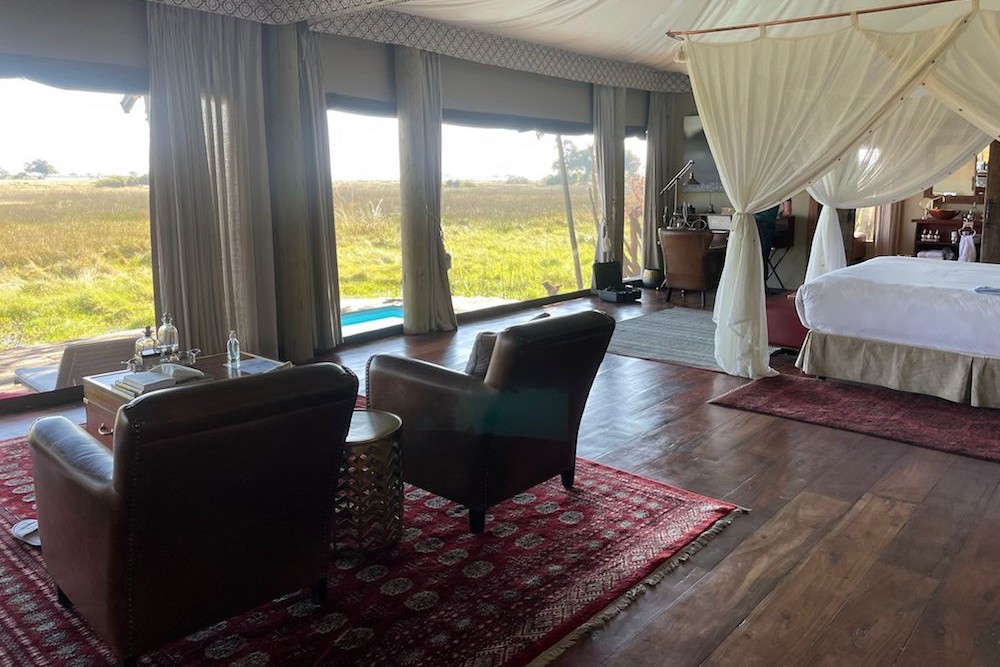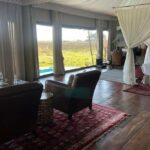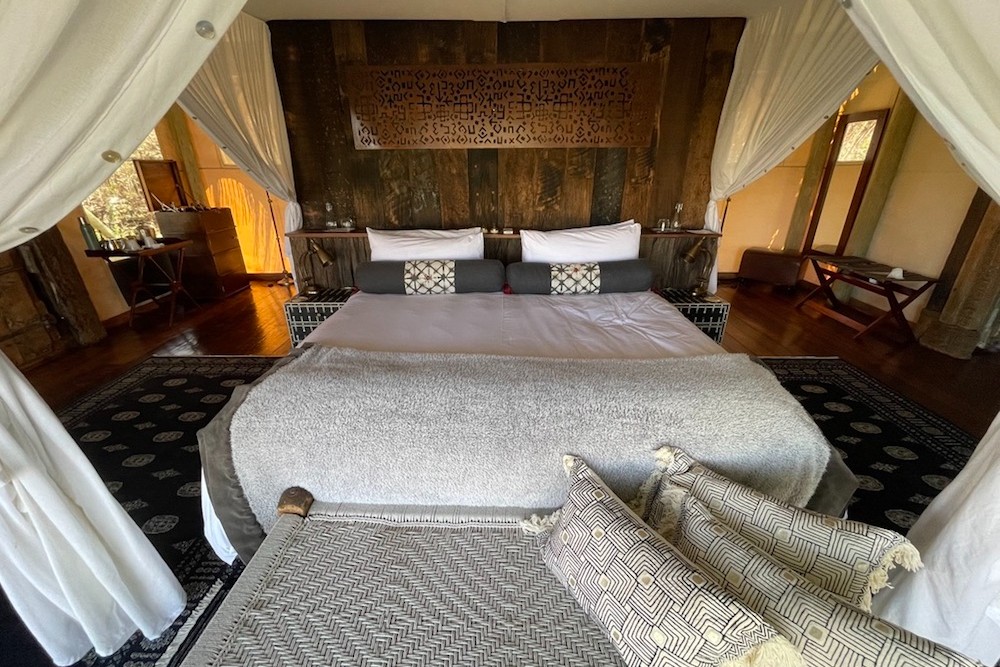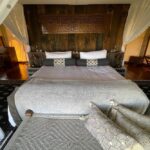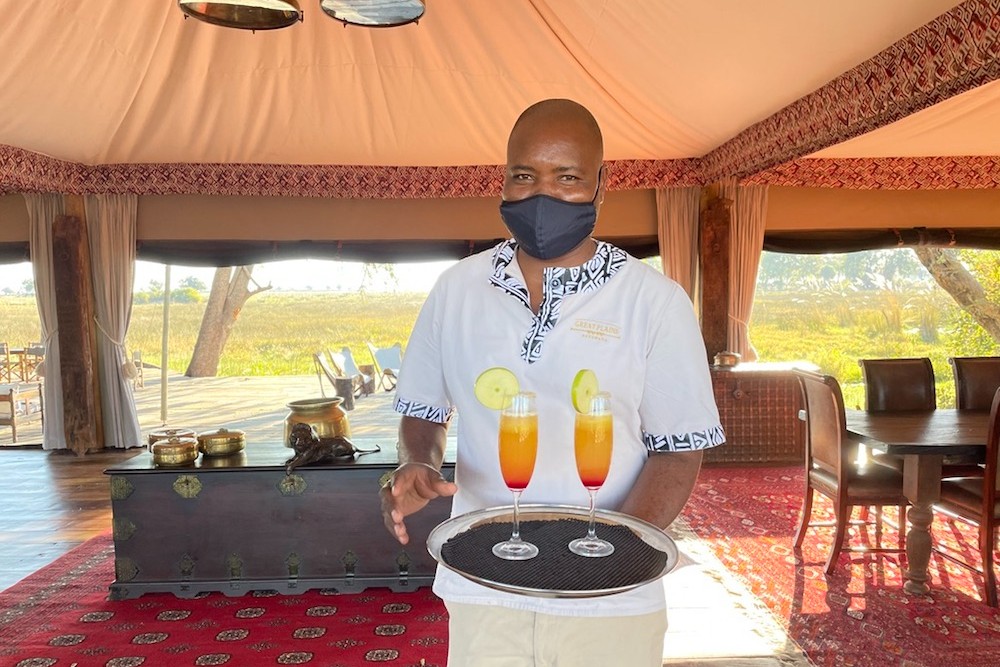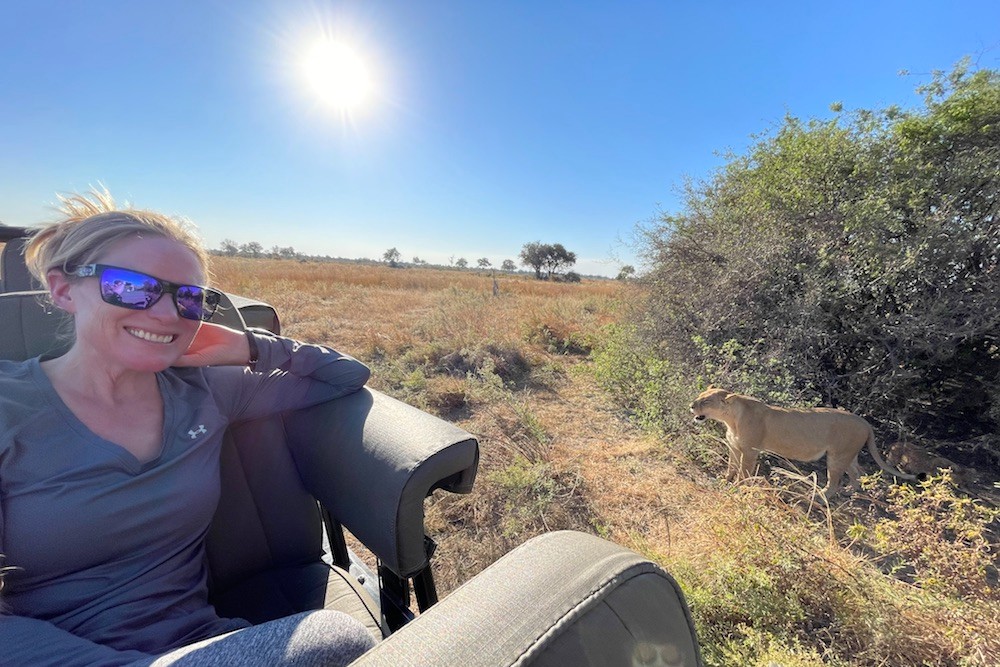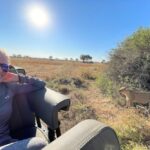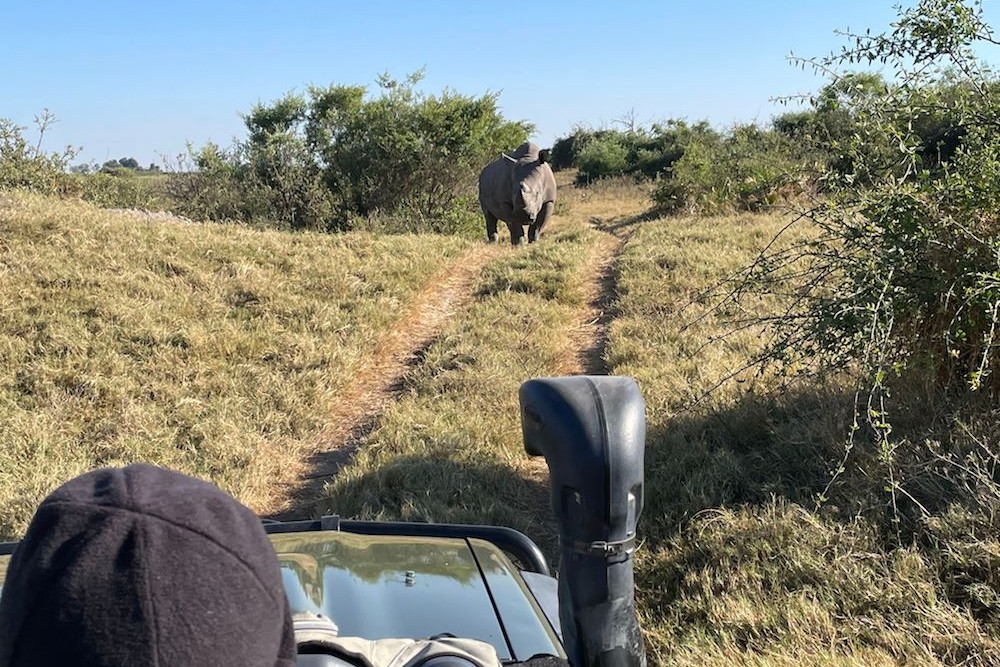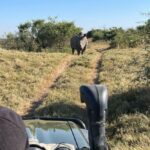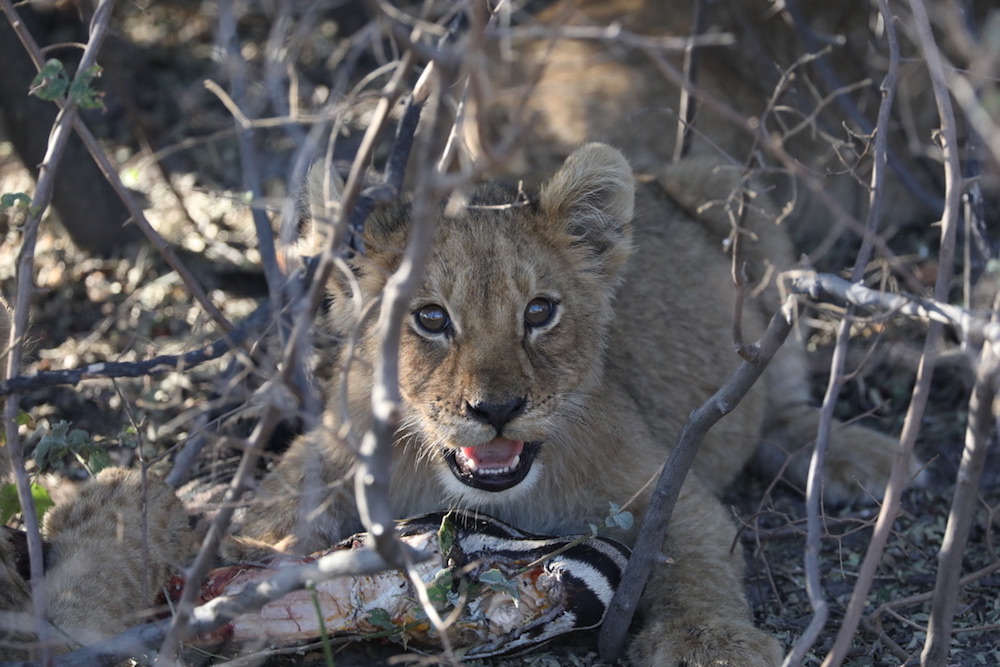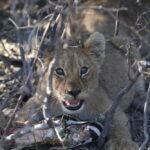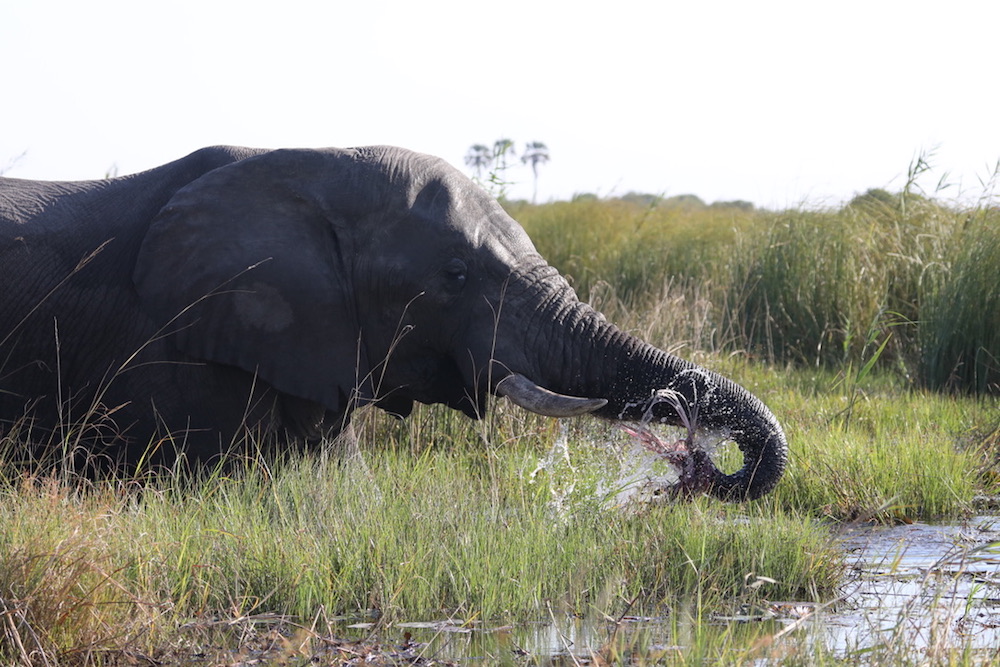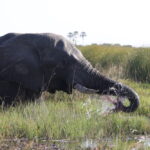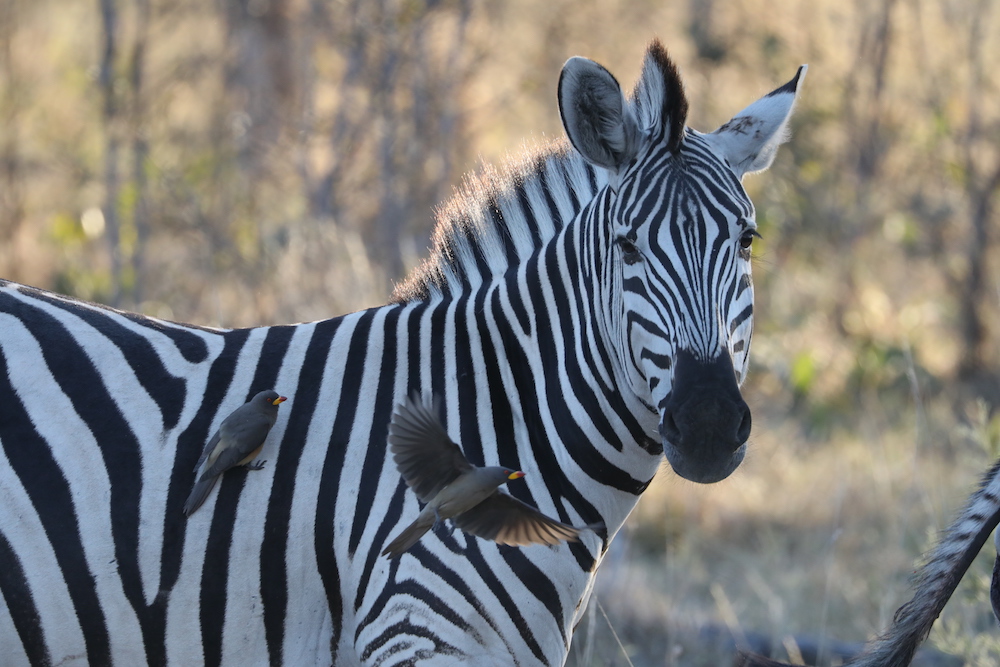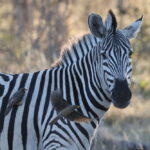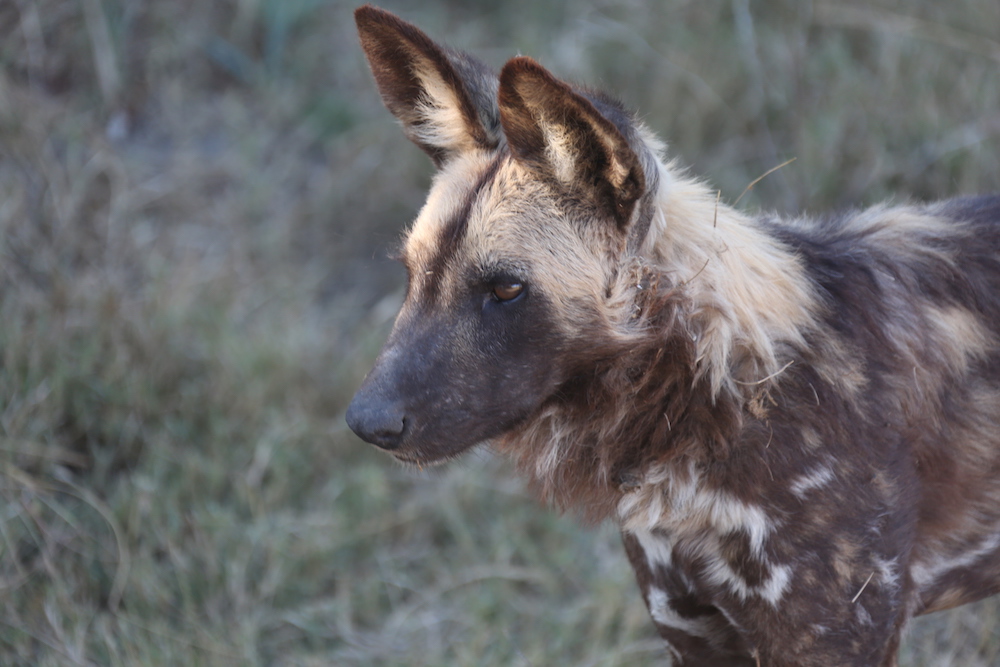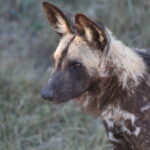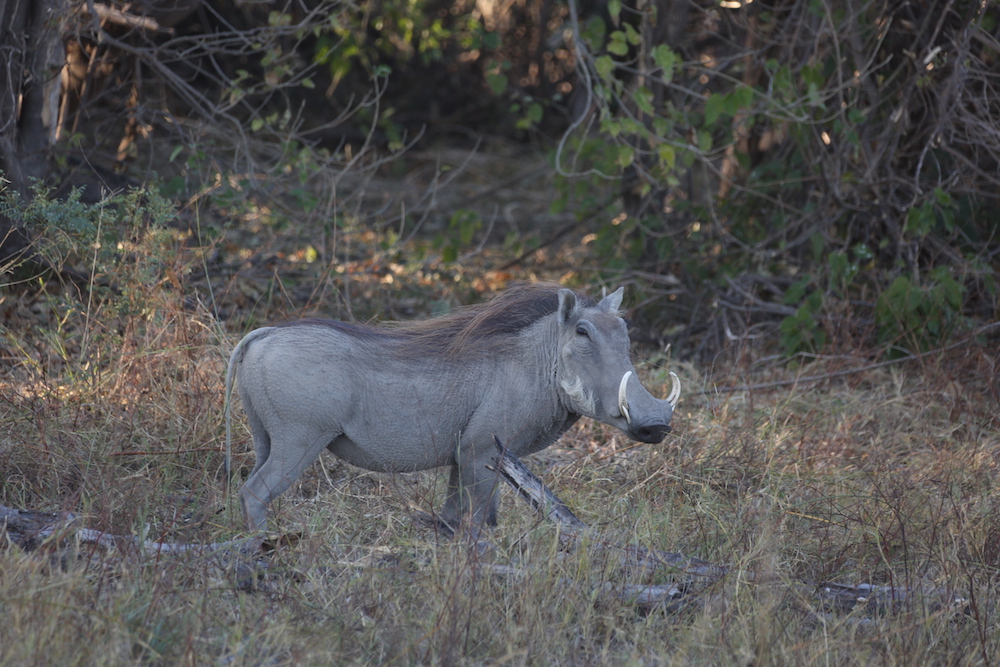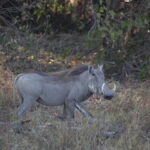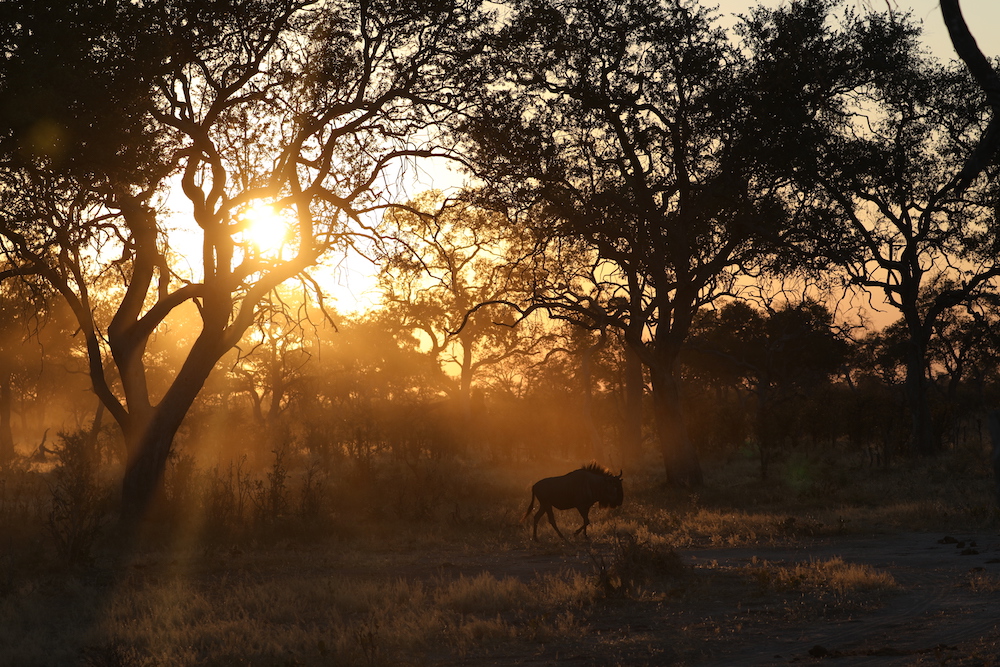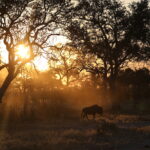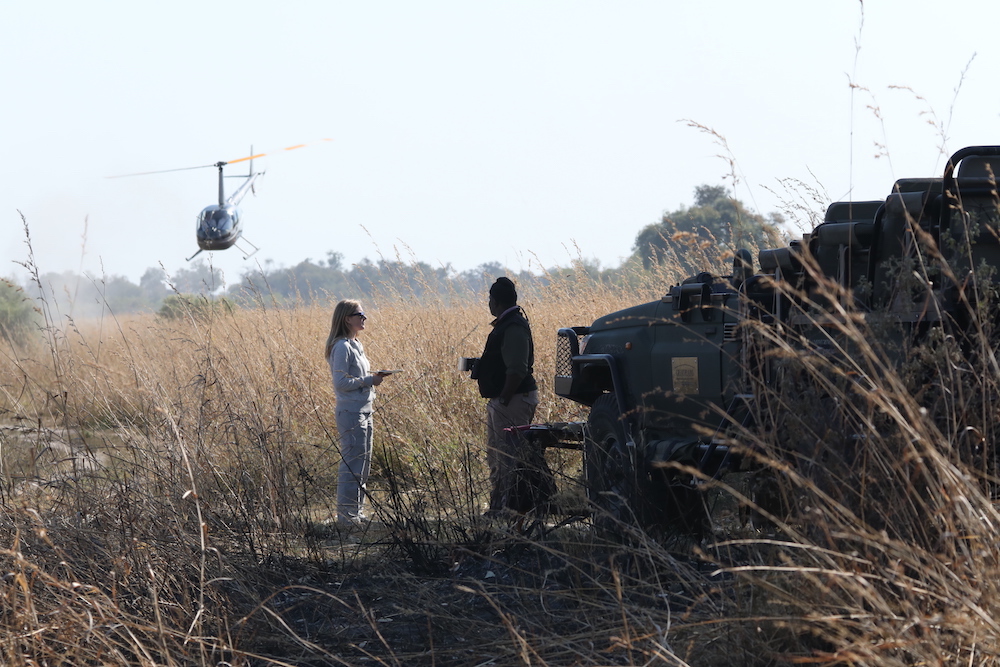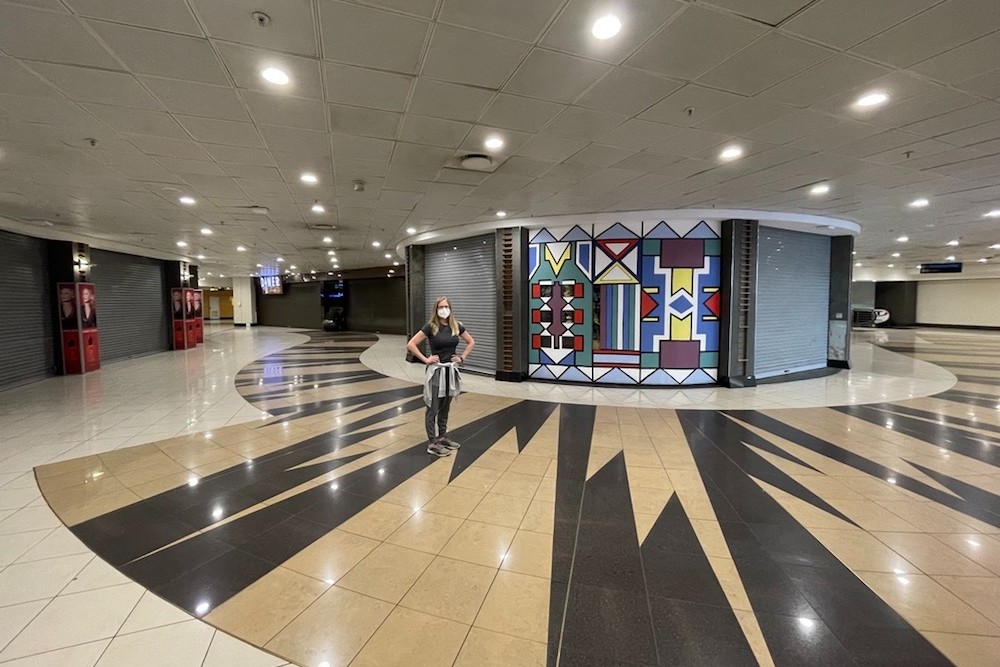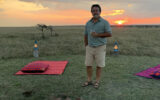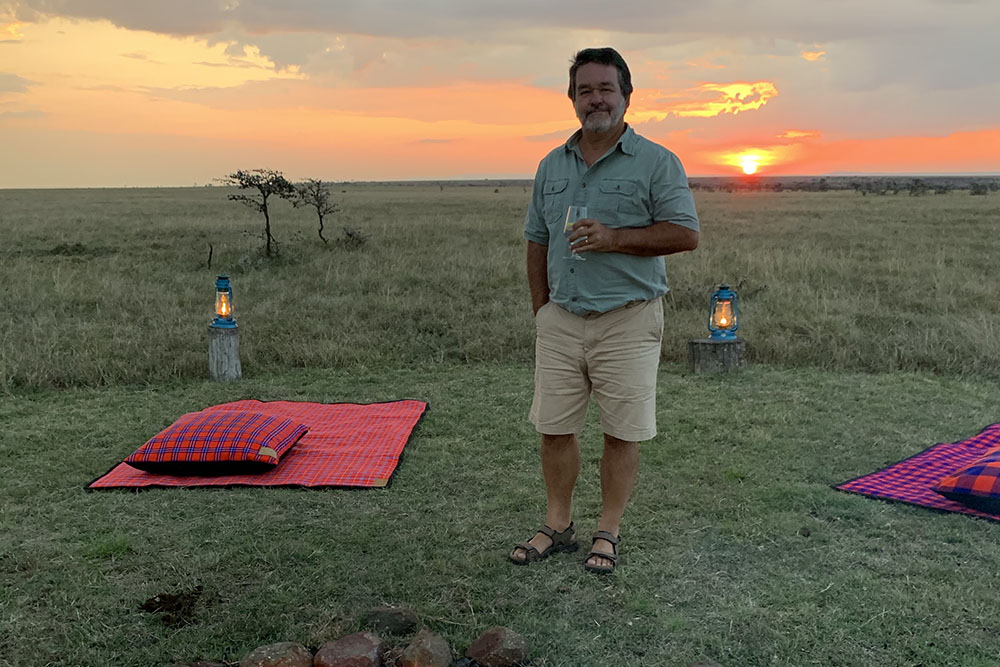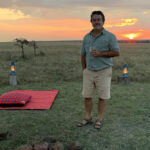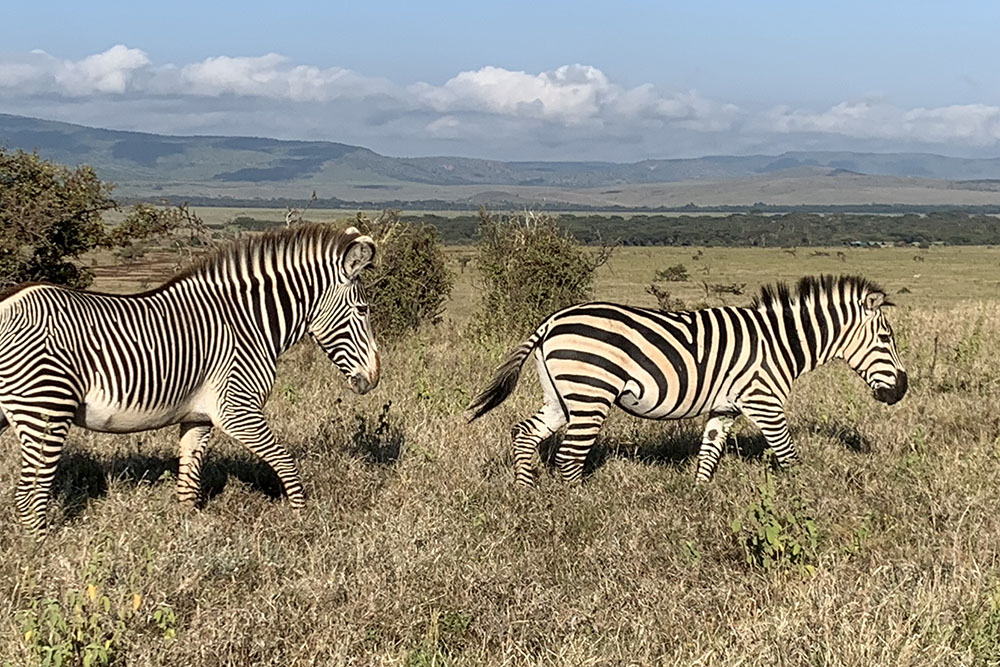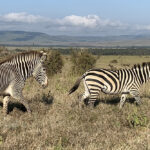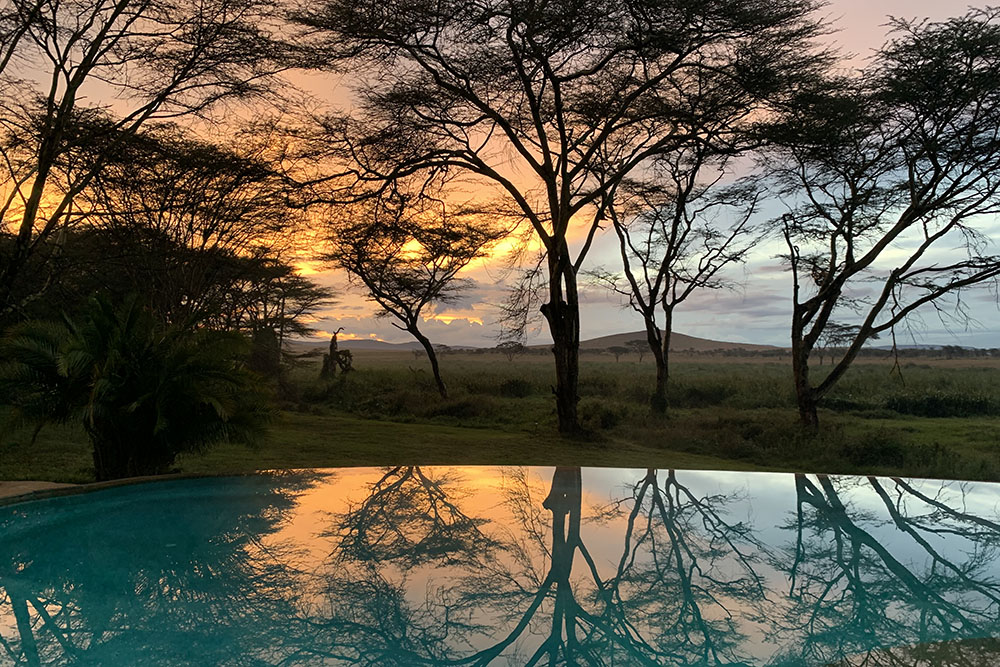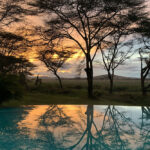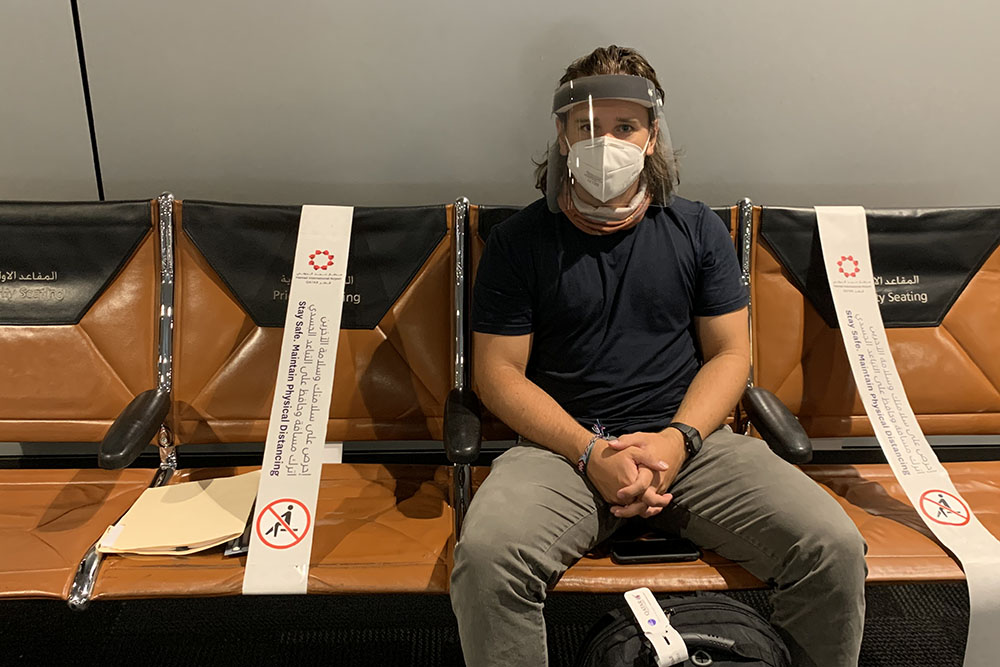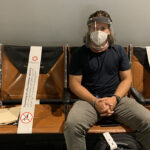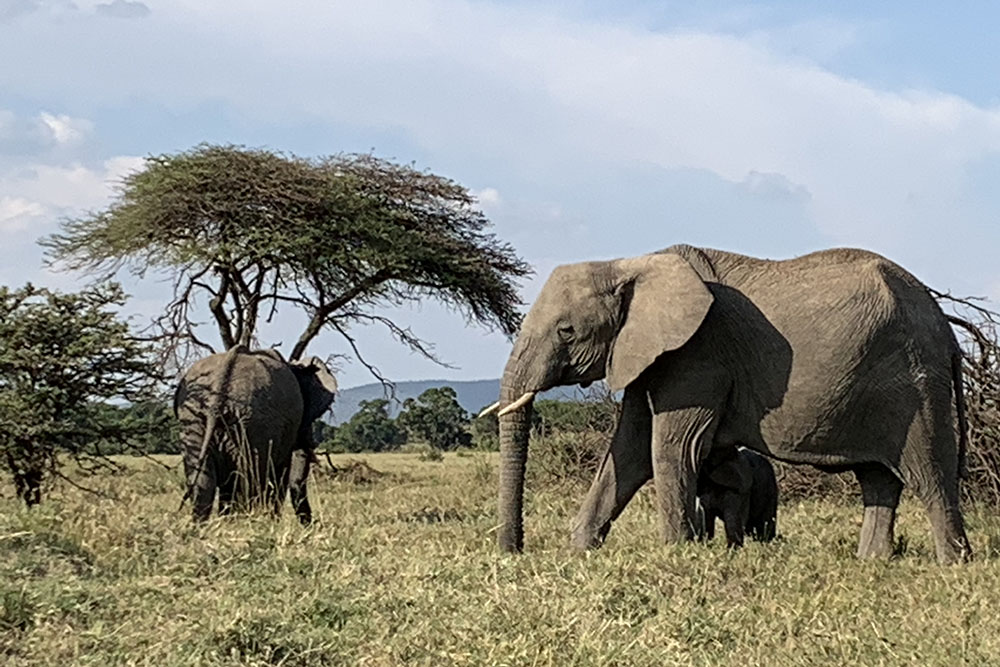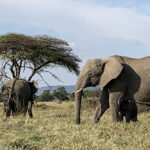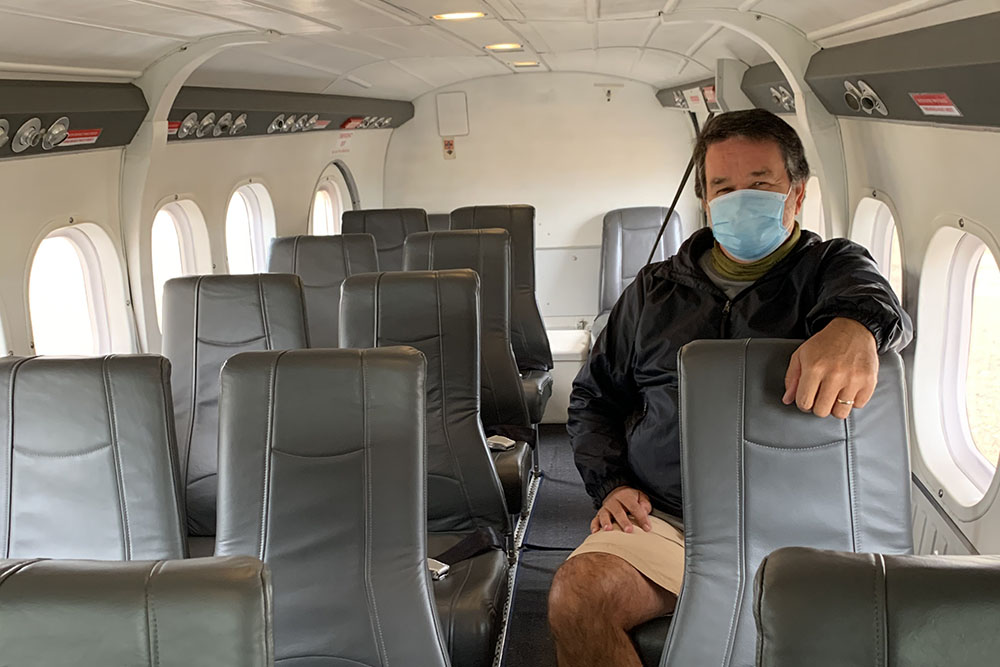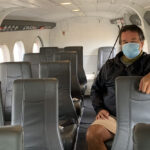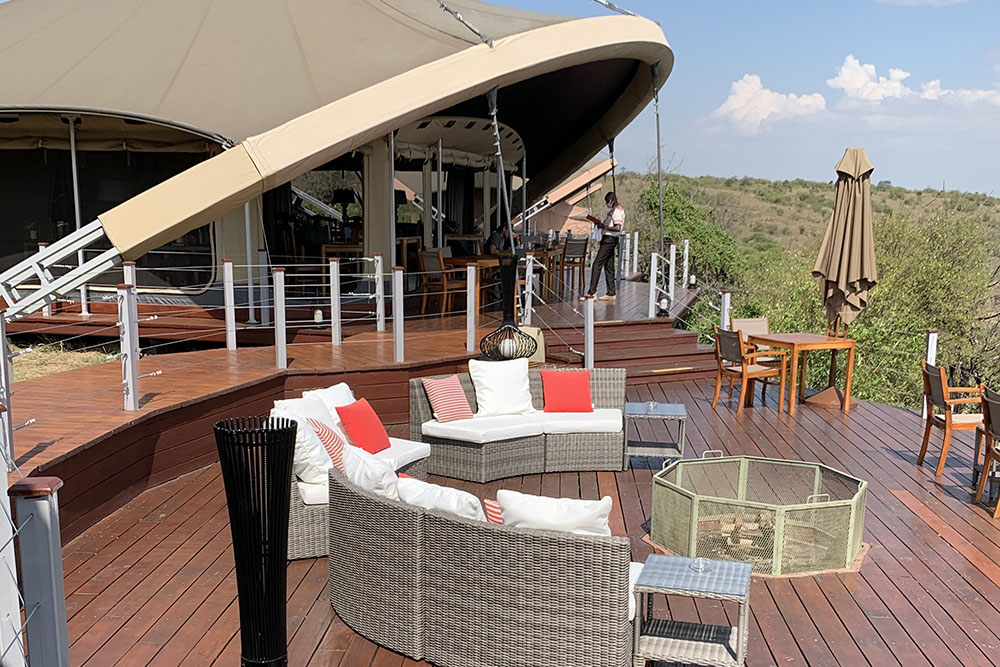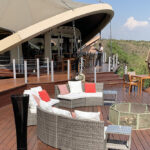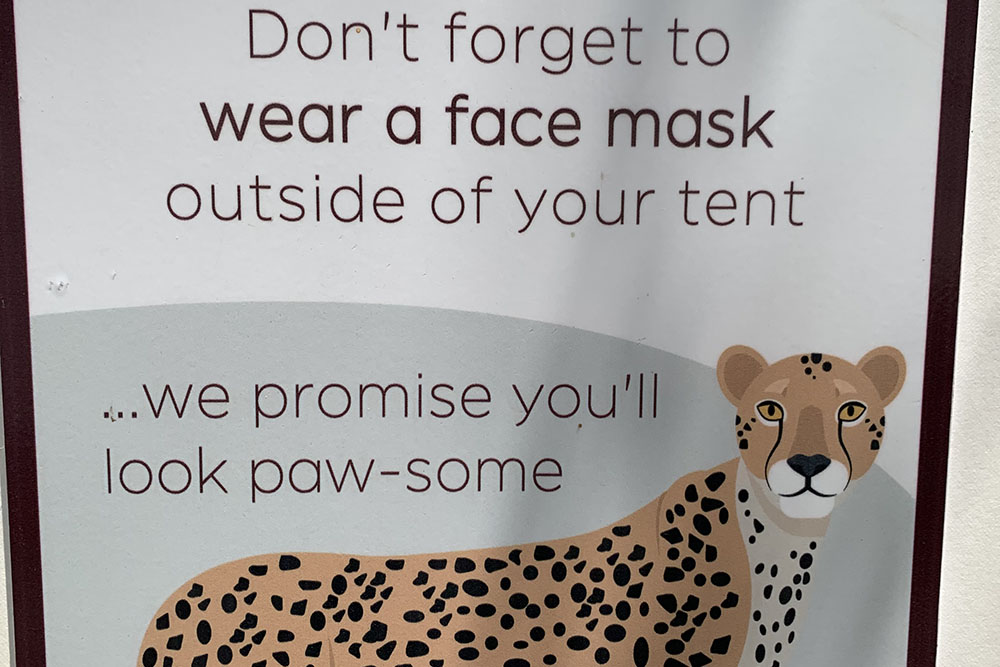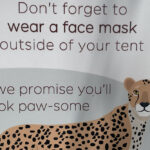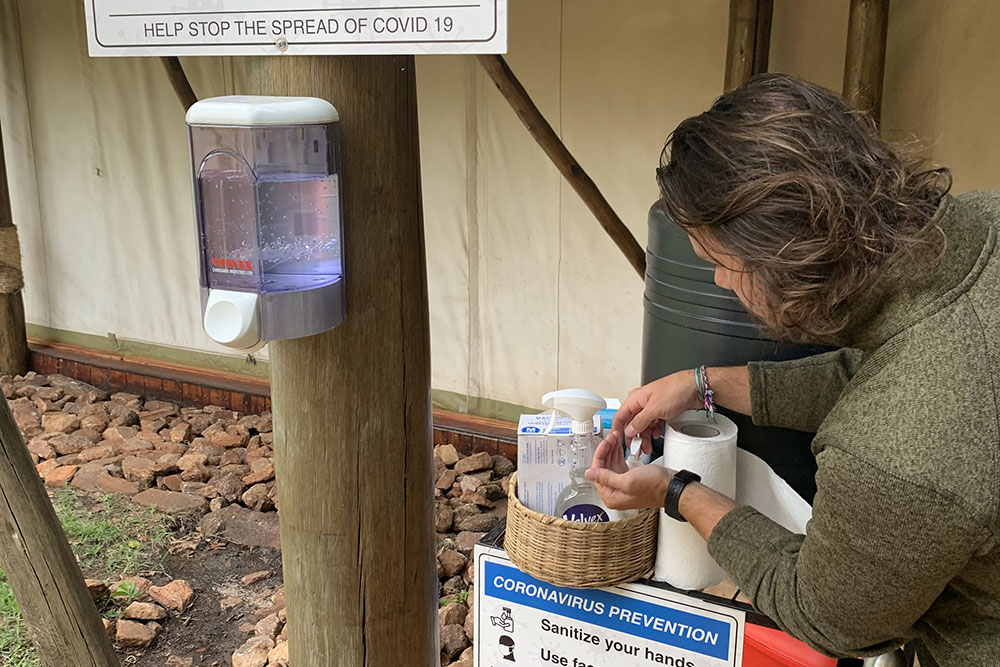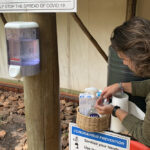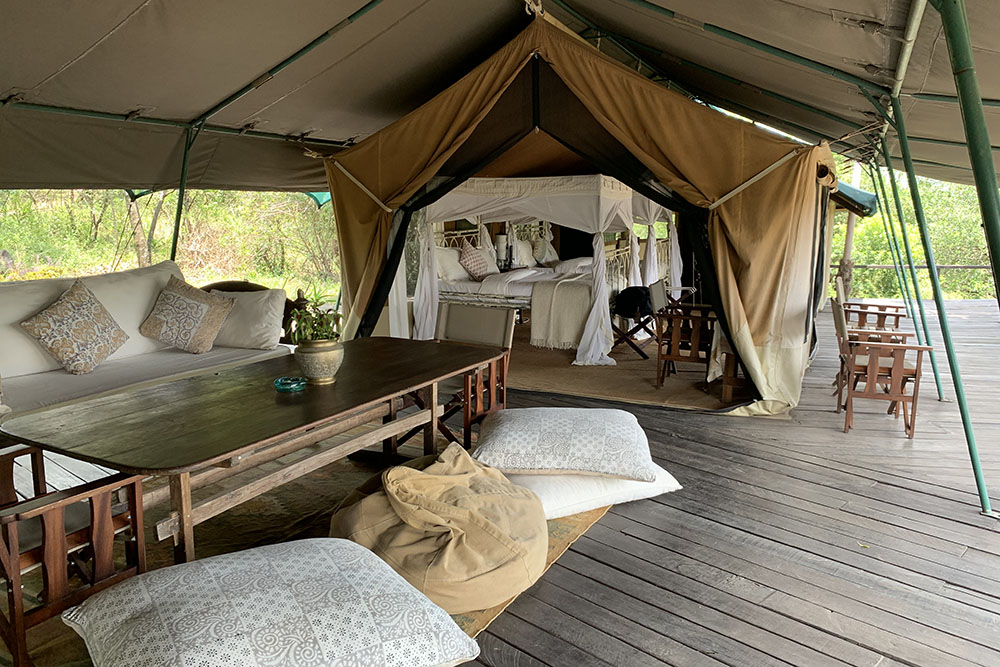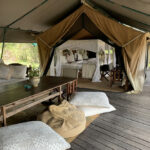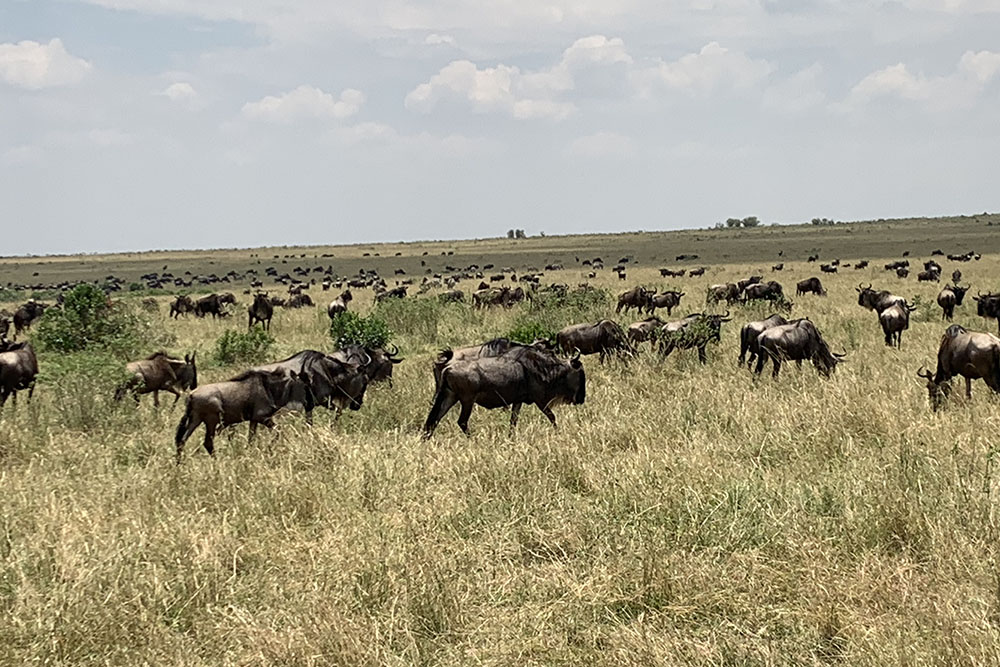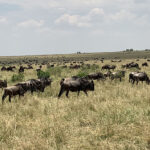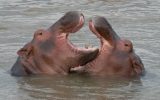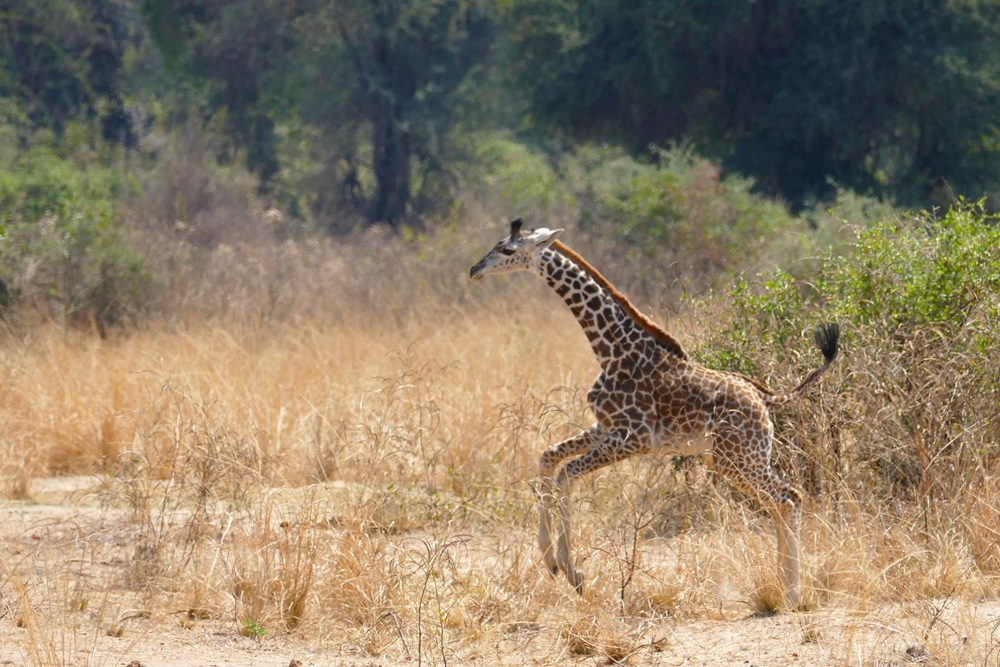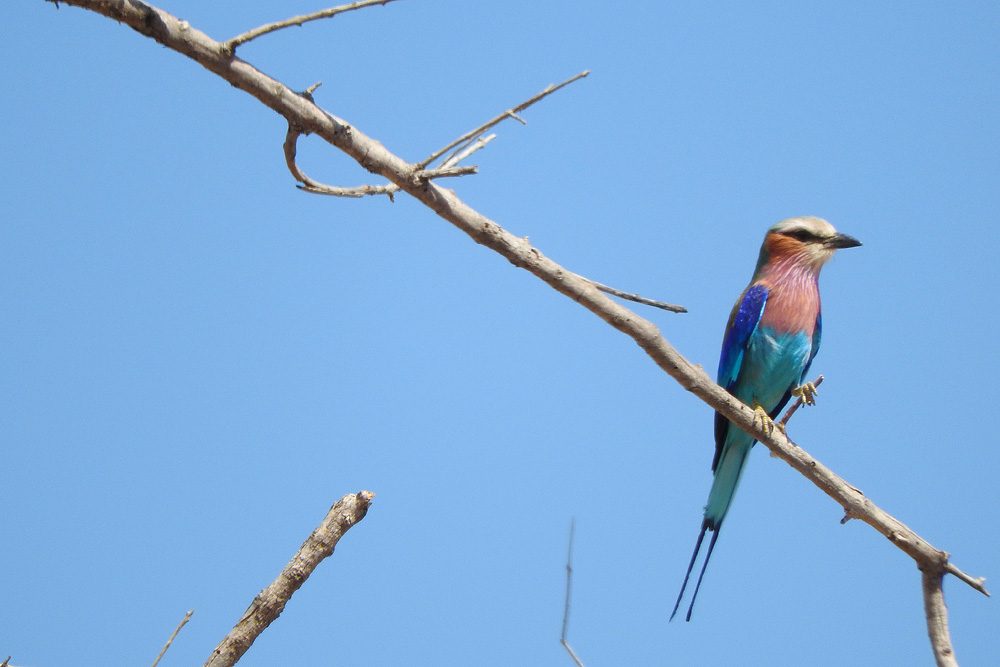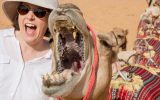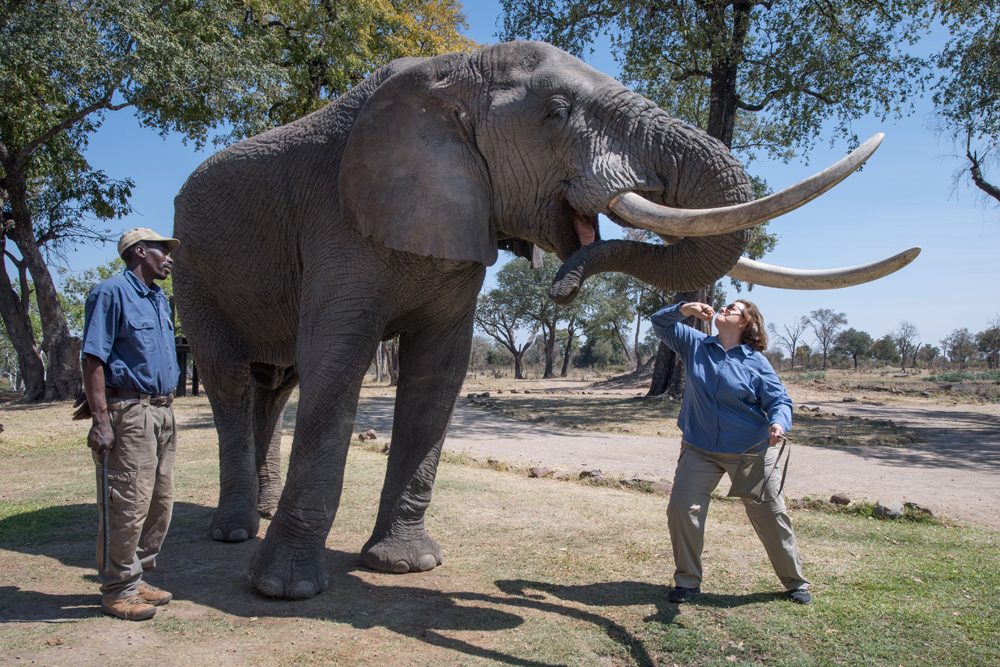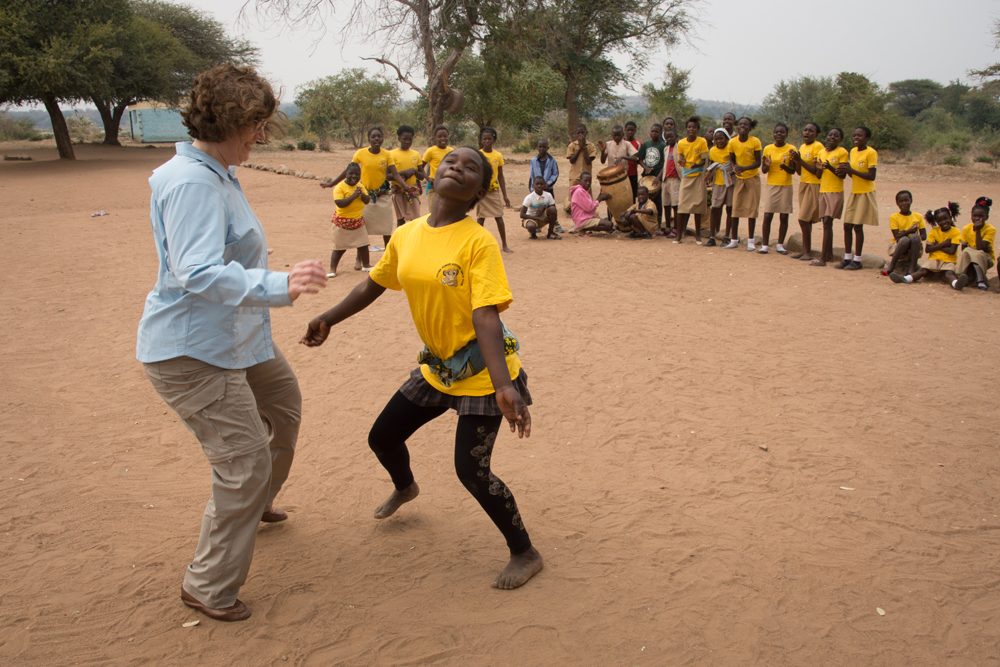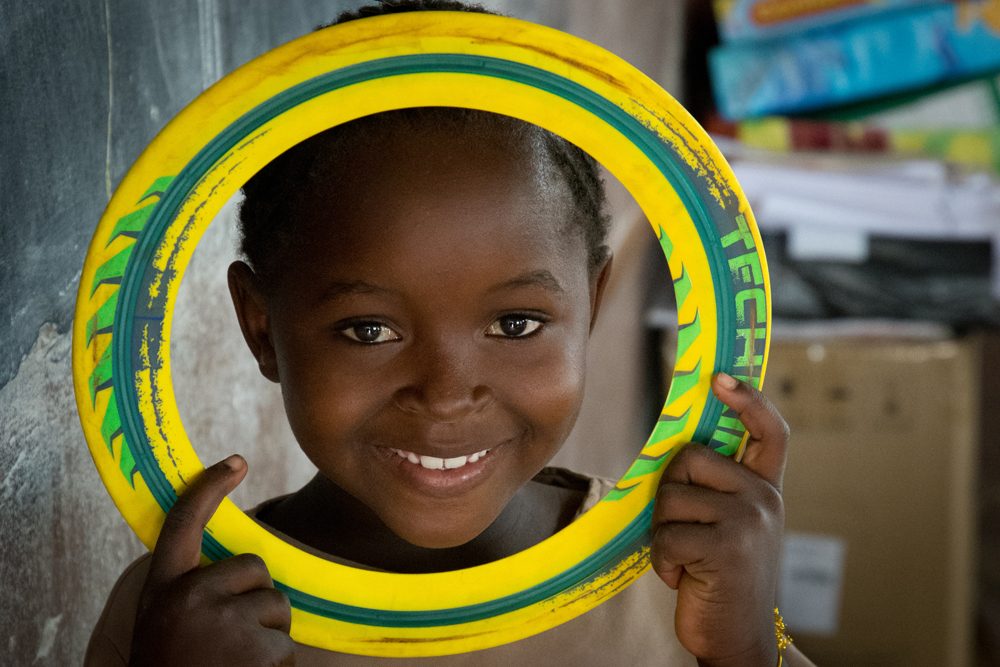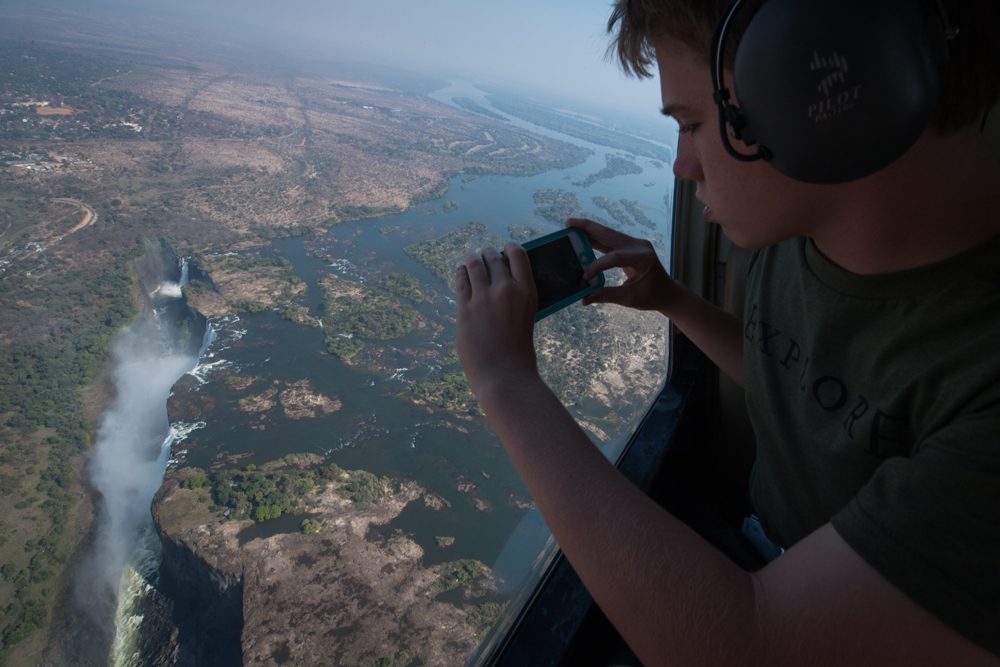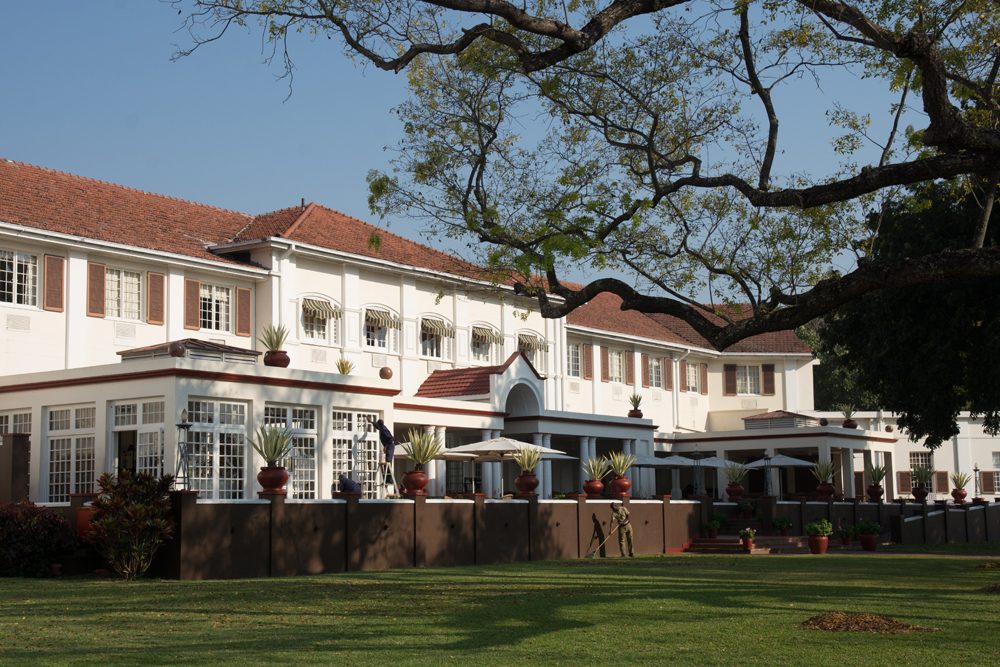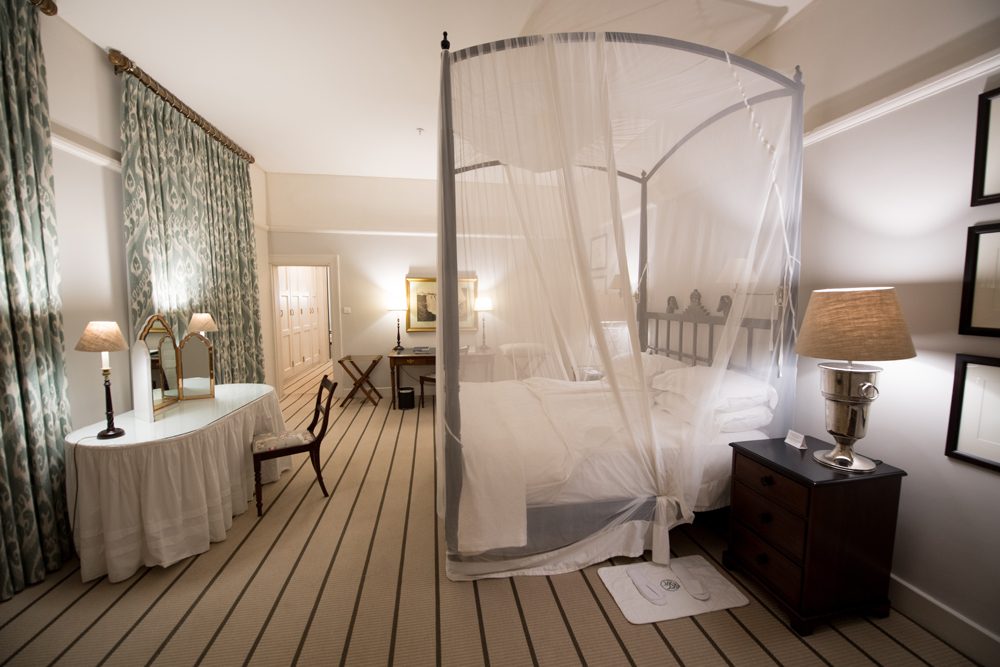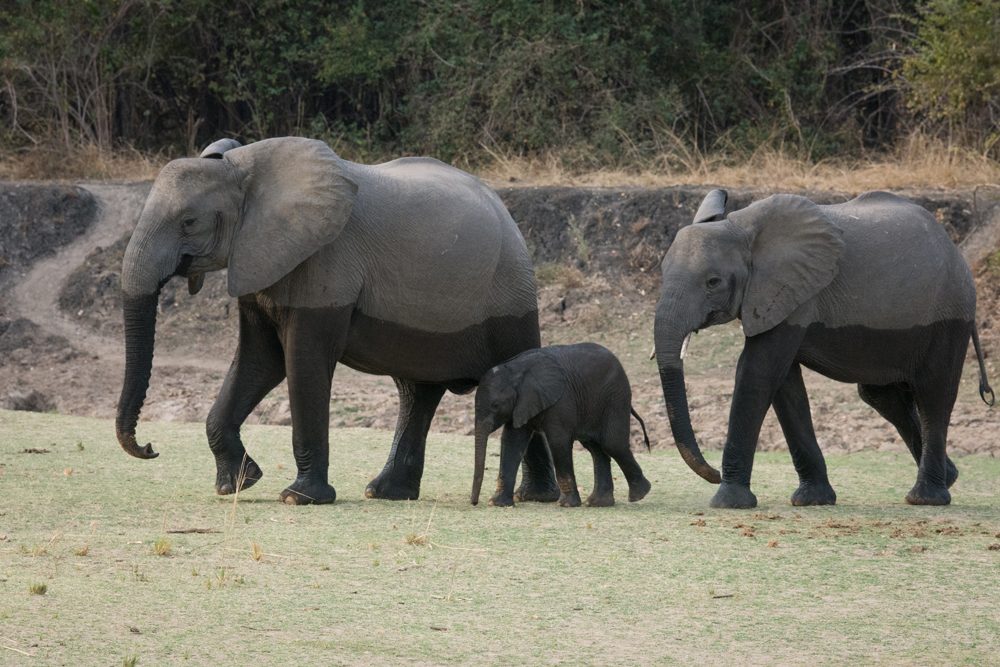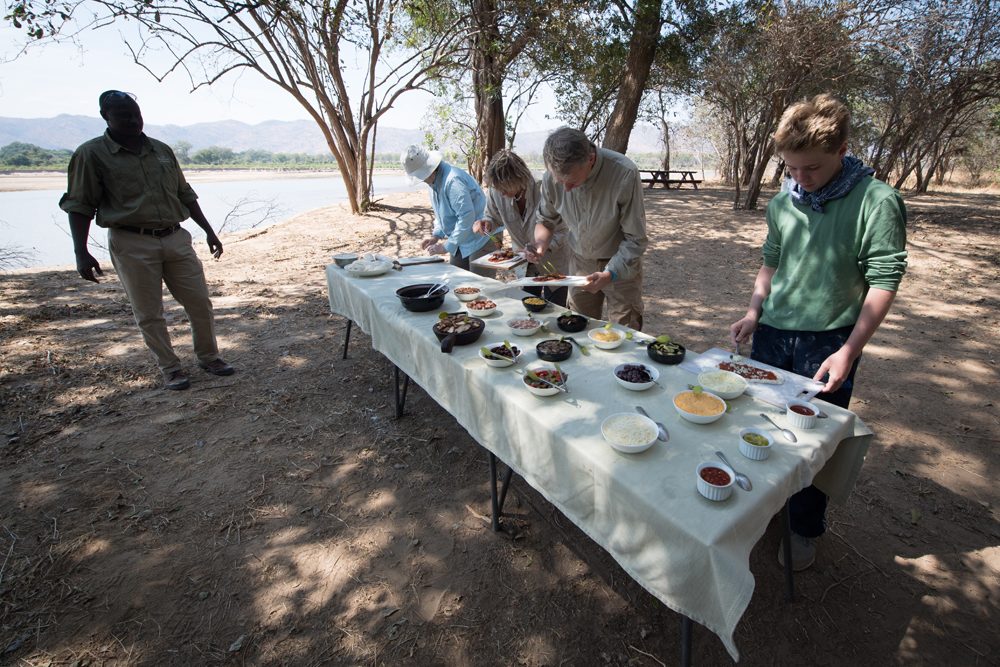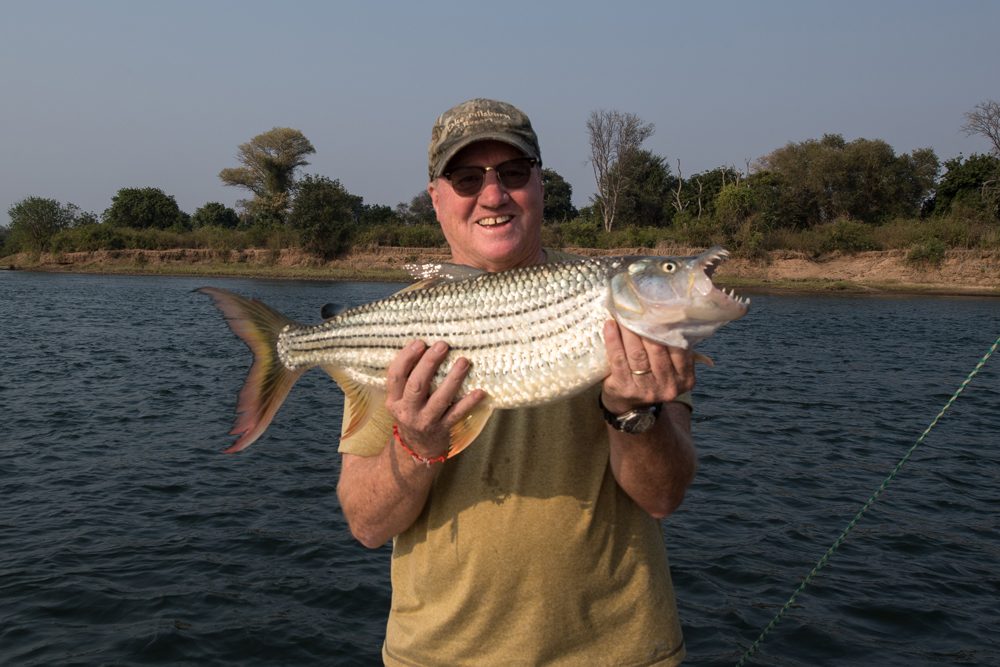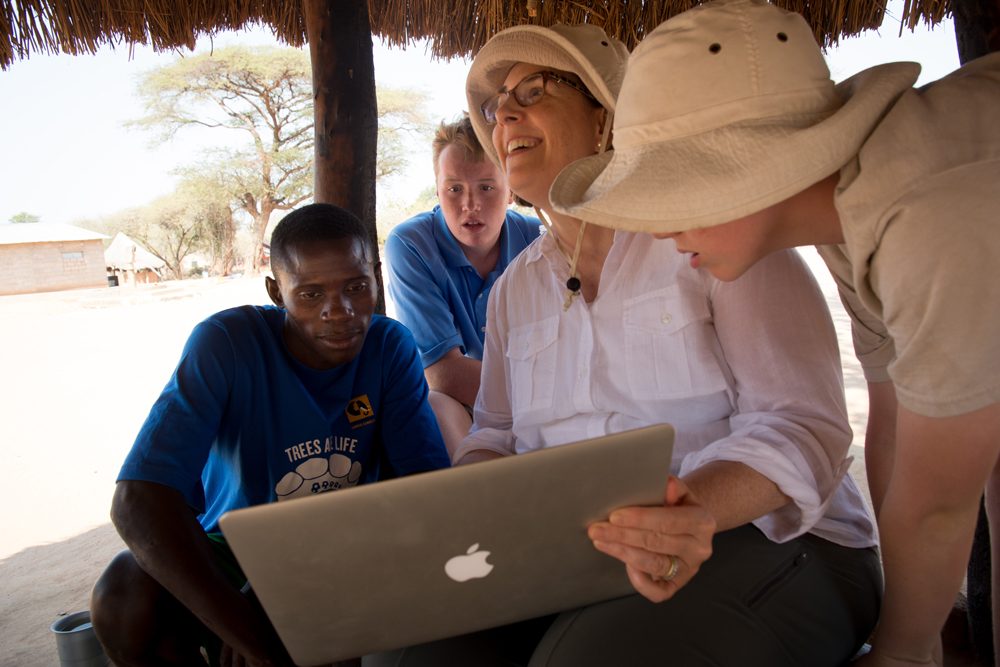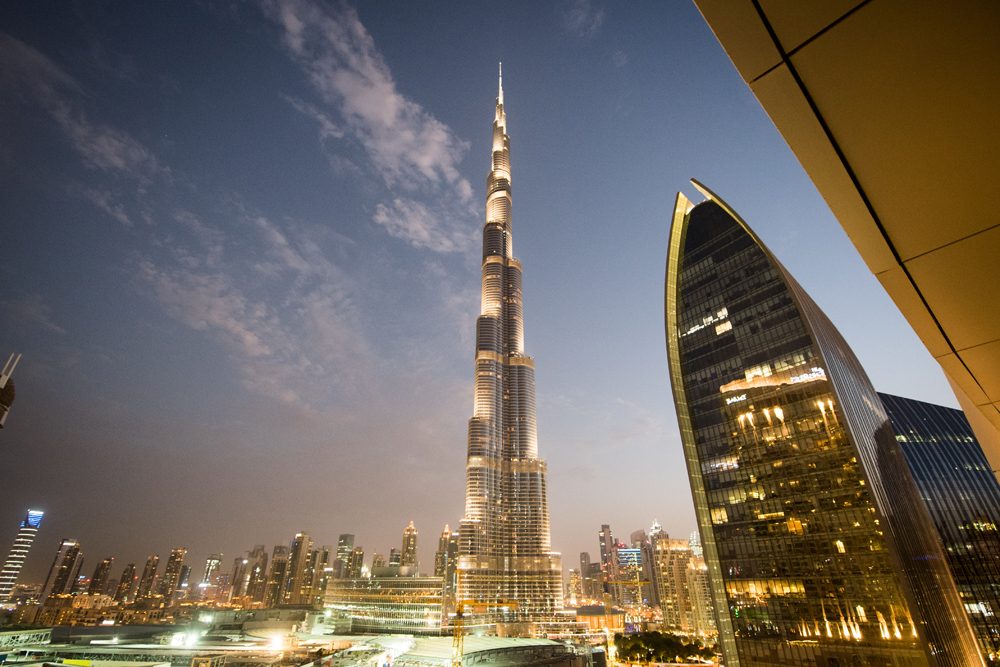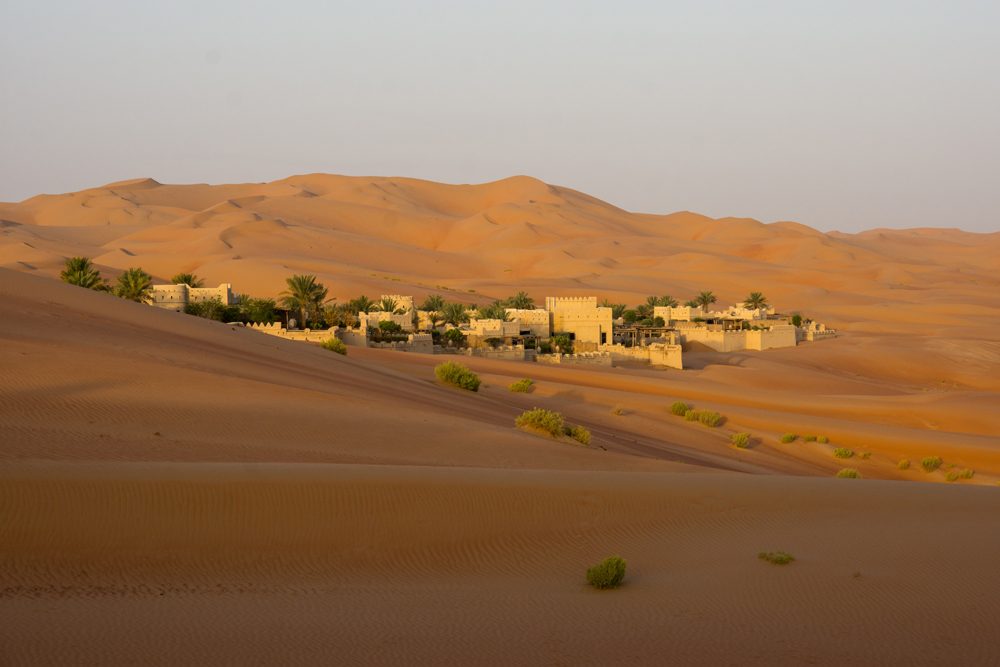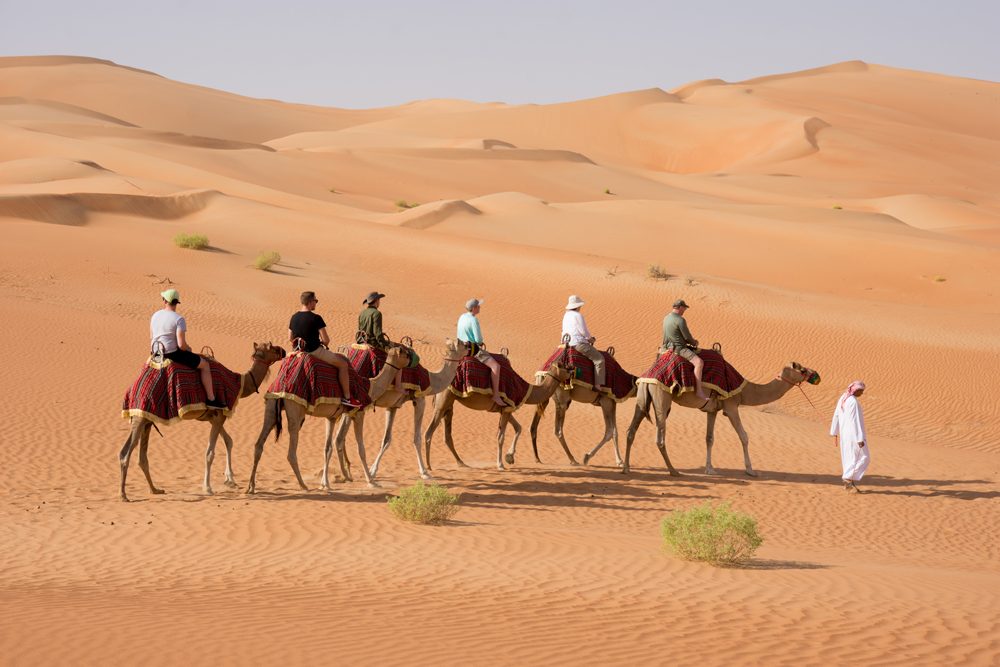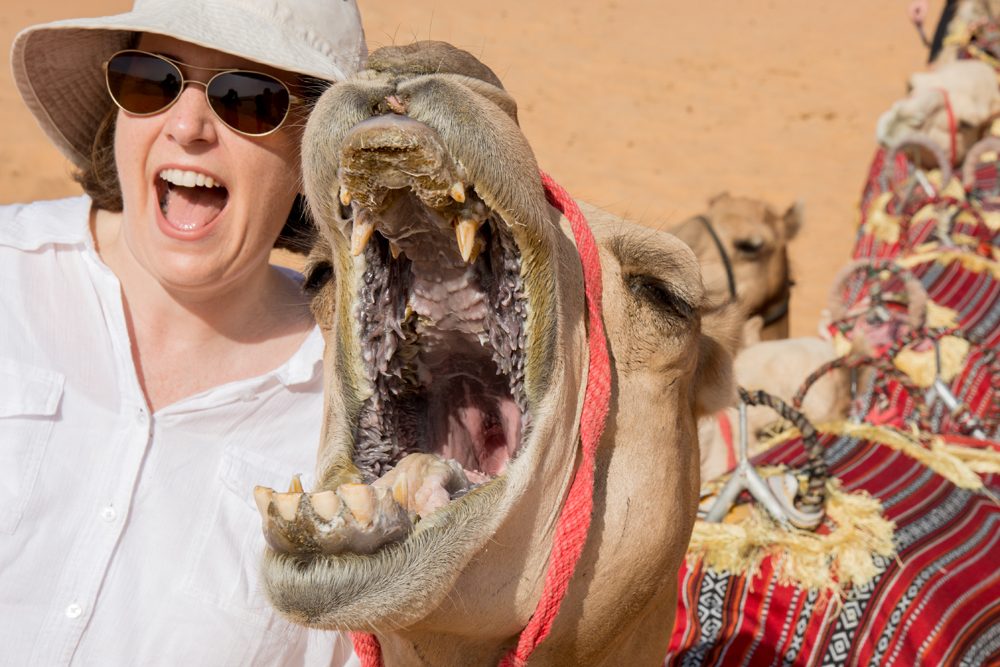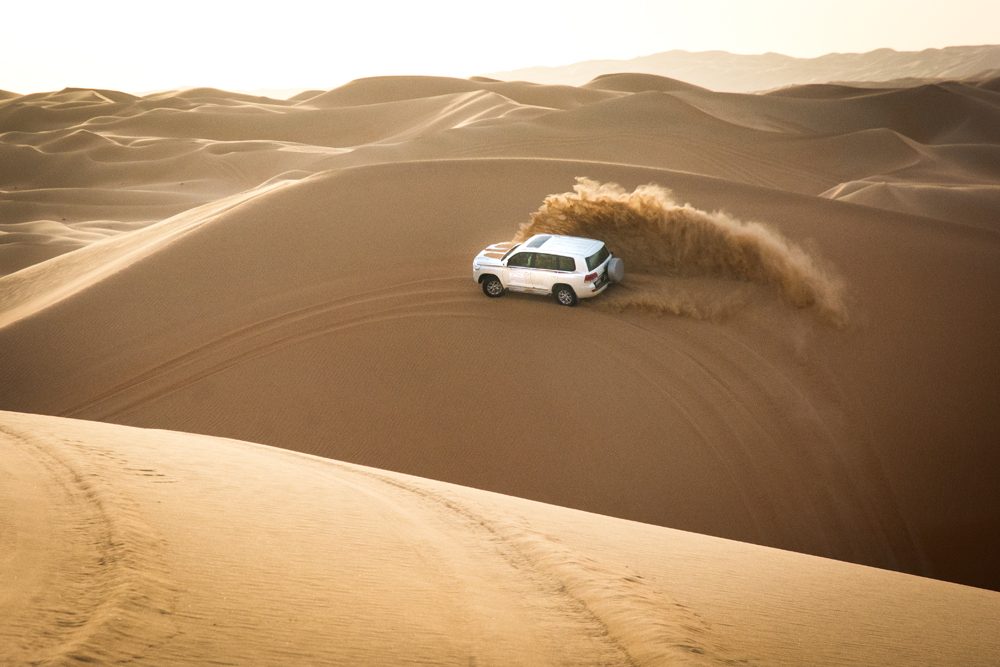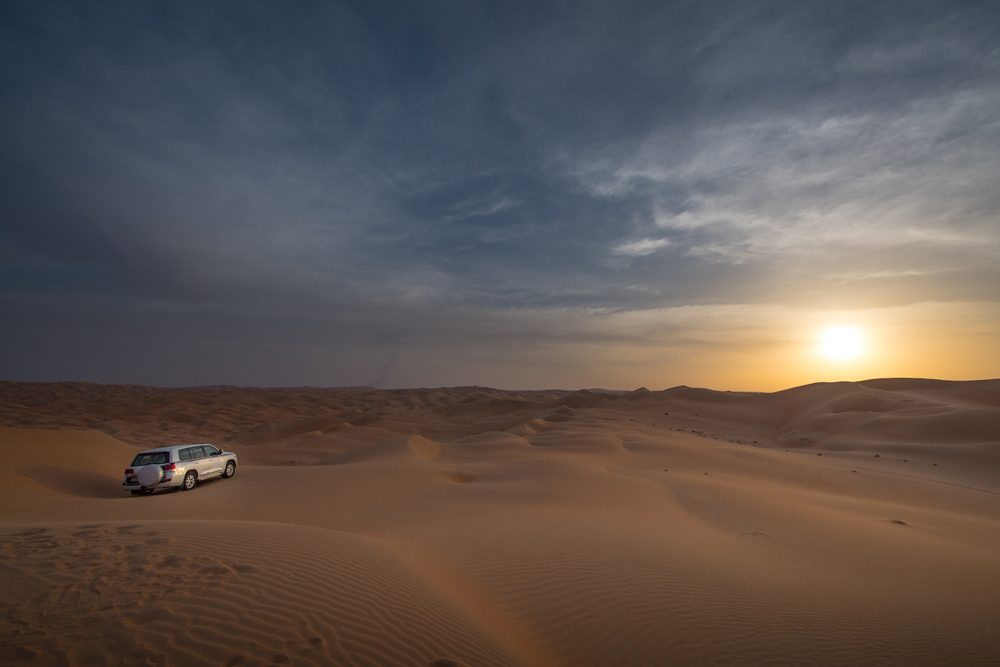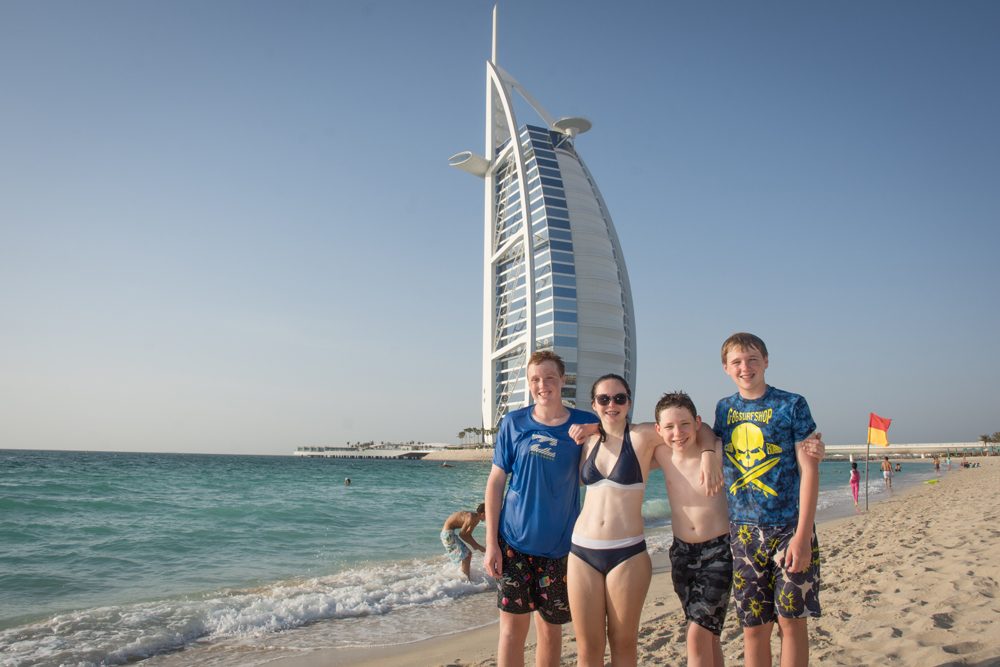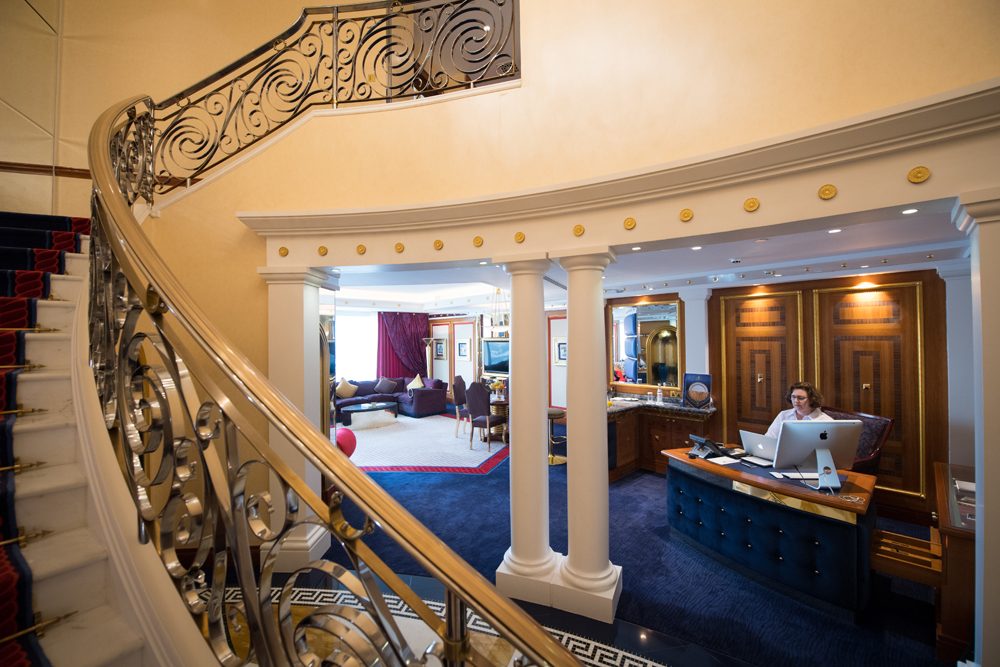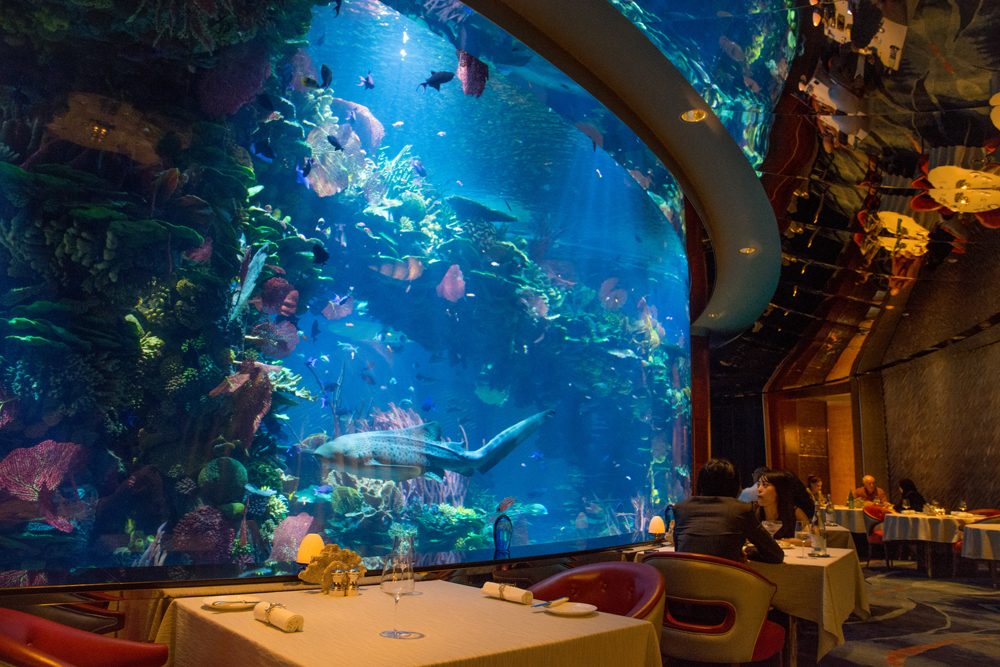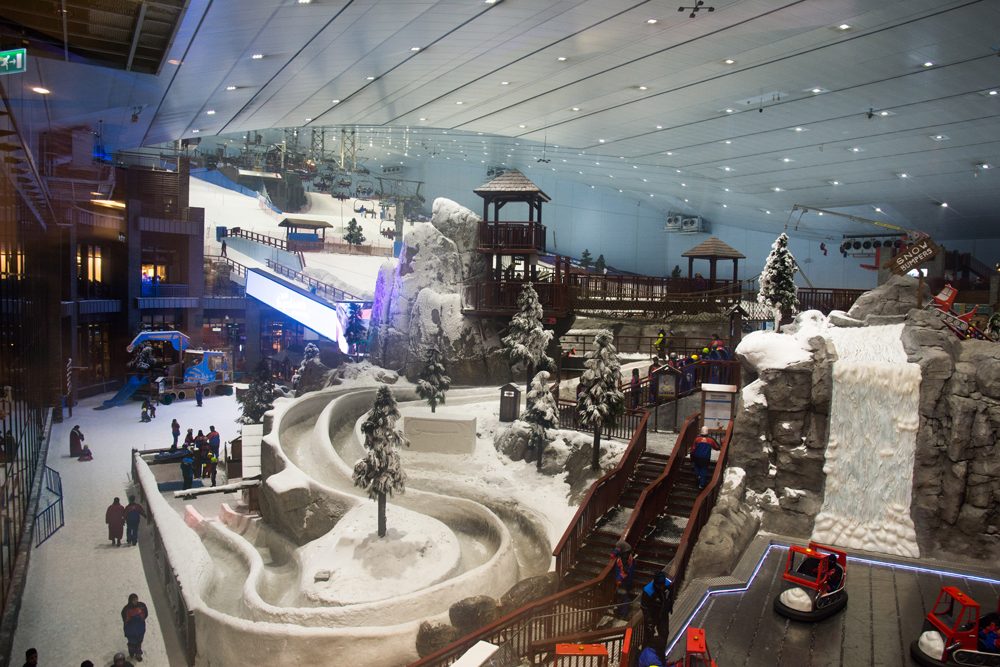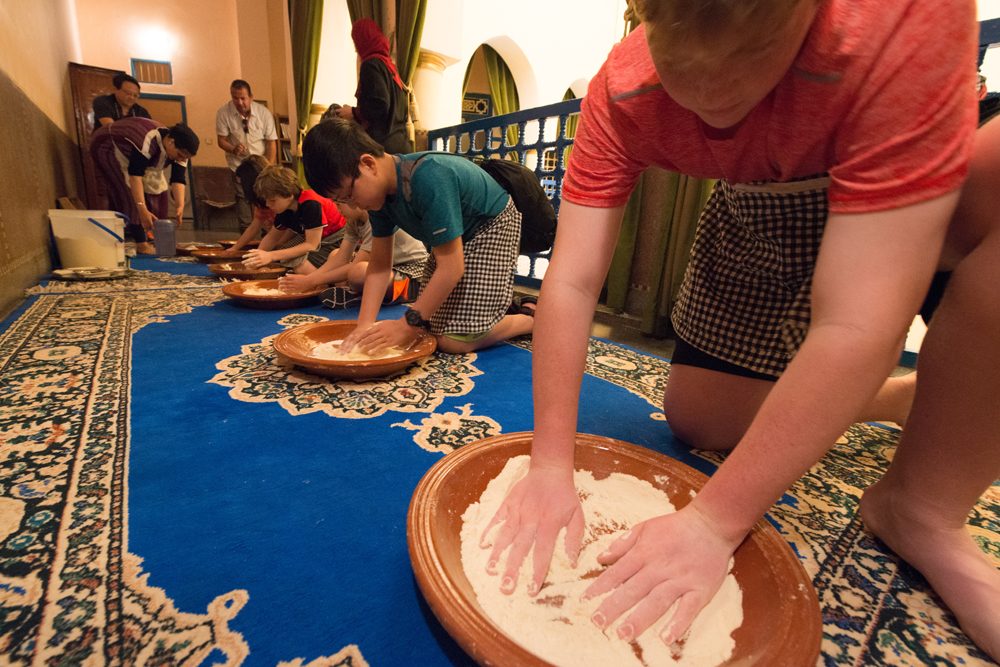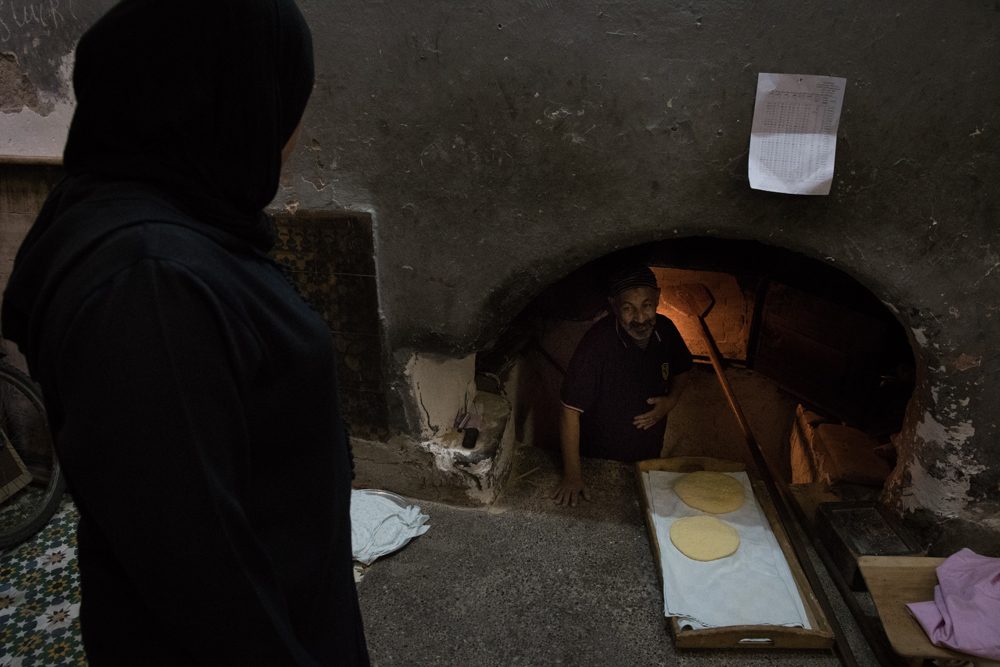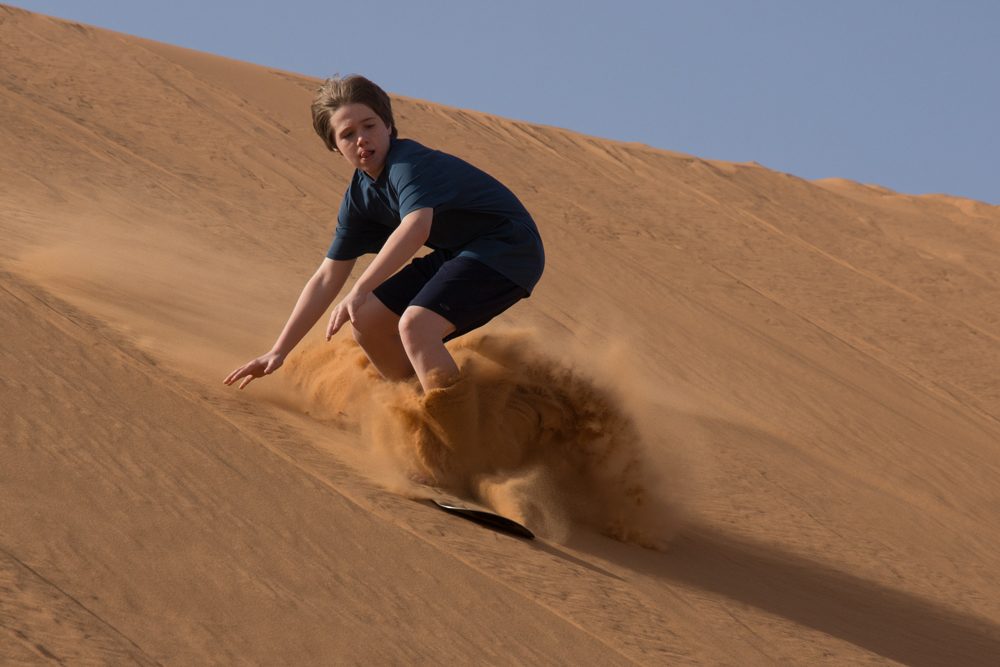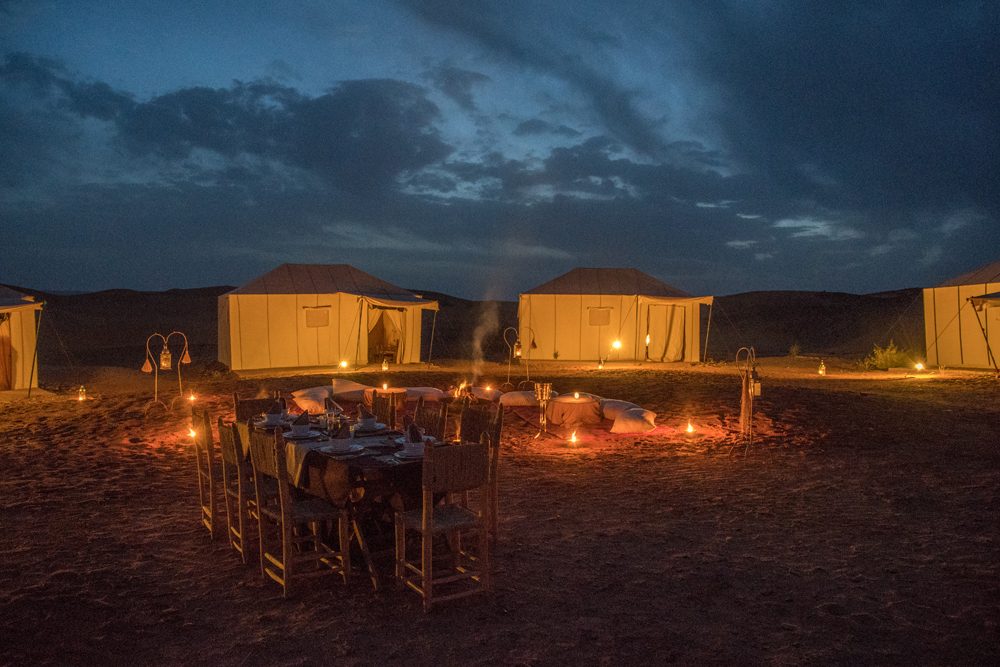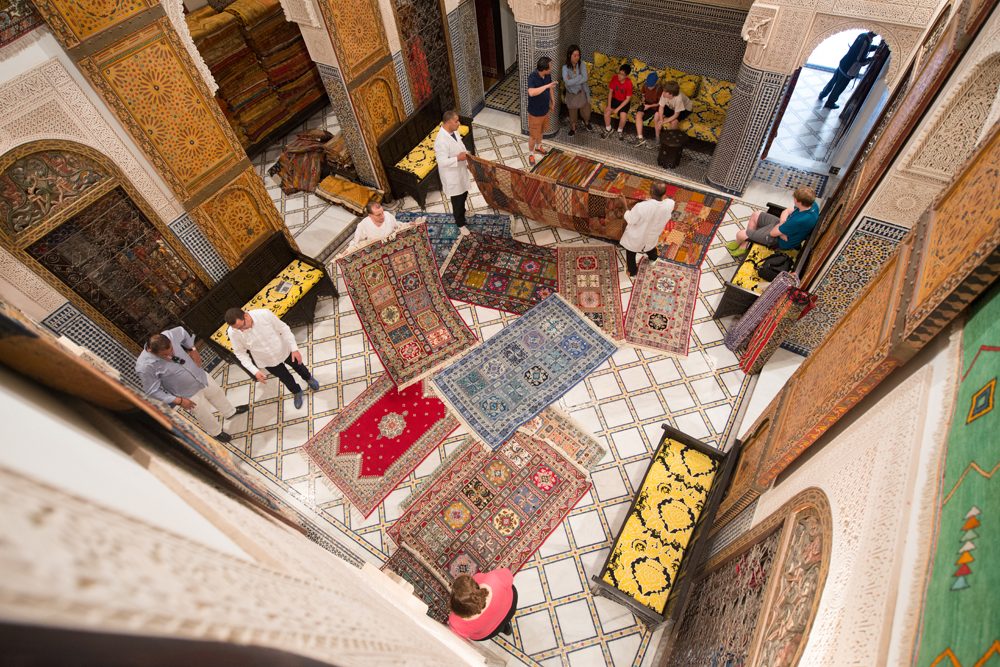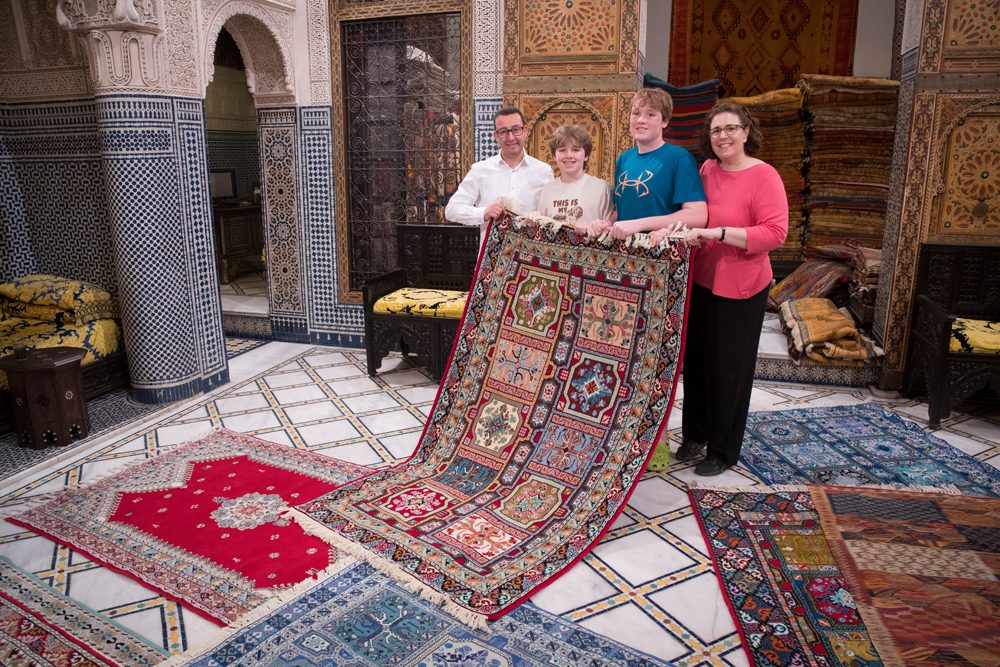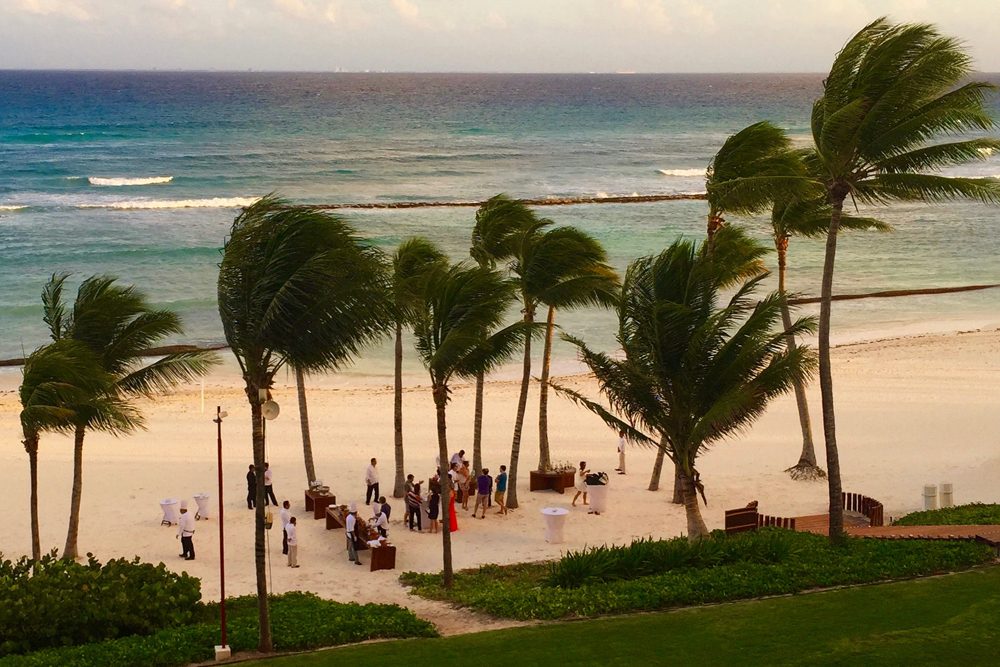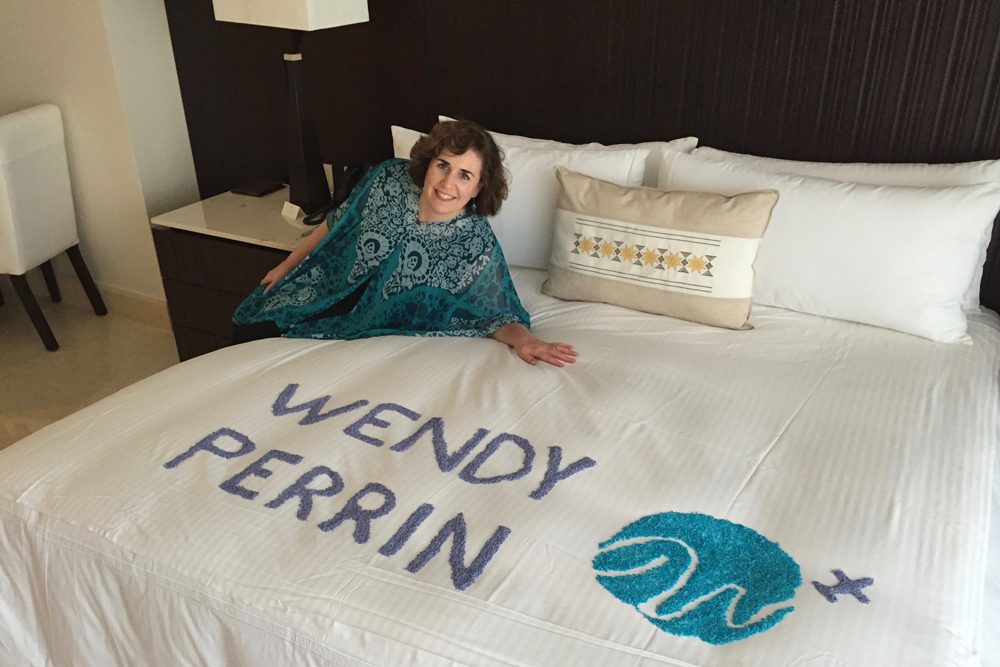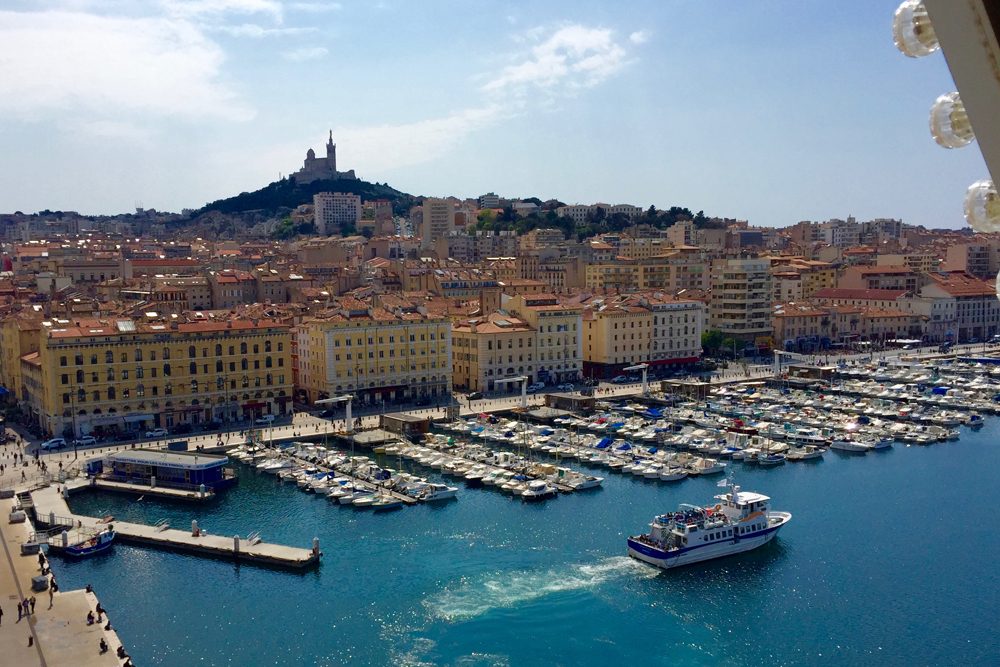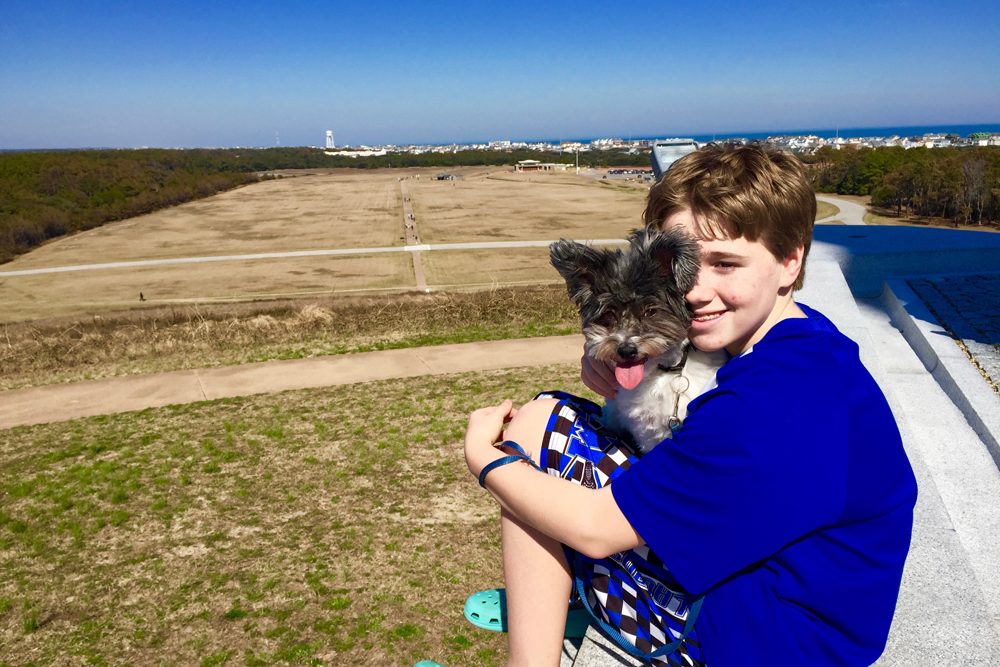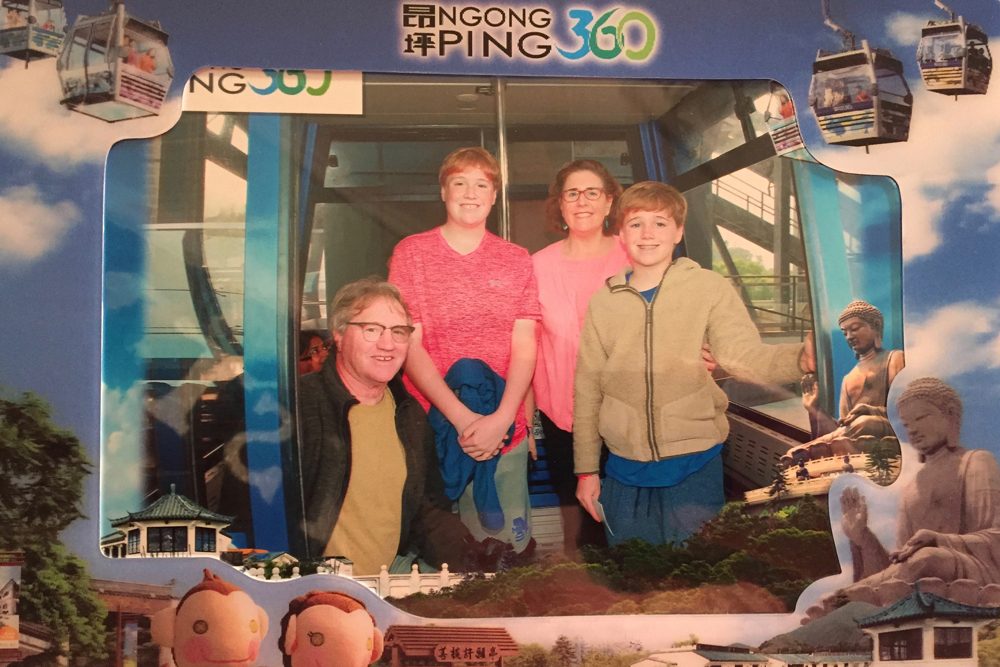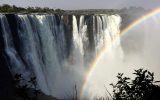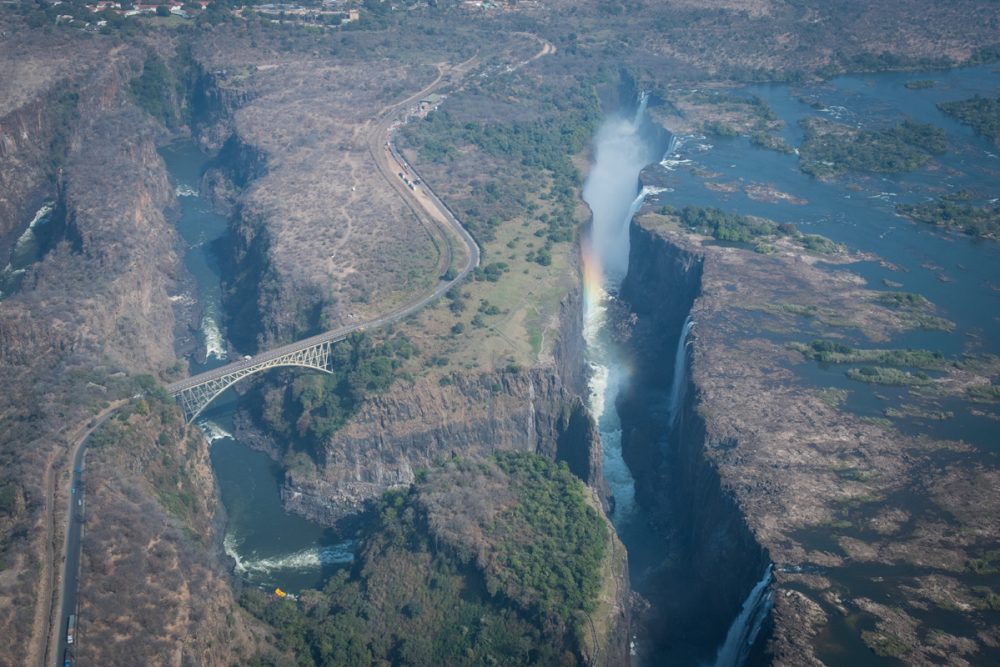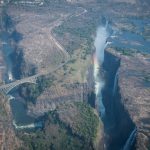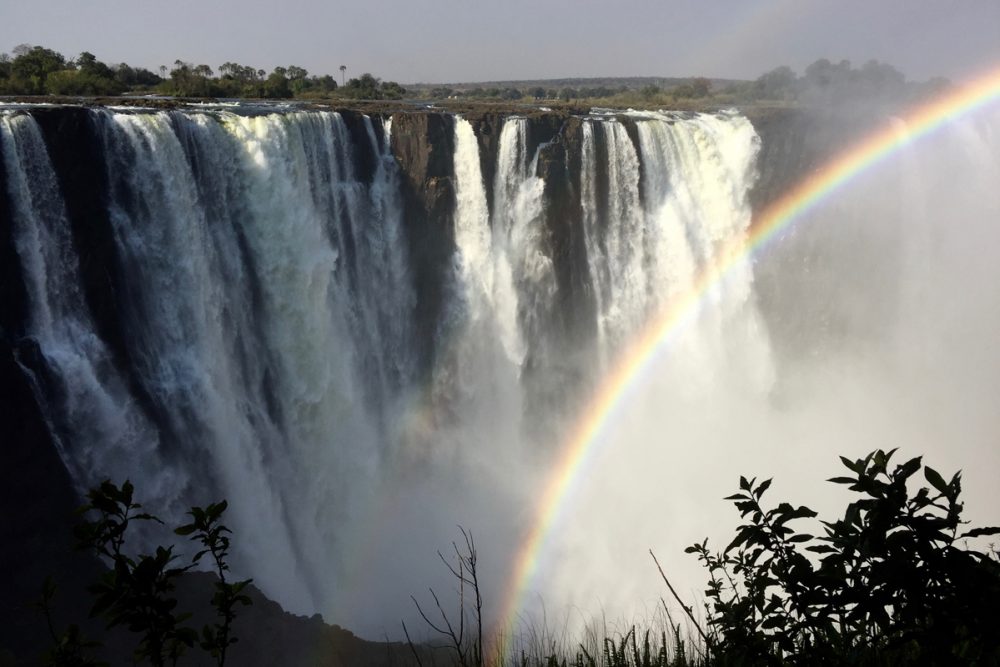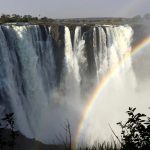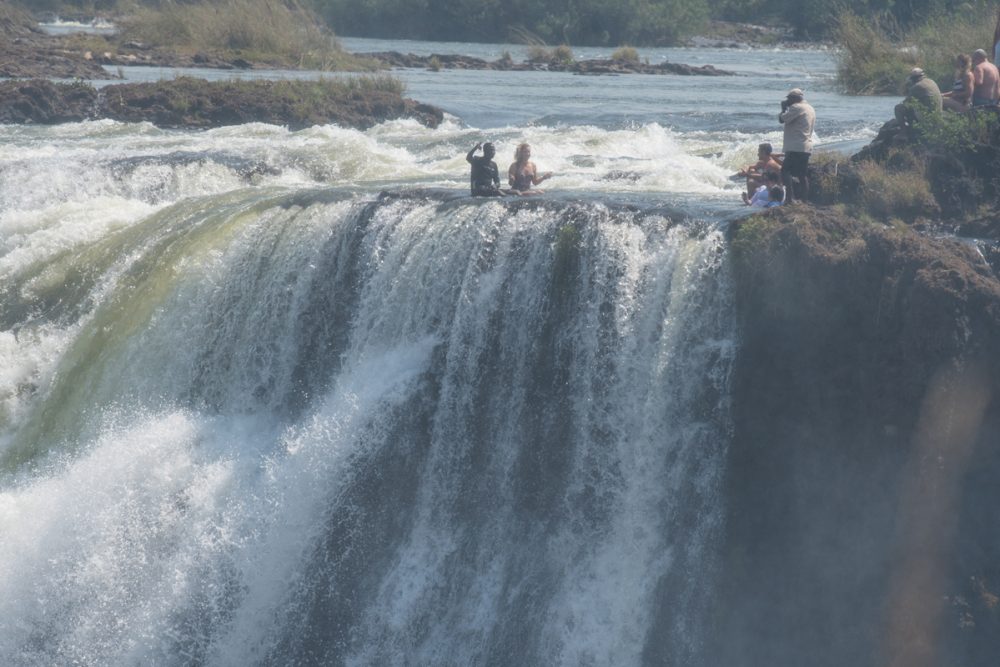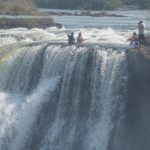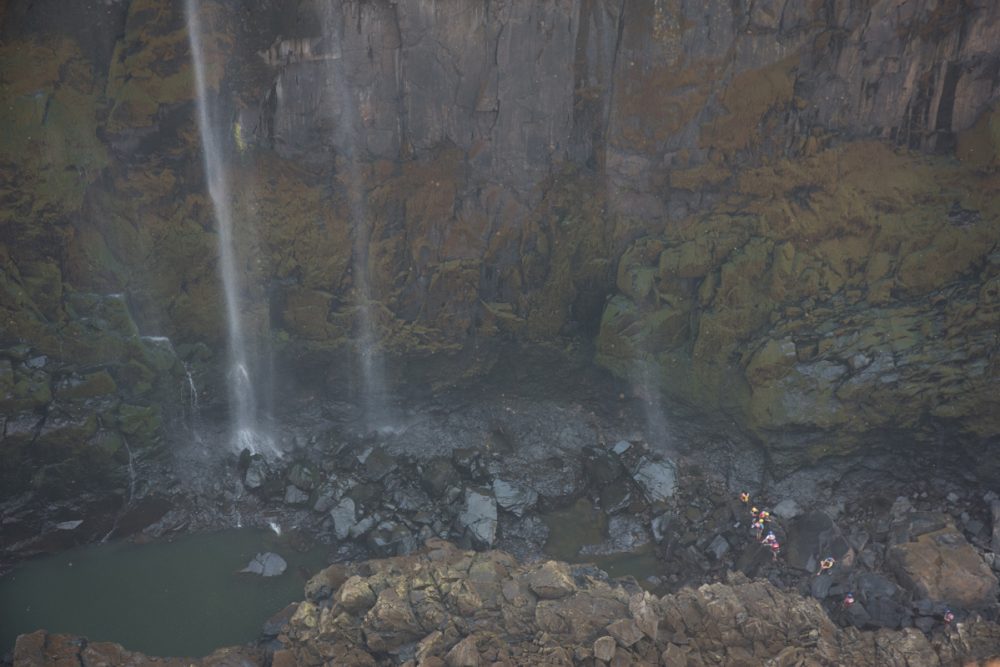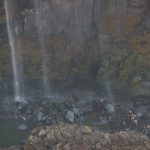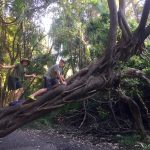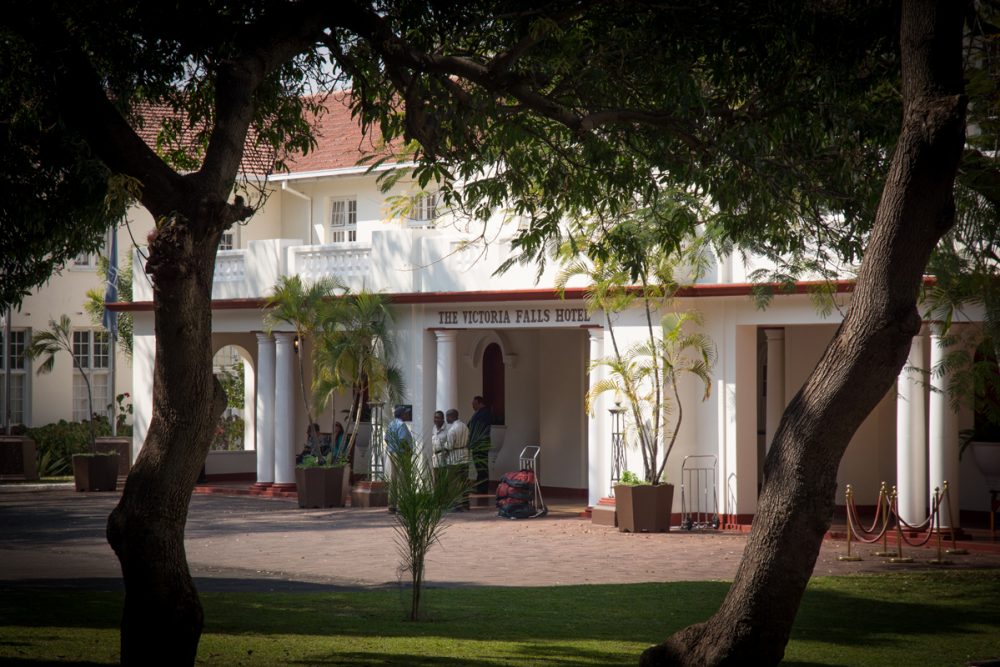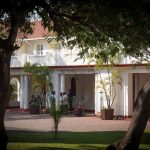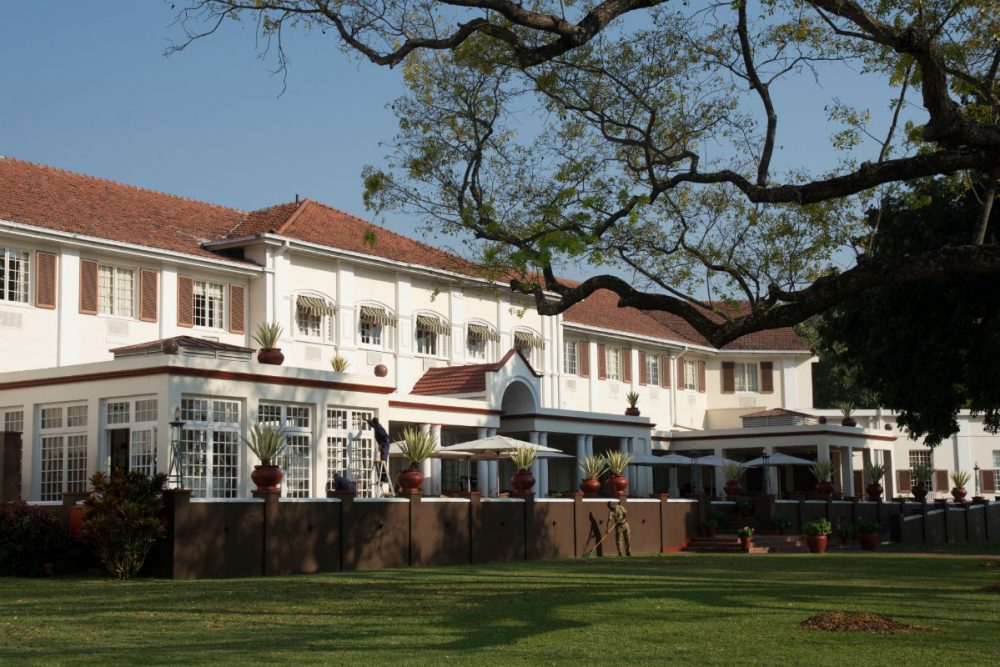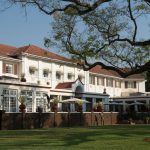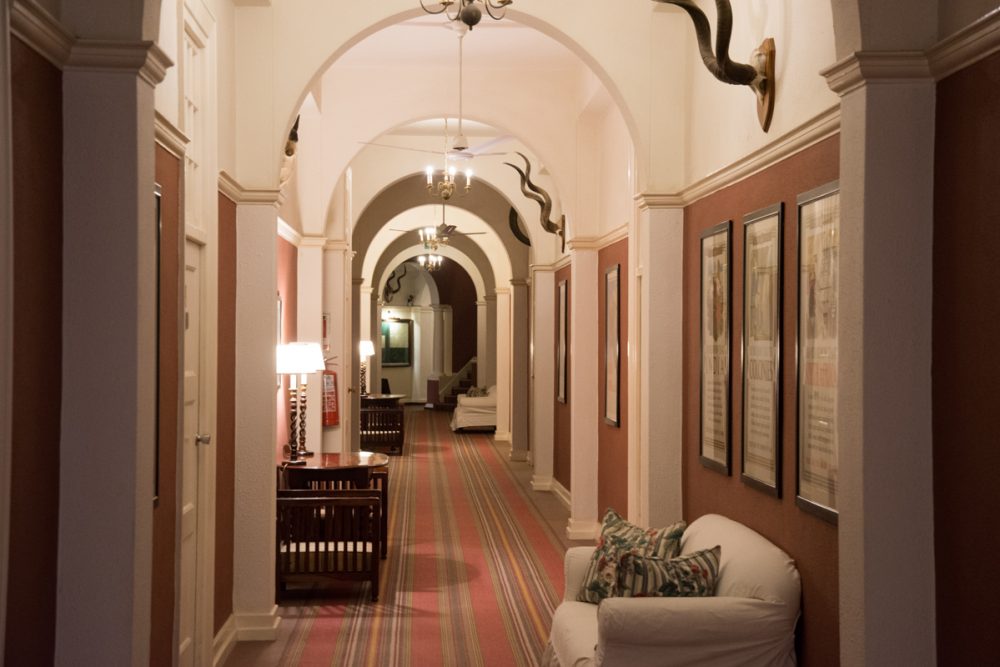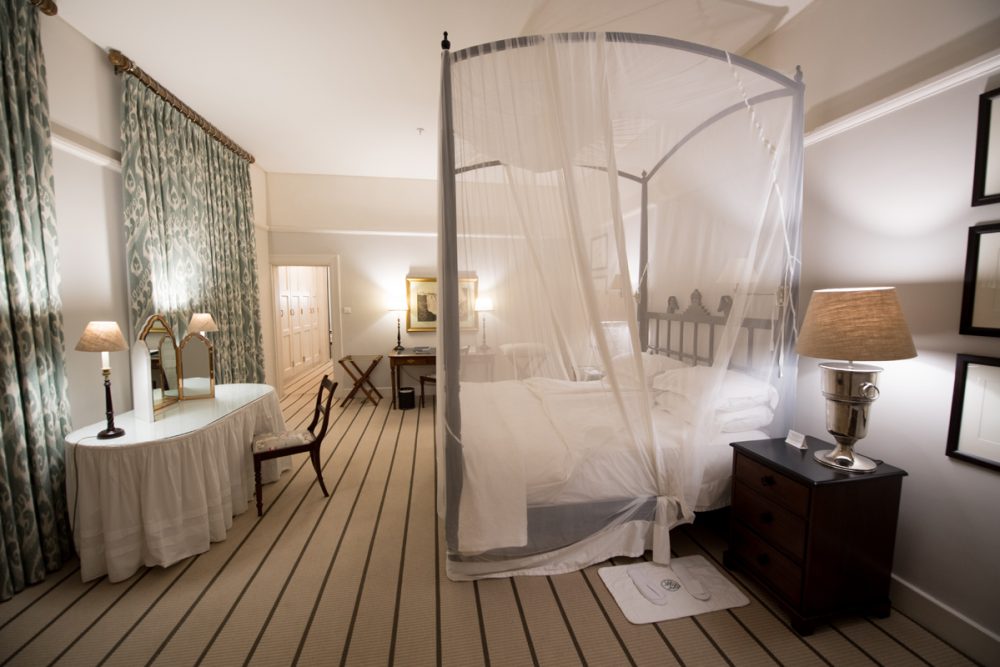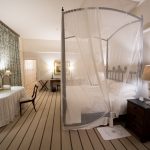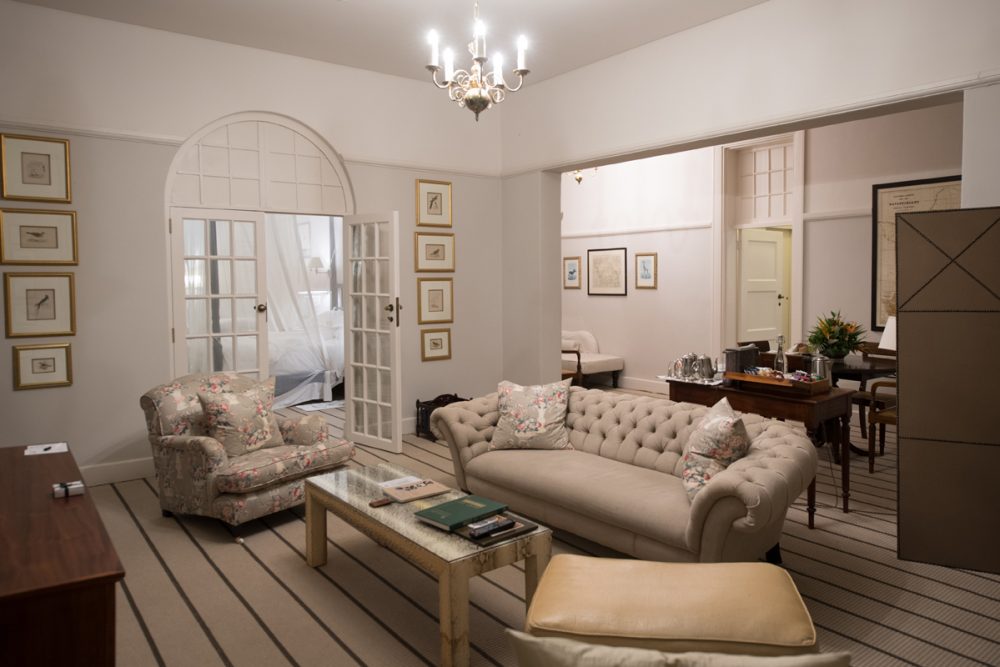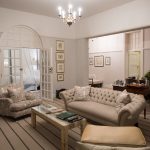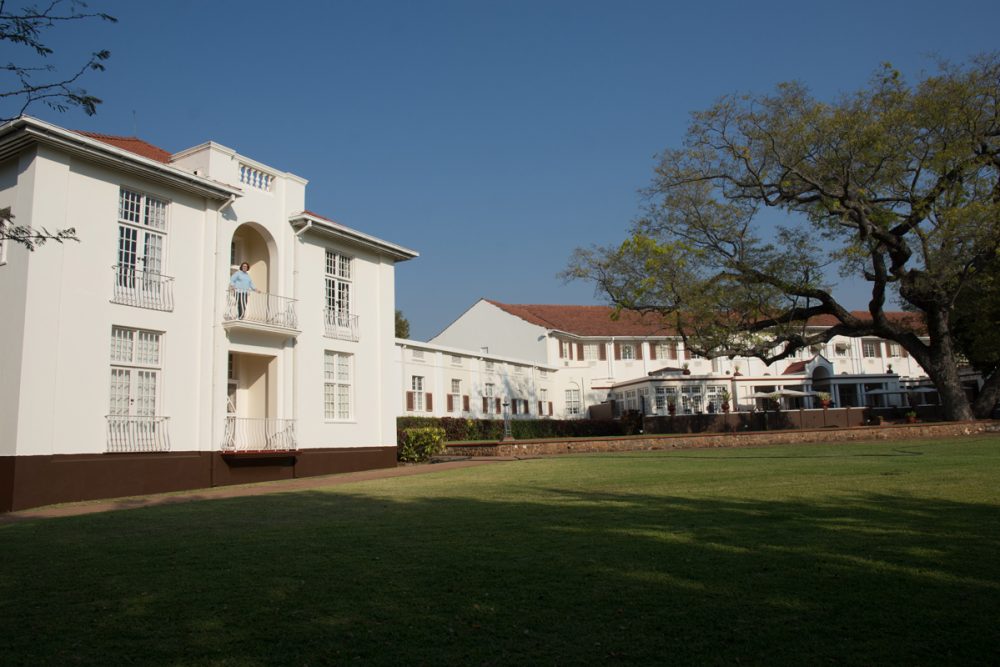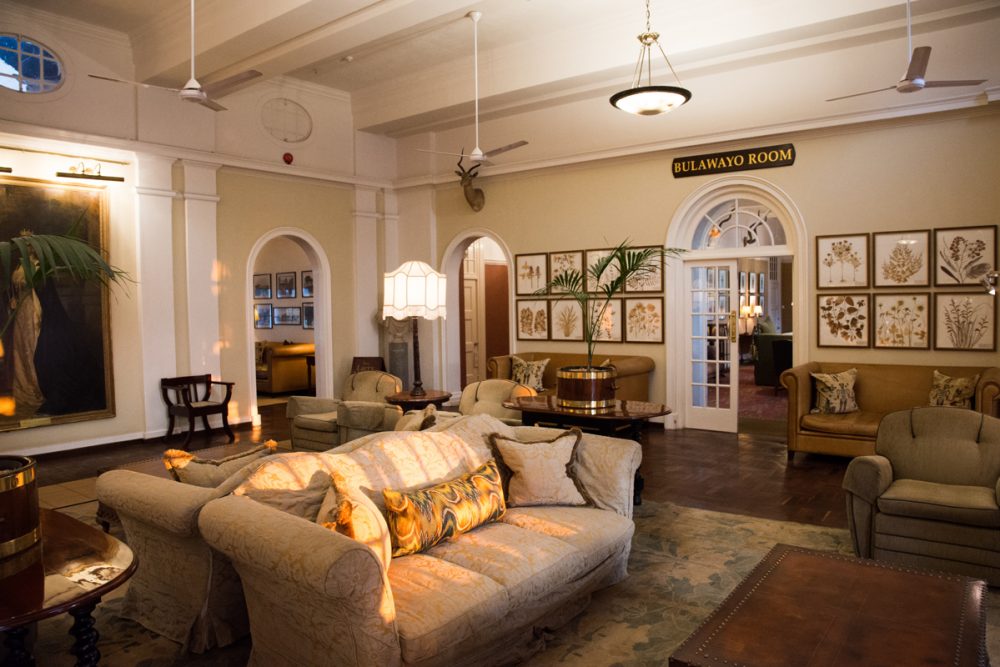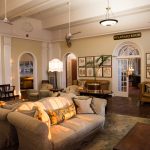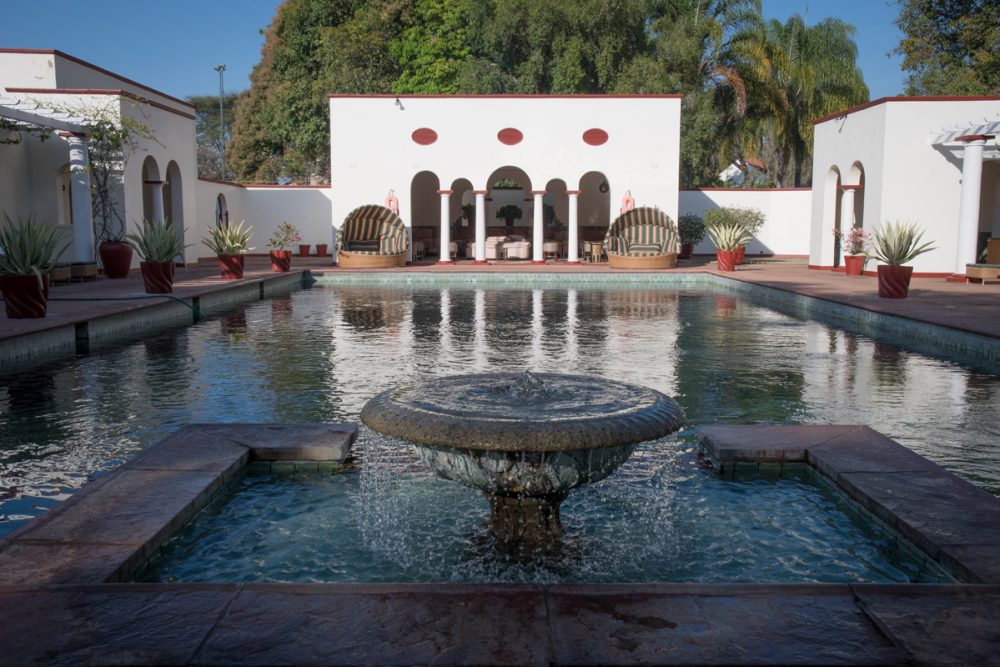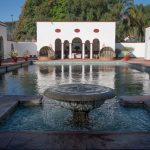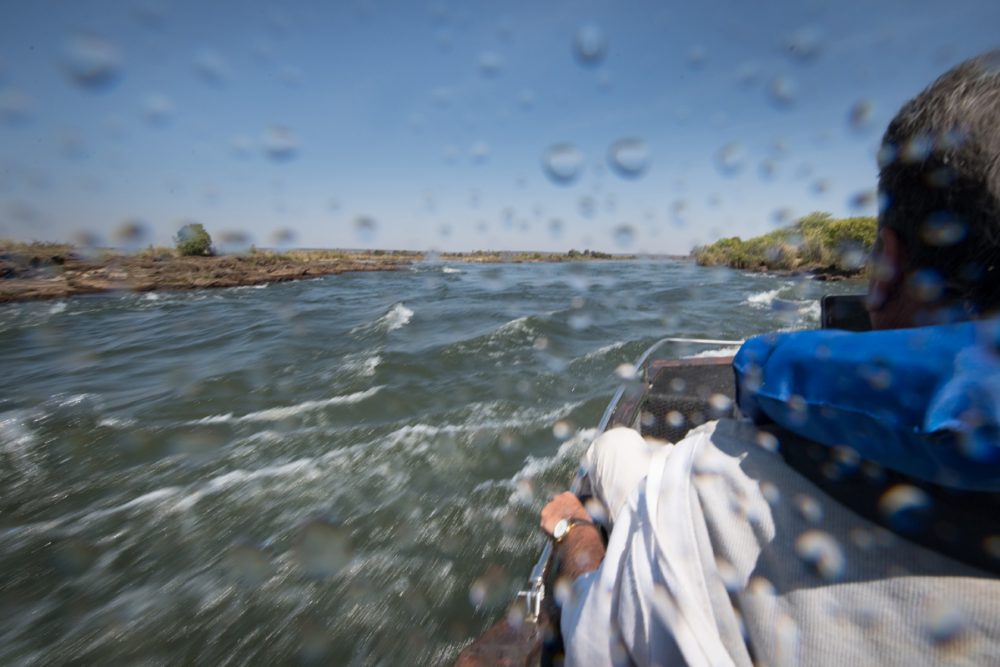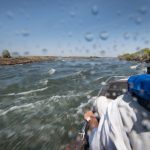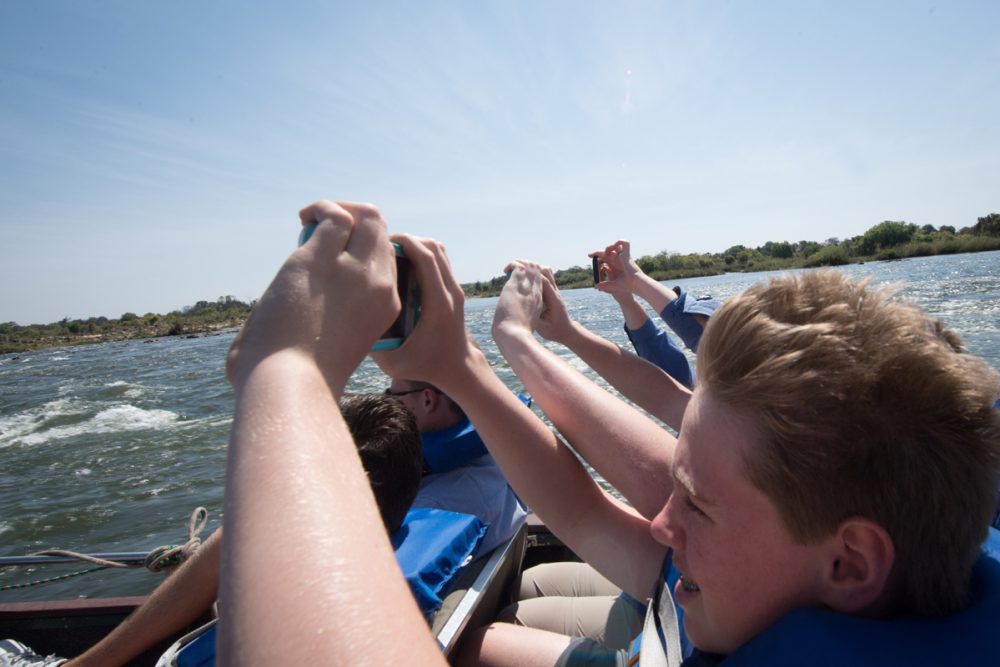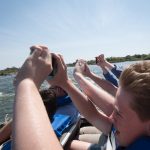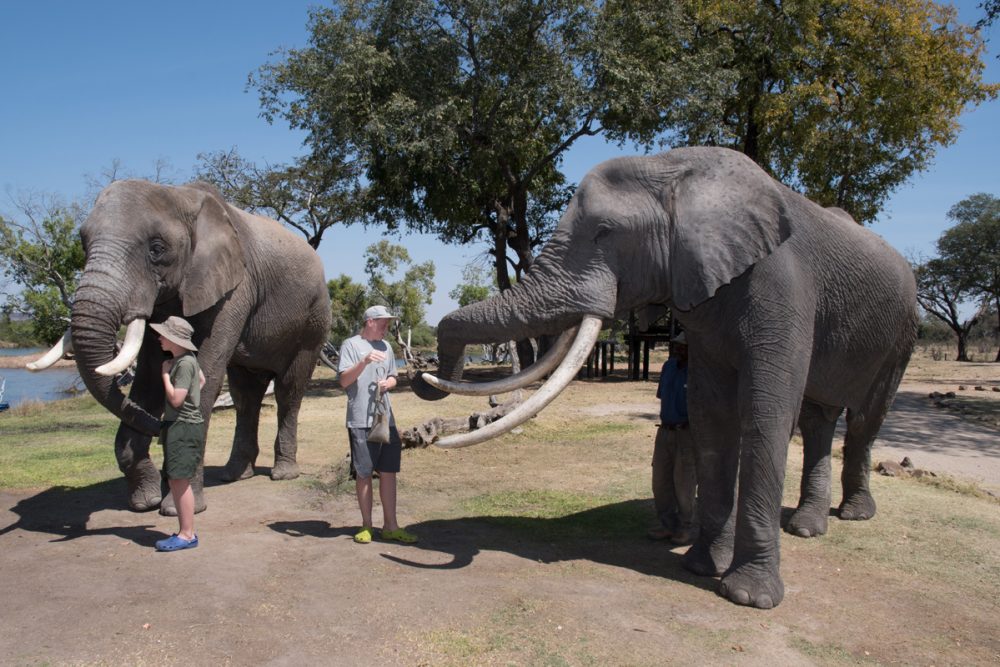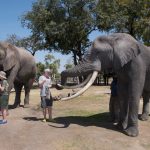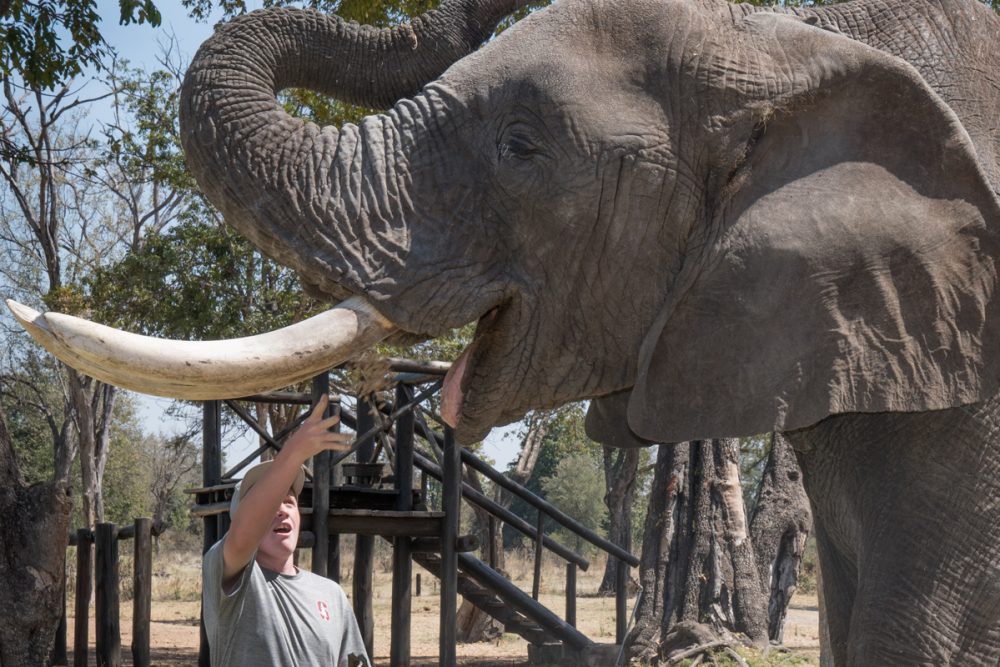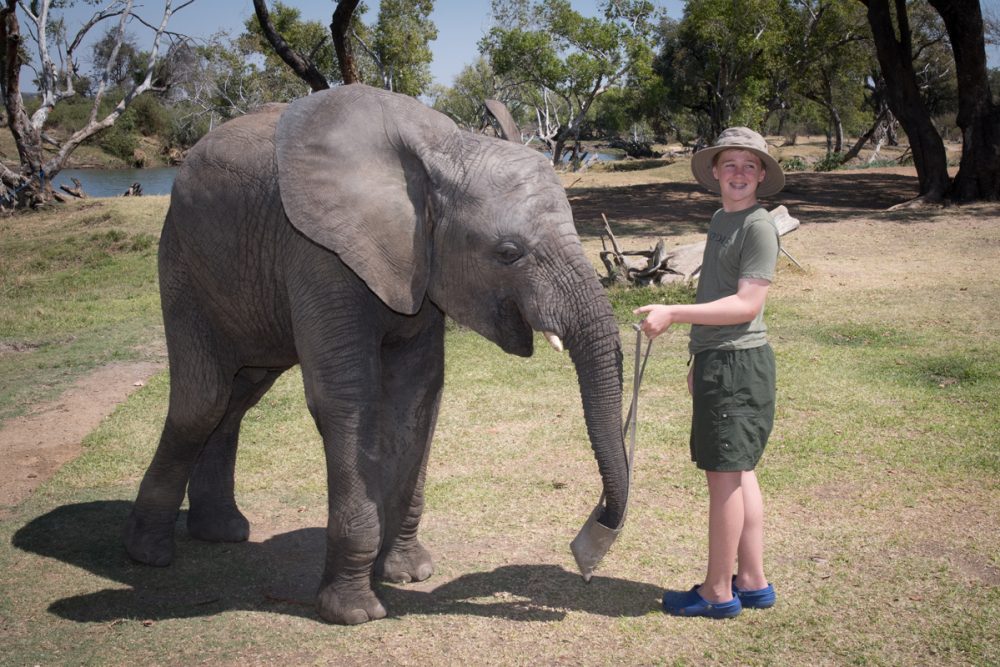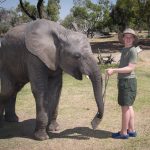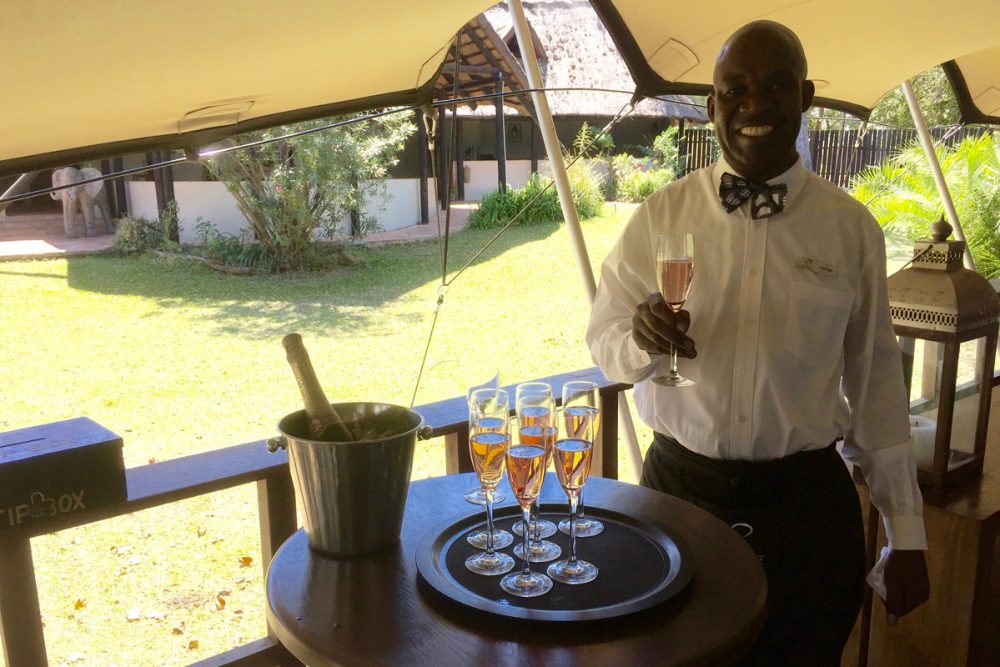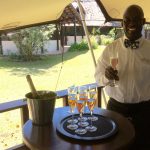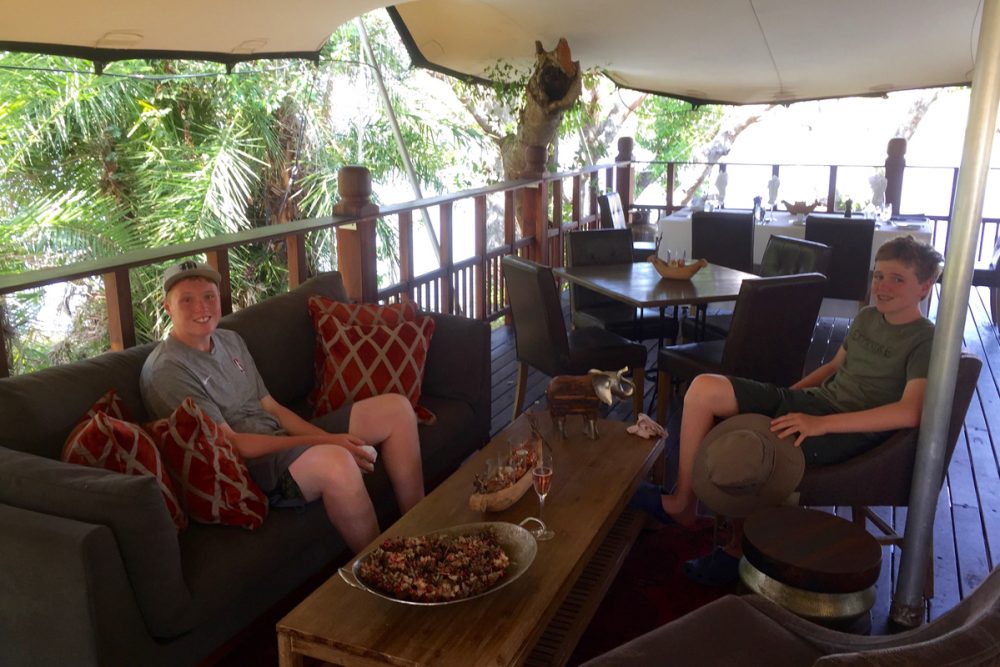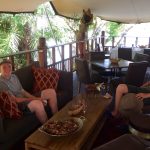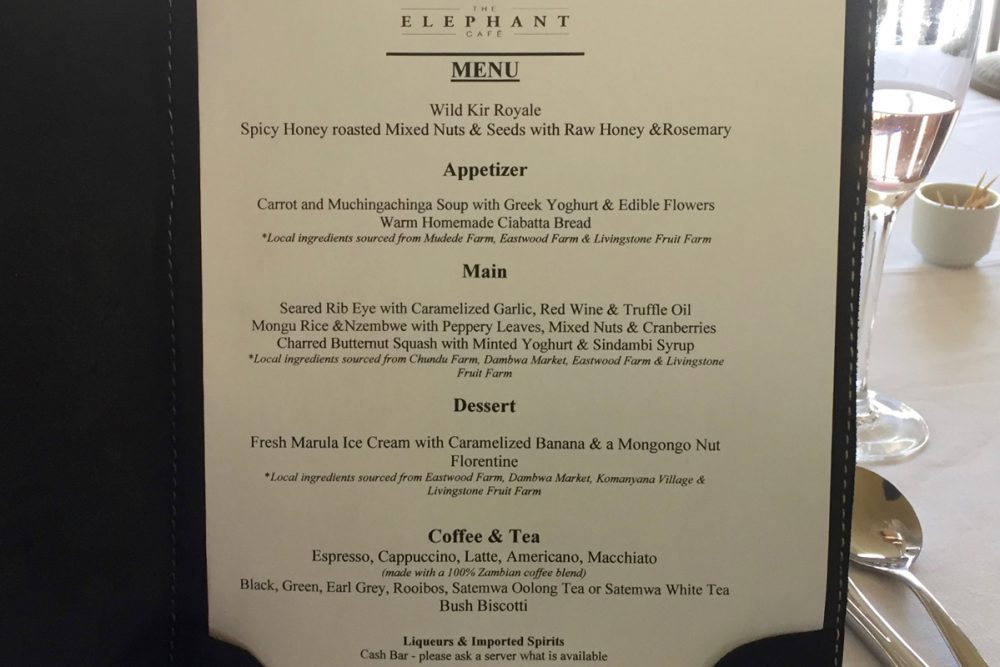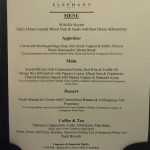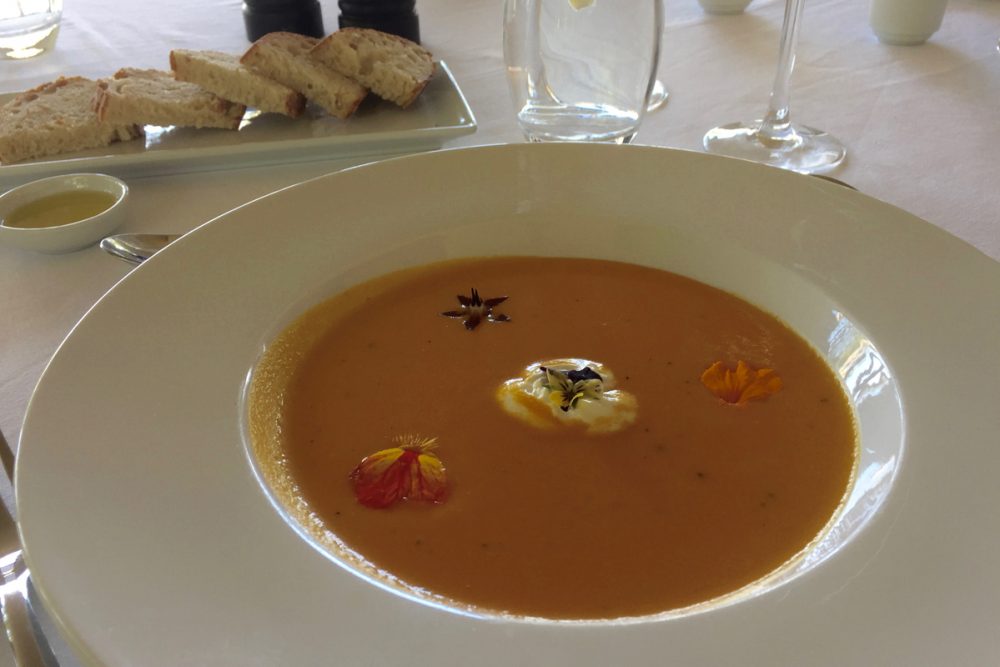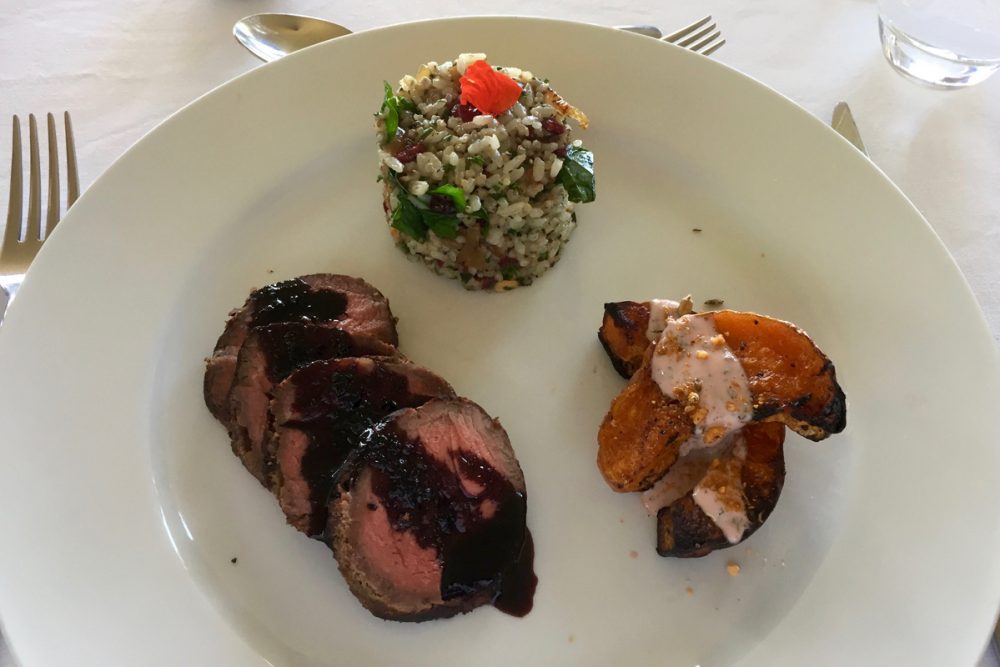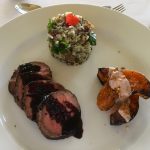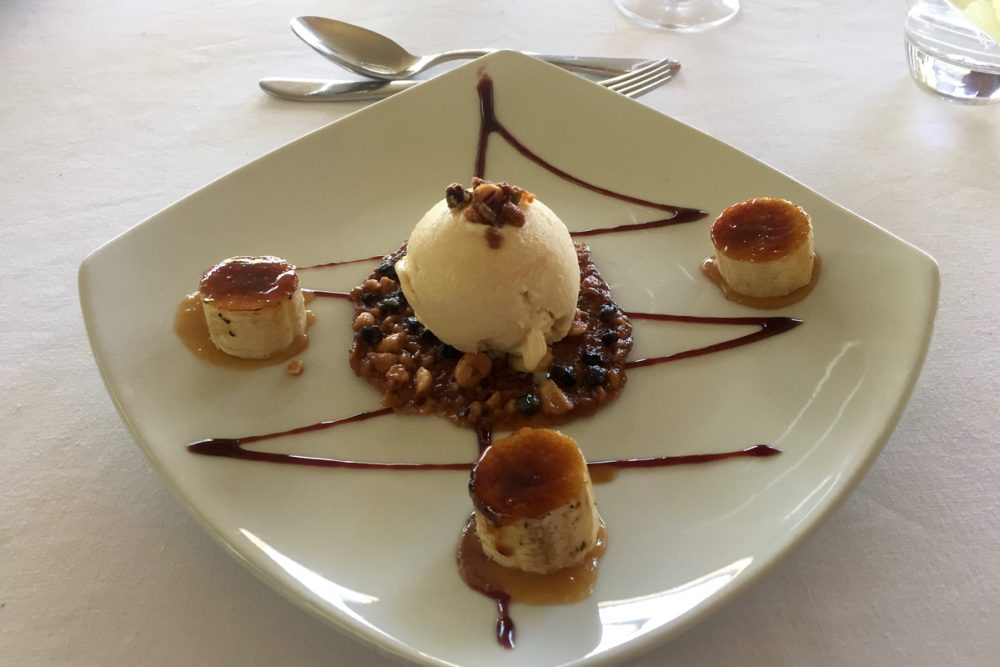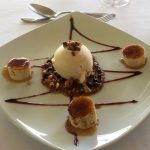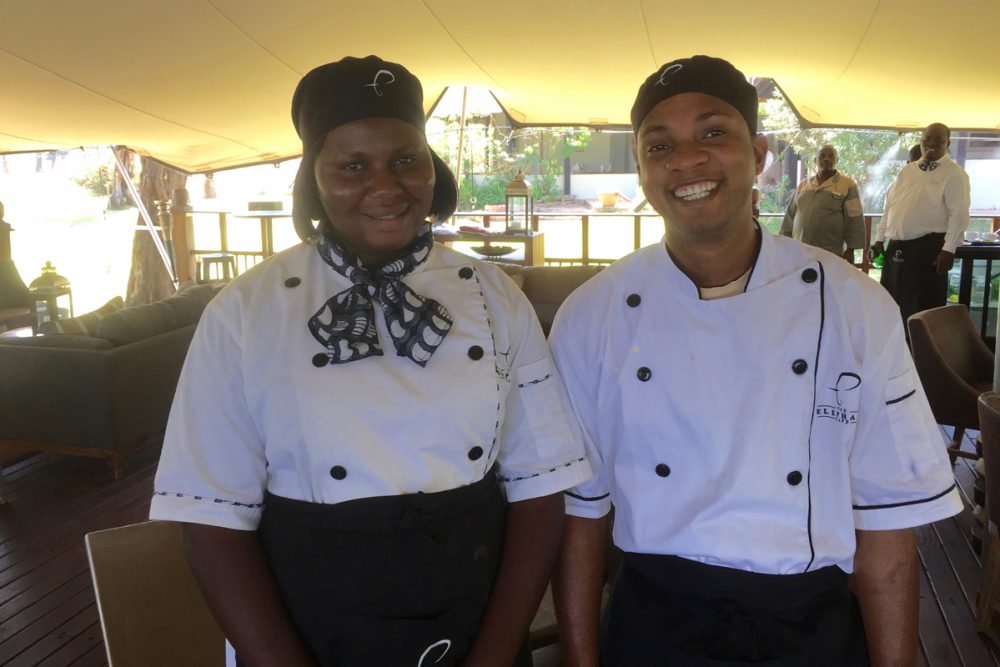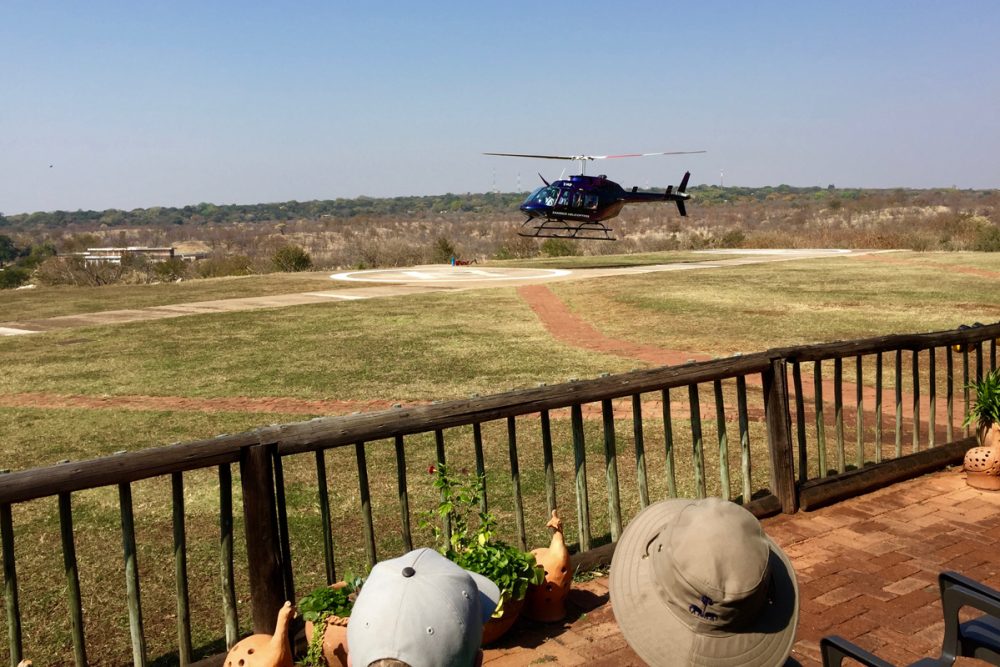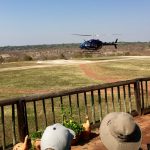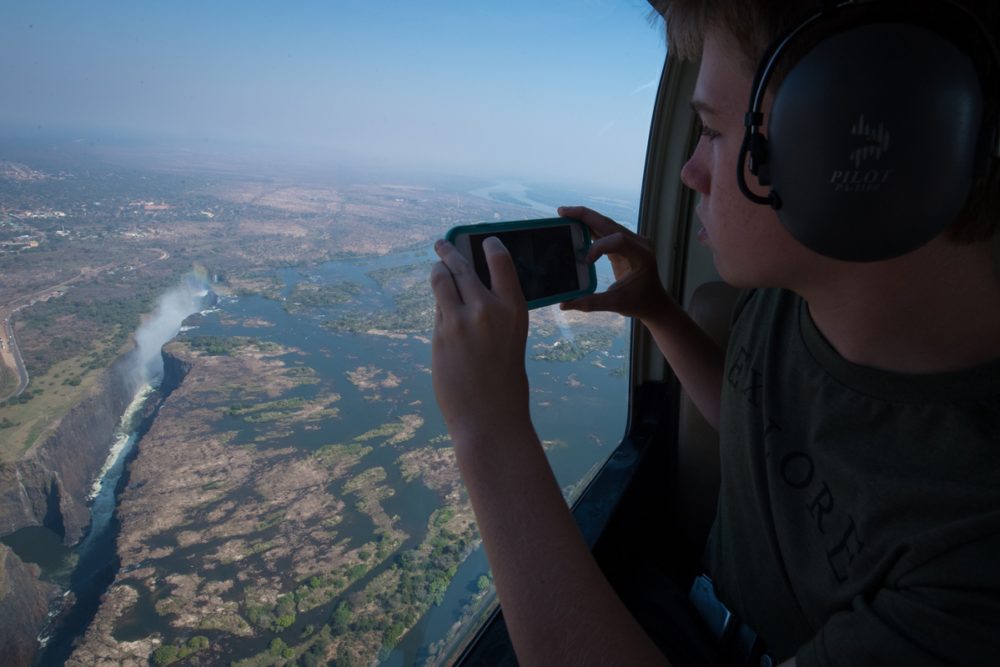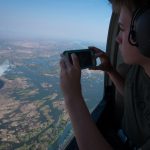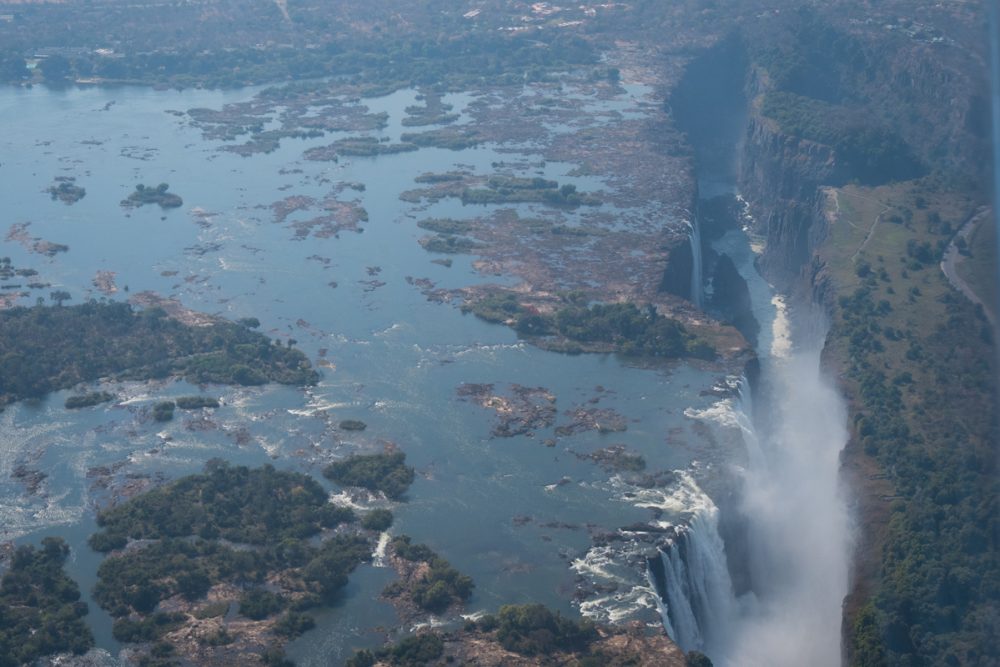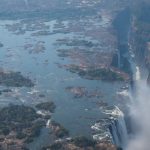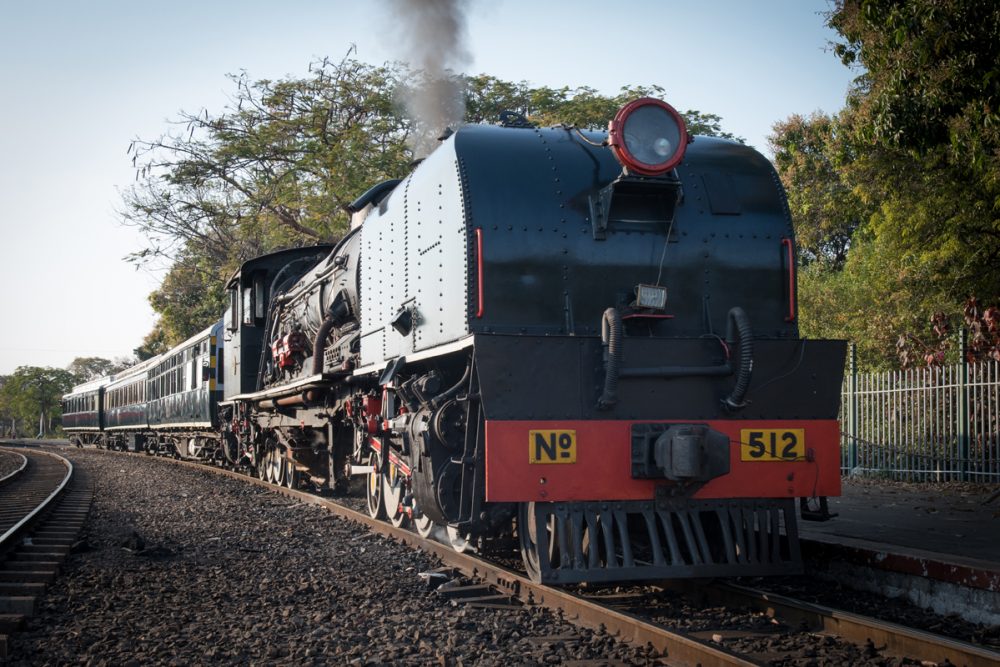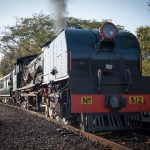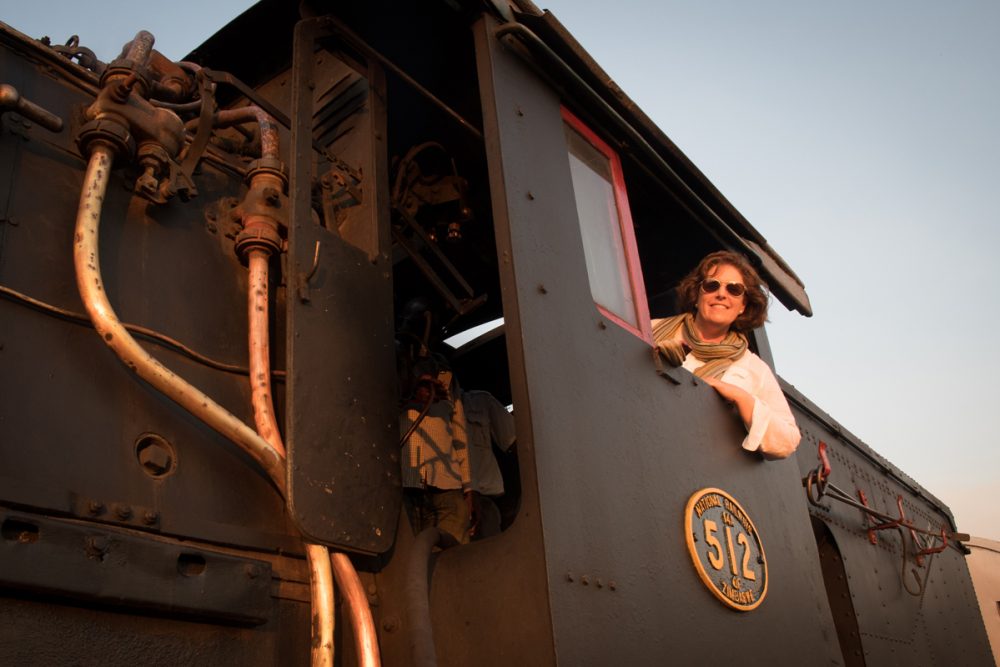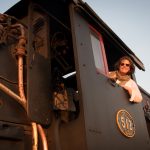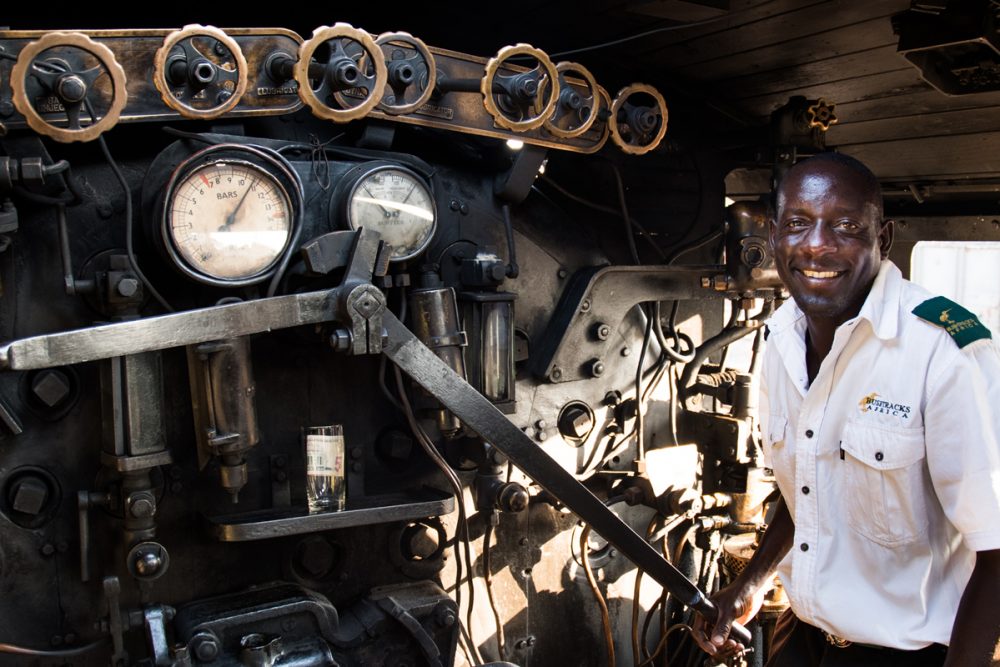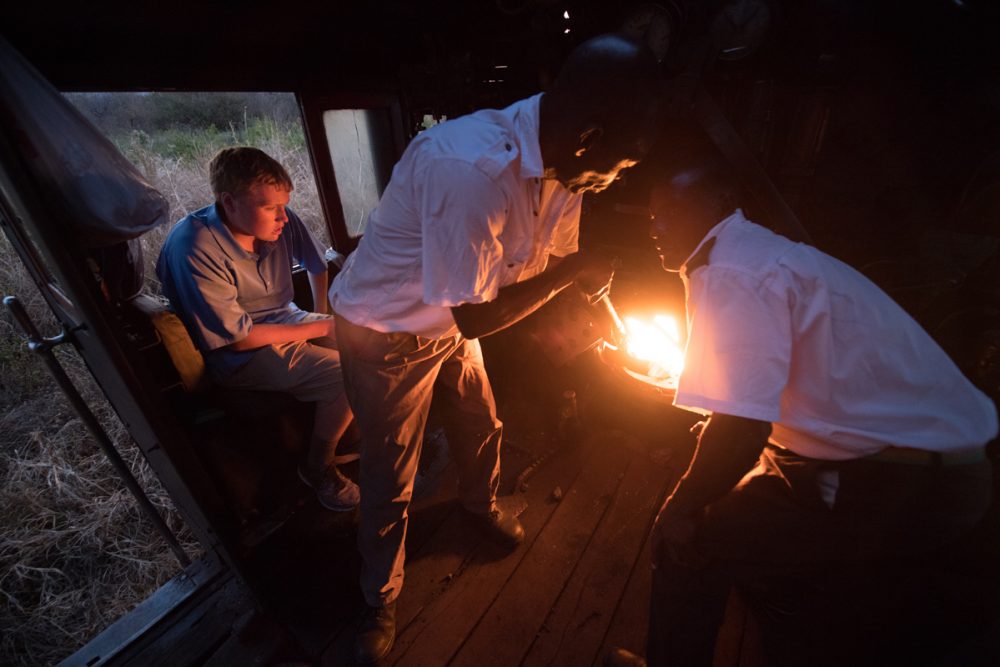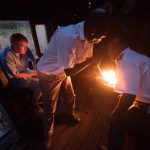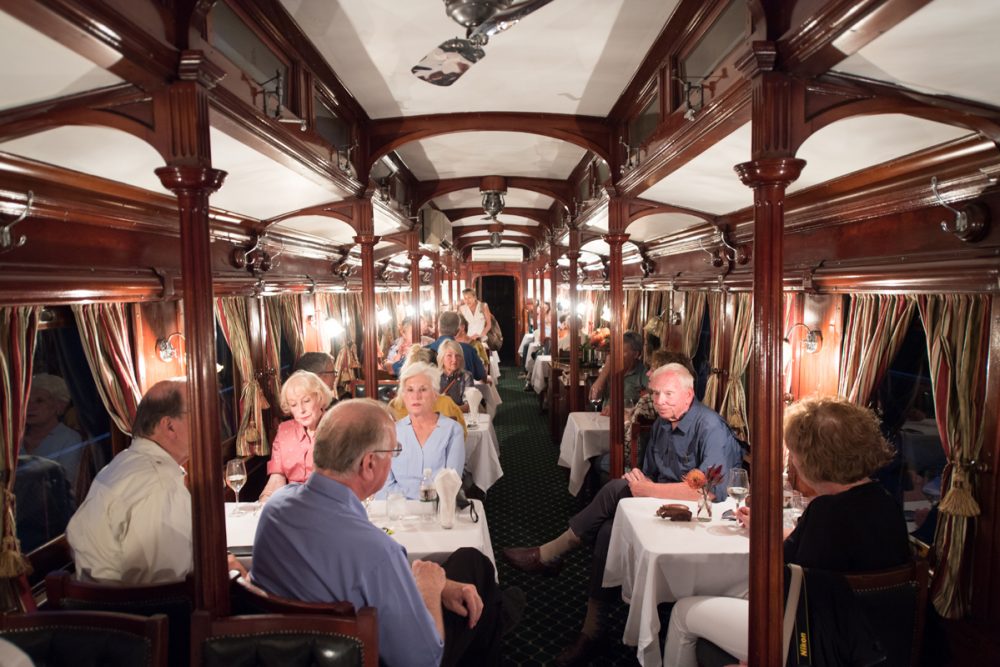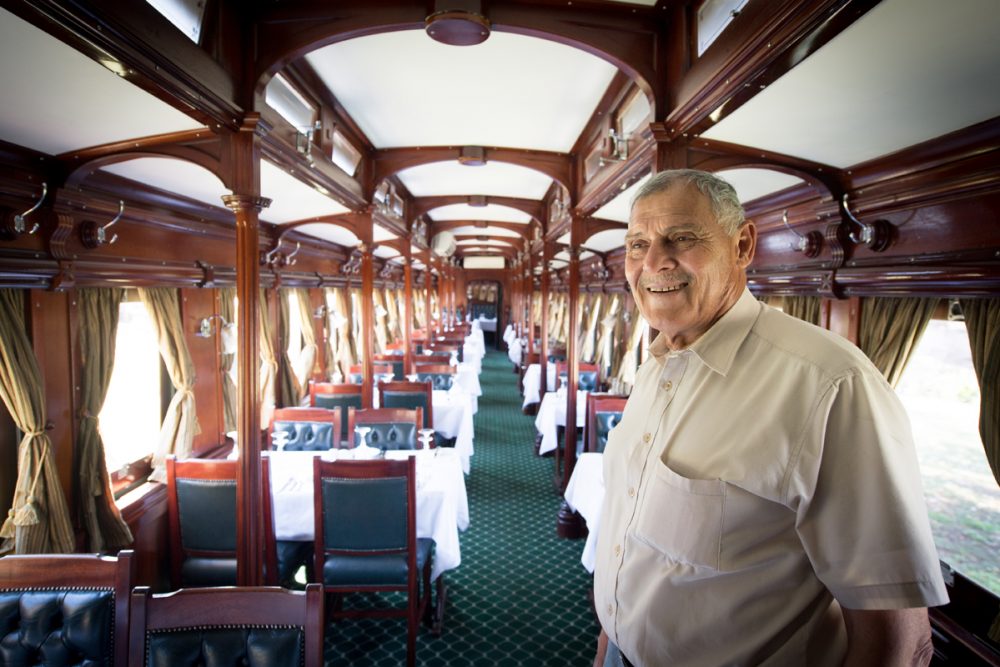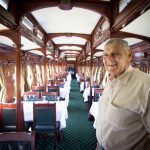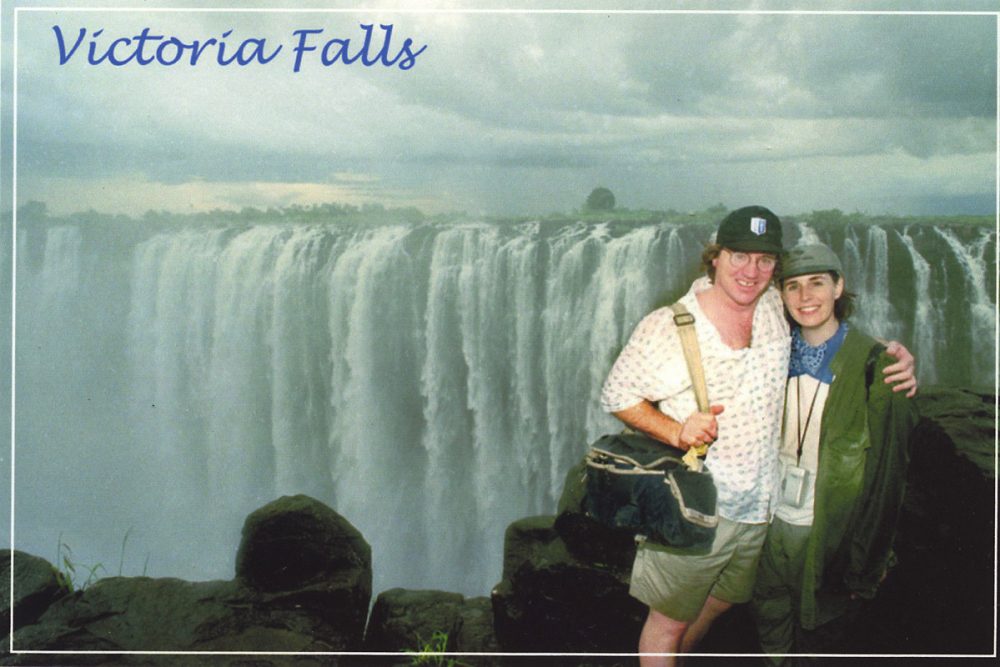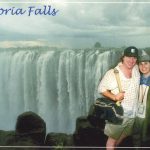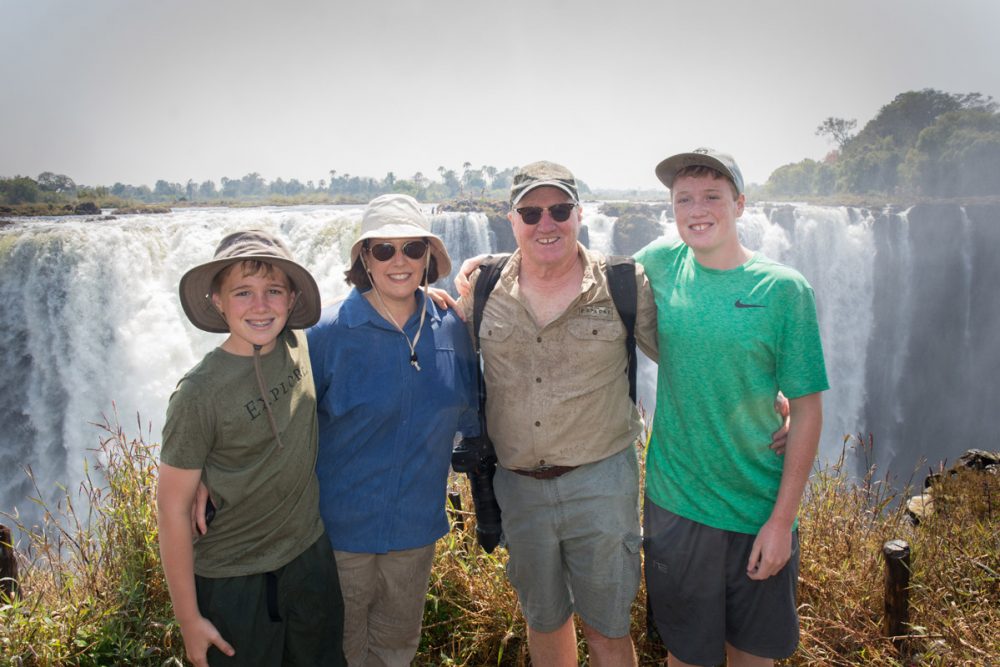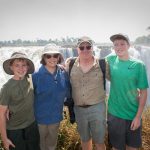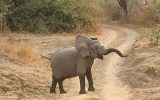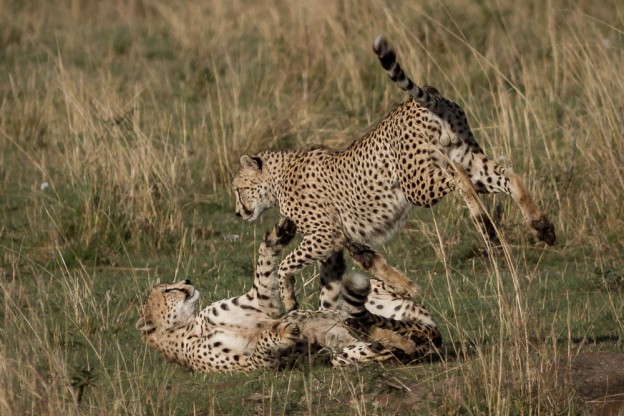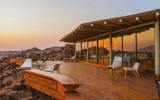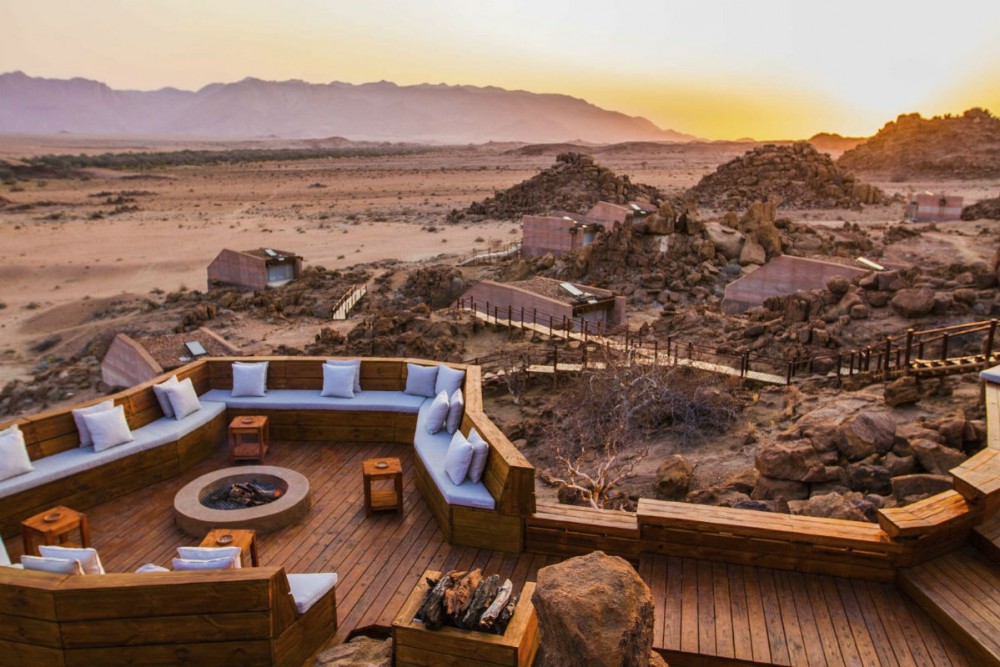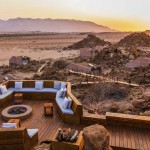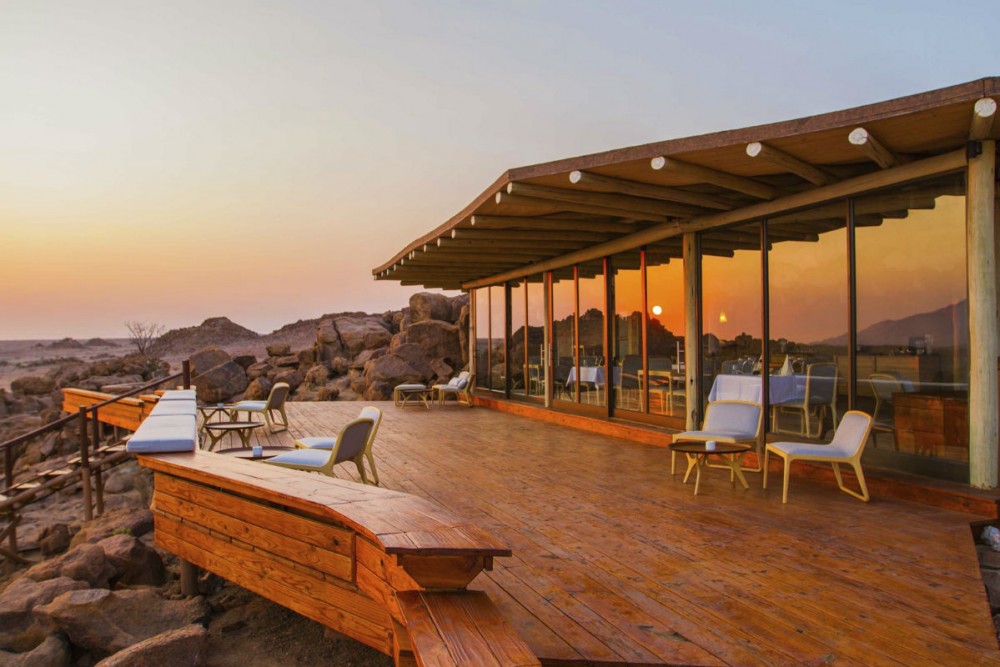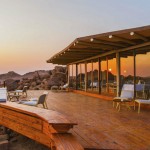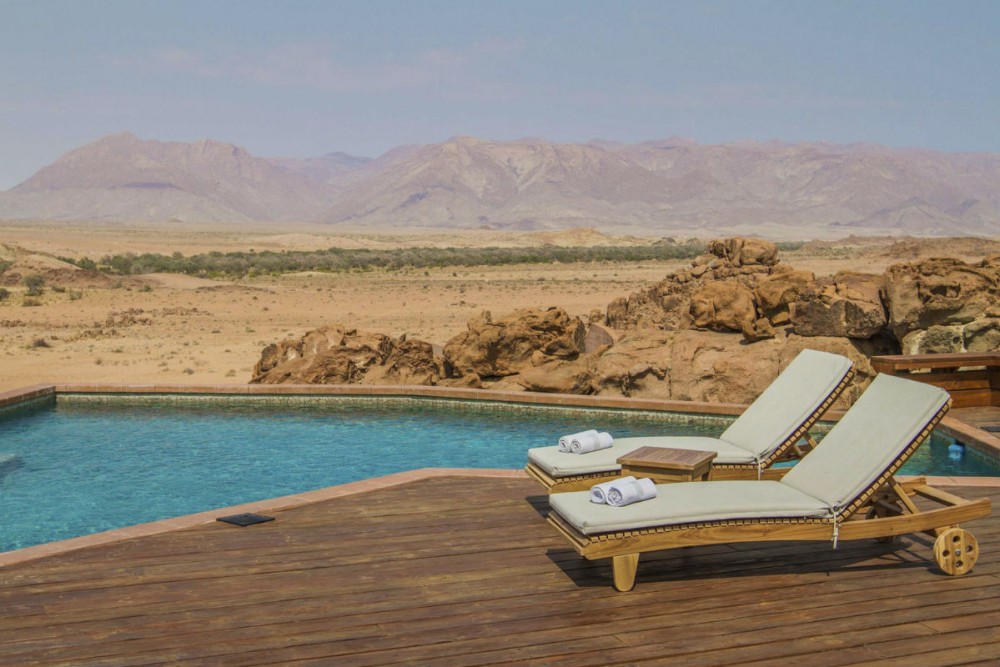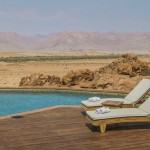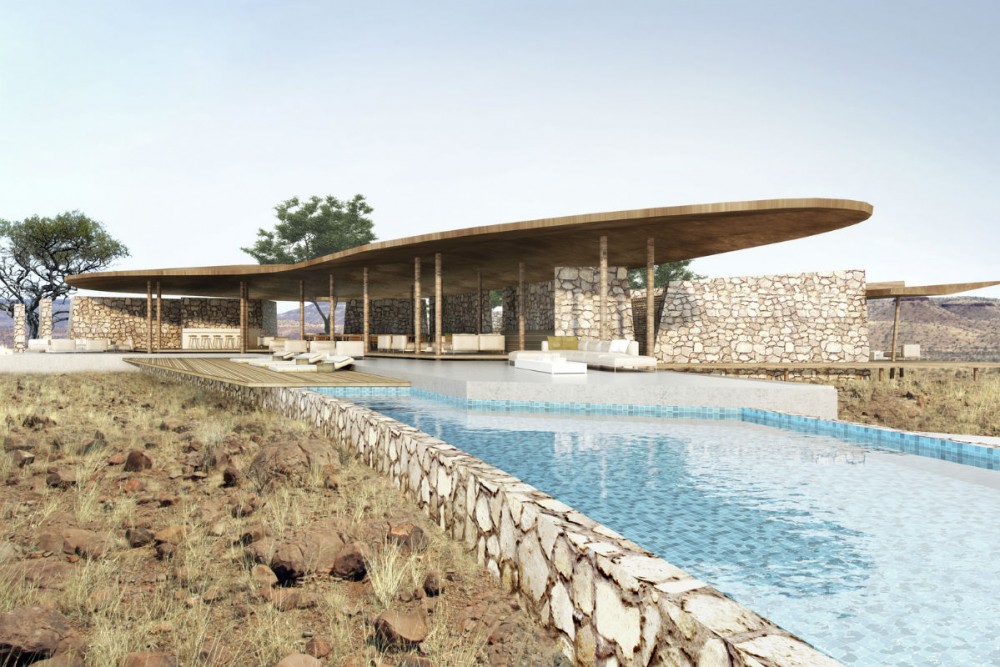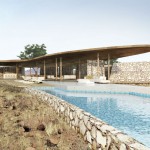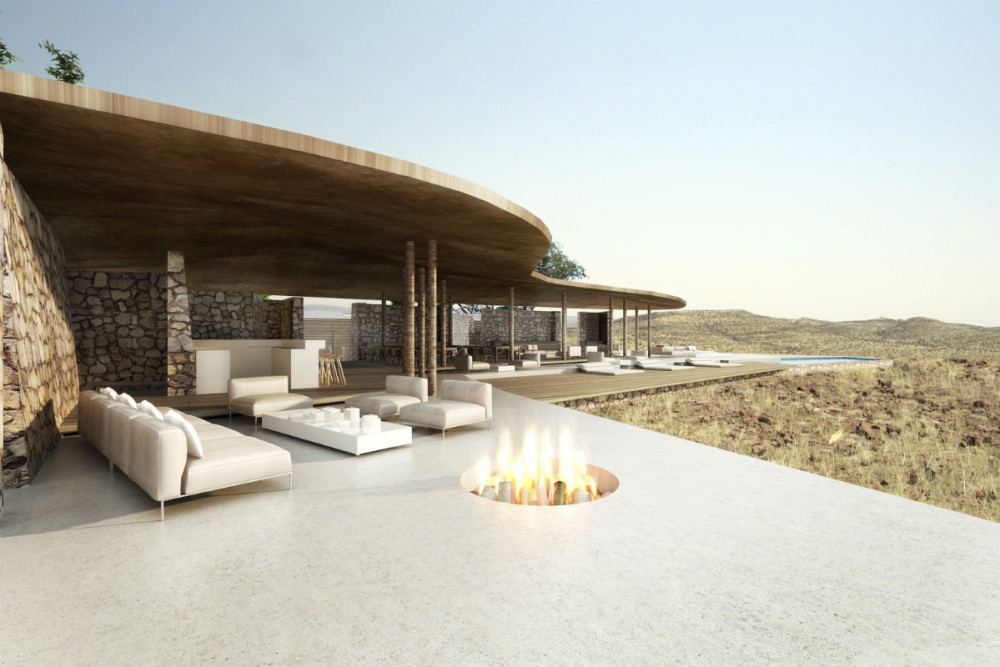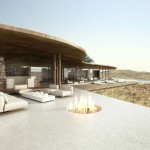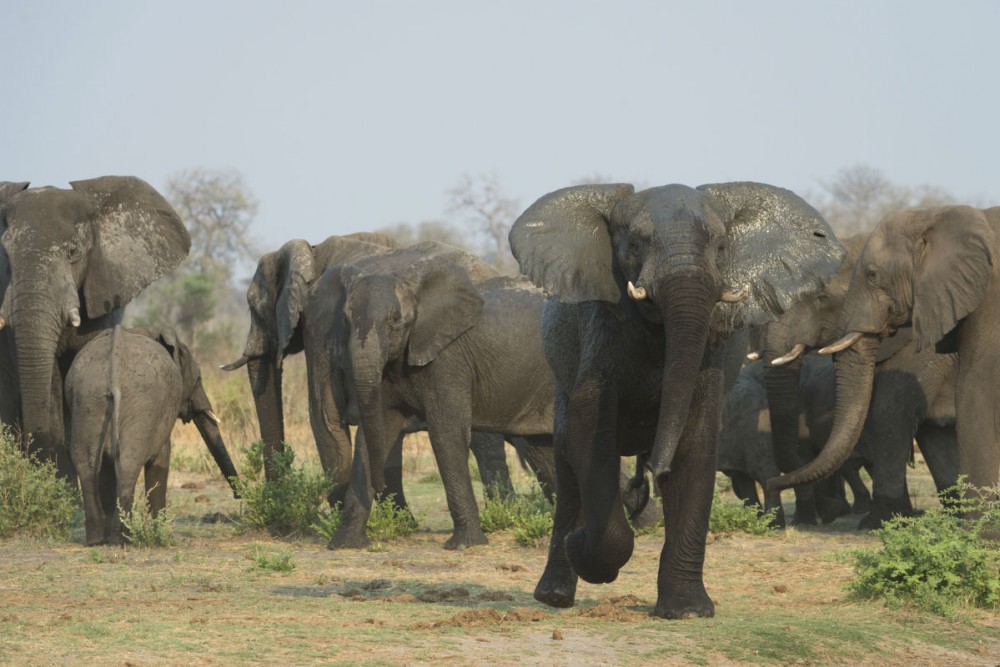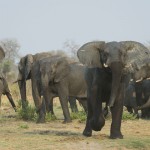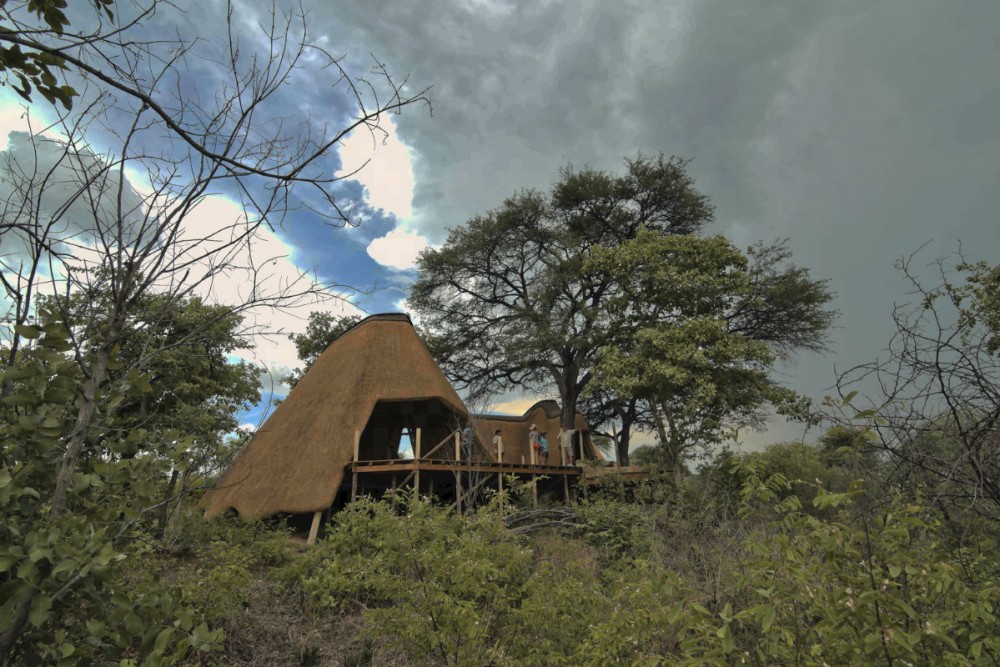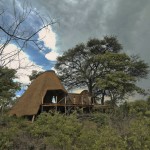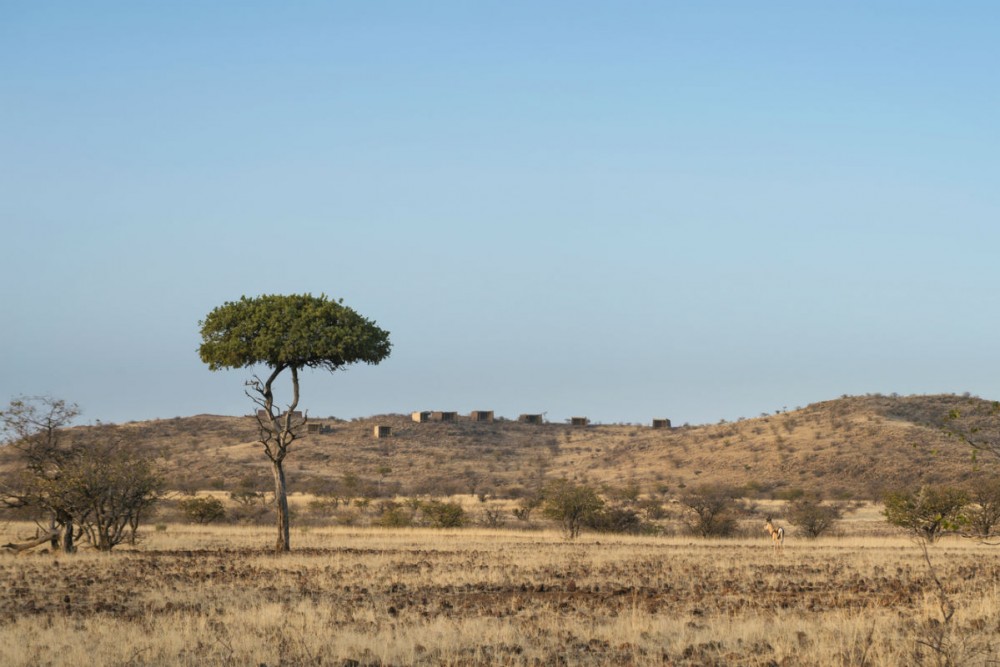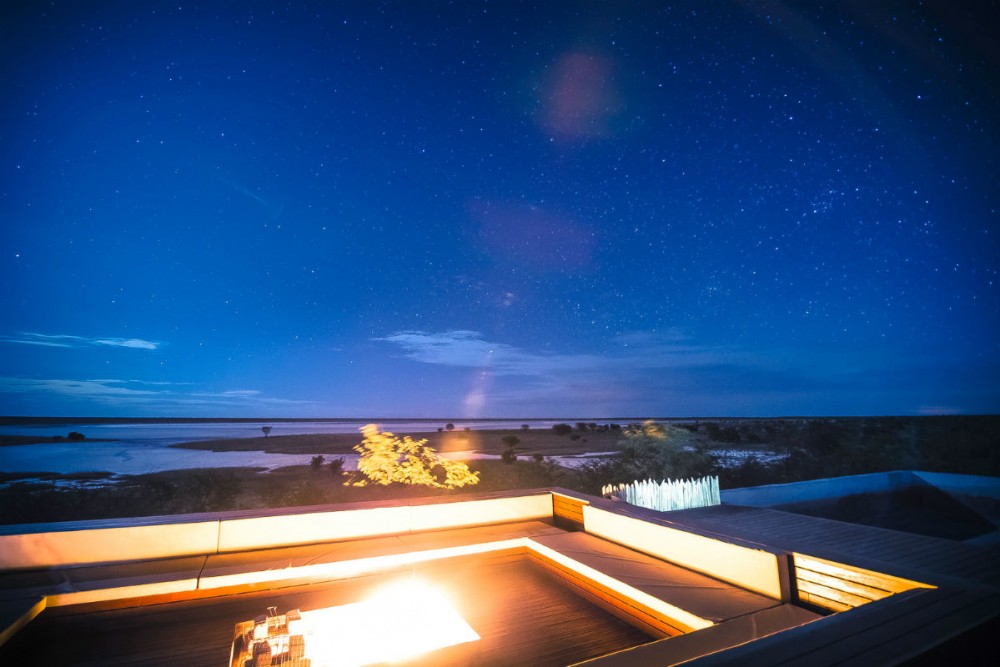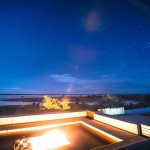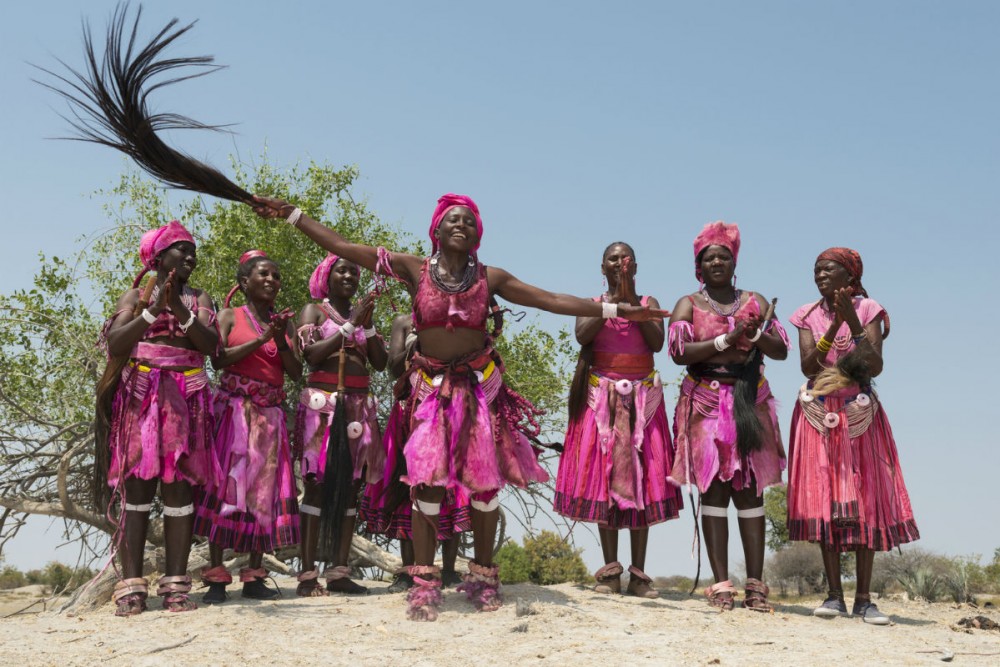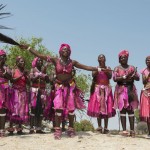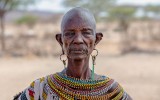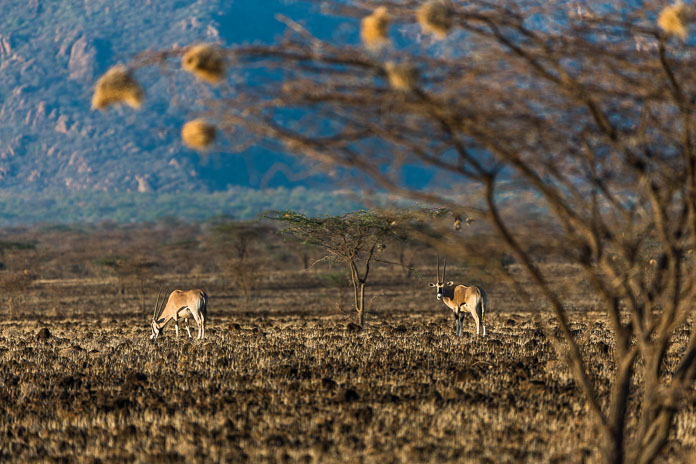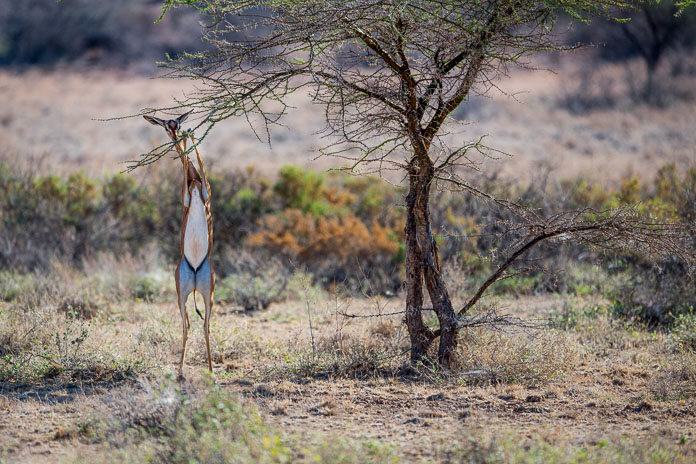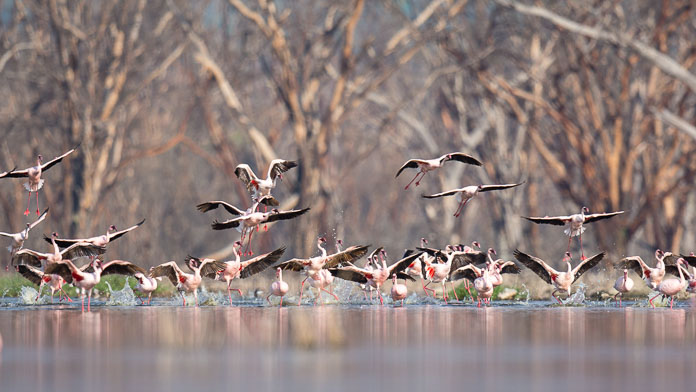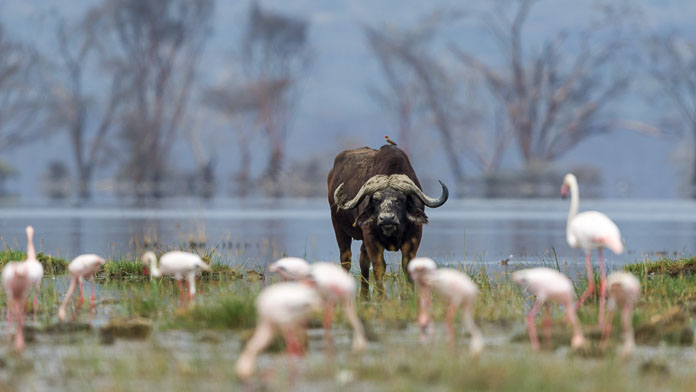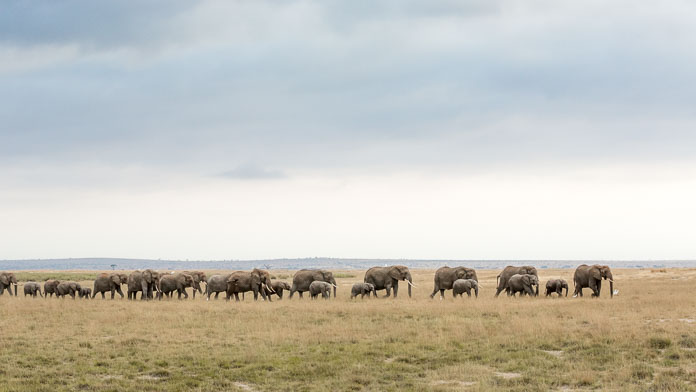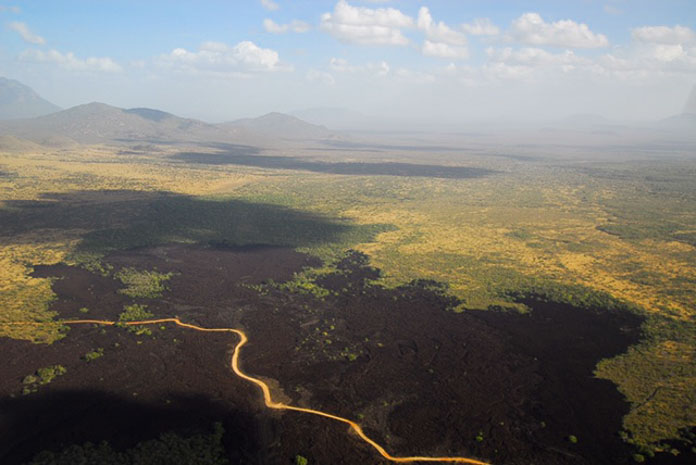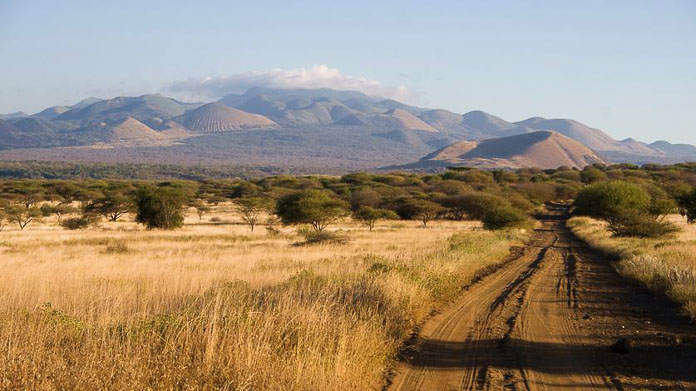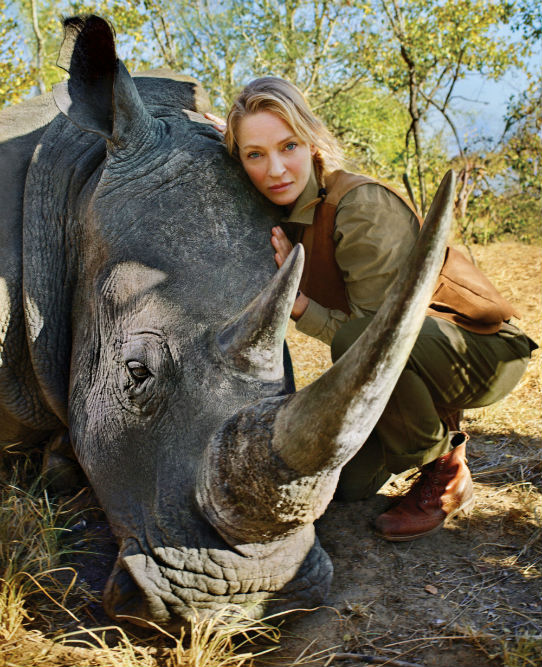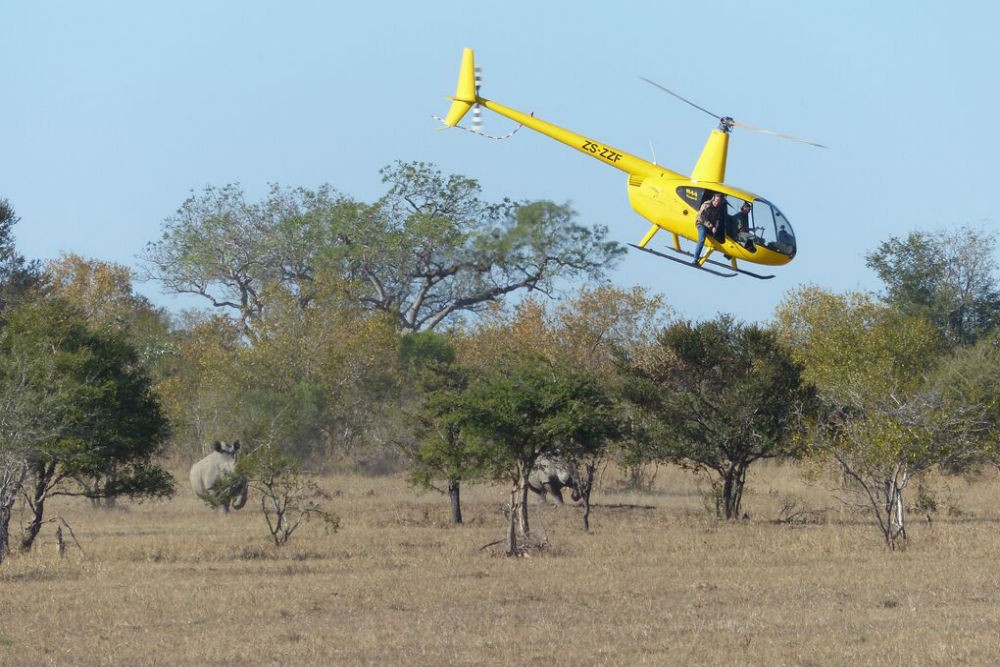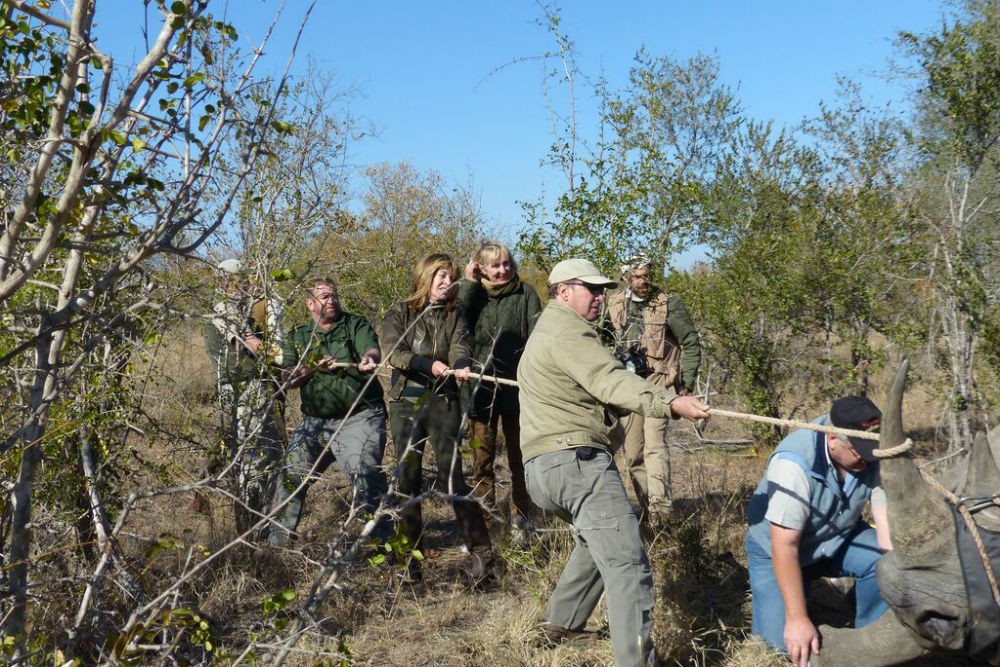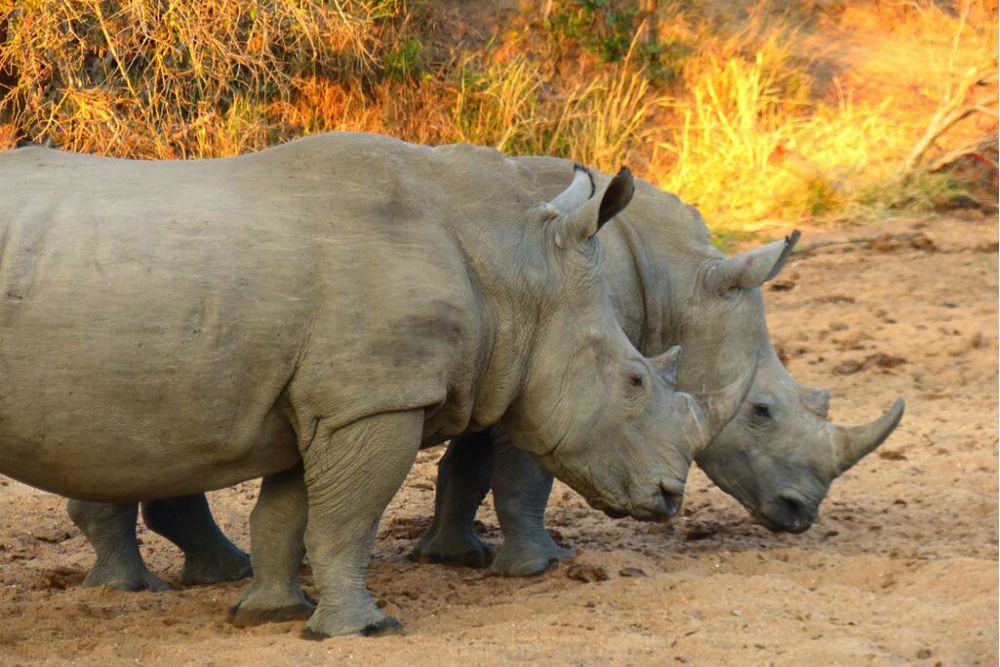For many people, seeing wild animals in their native habitat is their favorite reason to travel; that’s the common thread in the trip reviews you’ll read below. True wildlife sightings can’t be engineered, and there is a growing sensitivity to the ethics of animal encounters. The folks on our WOW List of Trusted Travel Experts can put you in the right place, at the right time, and with the right local trackers to maximize your chances of seeing wildlife in its natural state. Here’s how to get your own WOW trip.
Alaska: “Up close to brown bears catching salmon, and sea lions under the water trying to grab the salmon…”
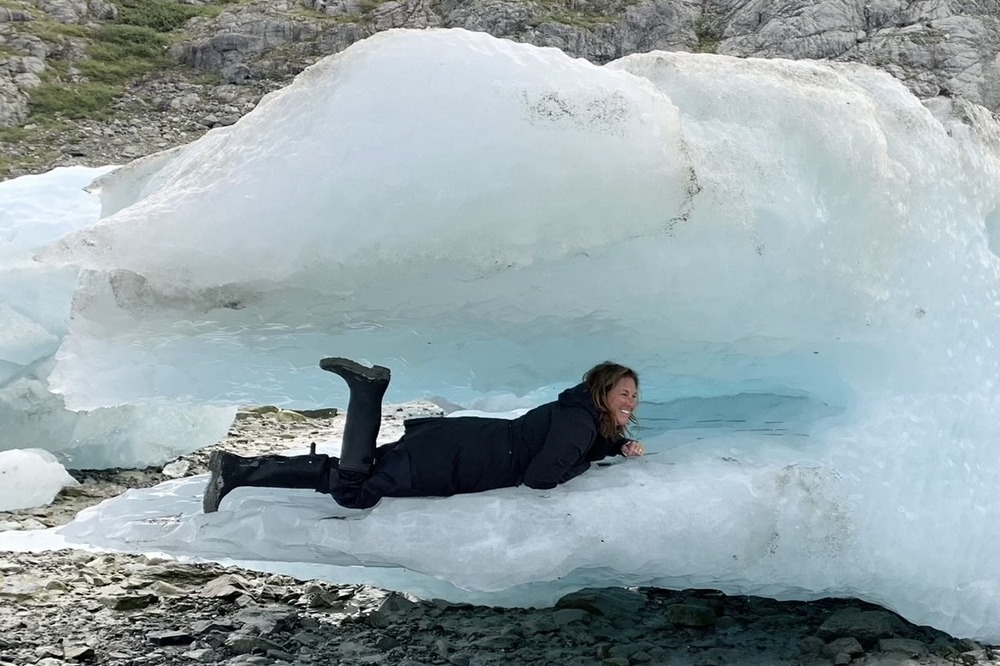
Traveler Jackie Mandel got up close and personal with nature—and ice!—during her intimate Alaskan cruise.
“Ashton recommended Uncruise Adventures, and what an amazing adventure it was! We explained that we wanted an experience where we saw animals and glaciers up close and that we were not big fans of cruise liners. Uncruise was the perfect recommendation, with 73 guests and 30 staff allowing us to go where no big boats go. As a matter of fact, we never saw another cruise liner once we left port in Juneau, nor a single soul, and felt like we were in our own world experiencing Alaska.
Each day you chose from an array of activities, such as kayaking, skiffs, bushwhacking, and ecological meandering along the shores. One day the captain came across humpback whales and stopped the boat so we could all enjoy the whales for an hour while they frolicked in the water. No large cruise liner can do that! Also, in kayaks we were able, within a safe distance, to get up close to brown bears catching salmon, and sea lions under the water trying to grab the salmon while the salmon were jumping all around us out of the water like they were on trampolines. A lifetime experience.” —Jackie Mandel
Read more reviews of Alaska trips. To get your own WOW trip, start with our trip questionnaire, reached via the black button below.
Uganda: “We basically experienced an episode of Chimp Empire…”
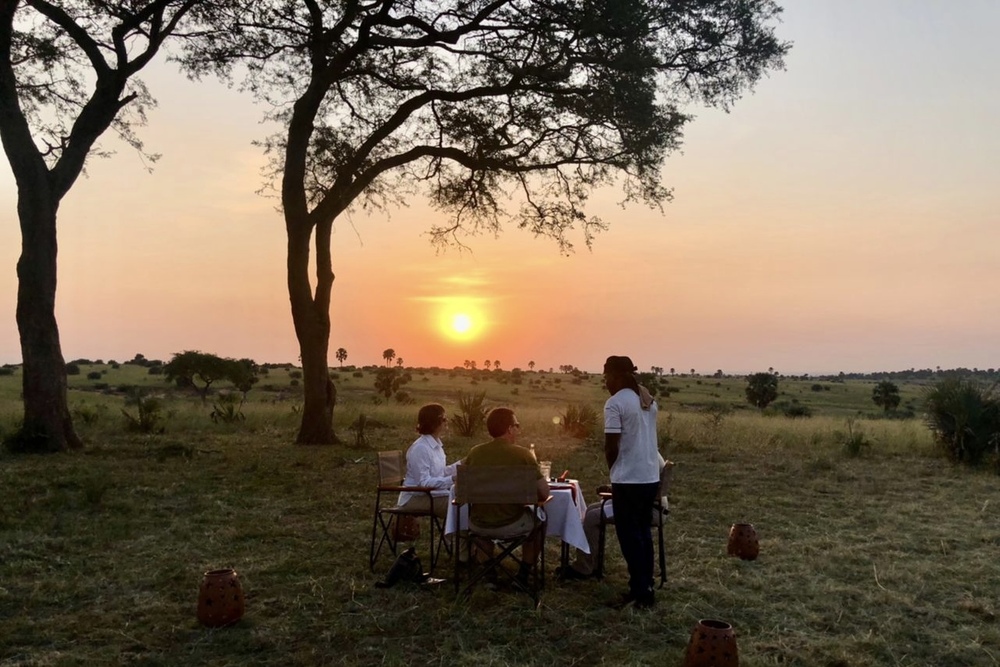
Karen and Rod Baesman enjoying a private dinner in the bush.
“My husband and I just returned from a bucket-list trip to Uganda! This is my eighth trip using The WOW List, so I knew we would have excellent accommodations and experiences, but what I most appreciated about working with Cherri and Katie was their guidance in helping me narrow down exactly where we should go.
We spent the first two nights in Kampala. Most tourists just stay in Entebbe, but we wanted to see a larger city and we are so glad we did. We had a full day taking in the city, including visiting a couple of art galleries (we purchased a painting), sampling fried grasshoppers (delicious), walking through a market (the locals were confused by our presence, but my husband is fascinated by markets and is telling everyone about this one), and being consistently astonished at the driving and loads of all the boda-bodas (small motorcycles).
The next three nights were spent in Murchison Falls. We saw too many different types of animals and birds to name them all here, but if you are a birder, you will drool at the fact that we saw a pair of Shoebills on our delta cruise! The Ugandan President’s daughter and her family were staying at our lodge, which made security interesting. One evening, we were doing a game drive and we saw a set-up in the distance that we thought might be for the first daughter and her family because we saw men with guns. It turned out that it was a WOW Moment for the two of us! We watched the sunset and had dinner in the park. Thank you, Wendy Perrin! My husband commented that he is hard to surprise and to impress, but that this truly was a WOW experience!
Next we spent two nights in Kibale to trek for chimpanzees. We basically experienced an episode of Chimp Empire (Netflix). We saw chimps in the trees, on the ground, grooming, feeding, pounding on trees, making so much noise, mating, and having a tussle with a black and white Colobus monkey. Next stop was three nights in Mgahinga National Park. We trekked for Golden Monkeys and were rewarded with a large group, including so many young ones that we watched playing for almost the entire hour. That afternoon we visited the Batwa community (tribe displaced from the forest in 1991 to protect the gorilla habitat). Next day was our first gorilla trek. The family we saw has three silverbacks in a group of nine. We were amazed by how close the gorillas came to us. In Bwindi Impenetrable National Park we had our final primate experience, a gorilla habituation experience.
While the impetus for the trip was seeing wildlife, we always want to interact with the people of the places we visit. The Ugandan people were just lovely. While most survive by growing their own food and selling what extra they have, we found them to be happy, friendly, and as interested in us as we with them. The employees of the lodges went out of their way to ensure we had everything we could possibly want. The hospitality was above what anyone could expect.” —Karen Baesman
Read more reviews of Uganda trips. To get your own WOW trip, start with our trip questionnaire, reached via the black button below.
Ecuador: “At Mashpi Lodge, a biologist identified a new species, the ‘Mashpi glass frog,’ which he found for us on a night walk…”
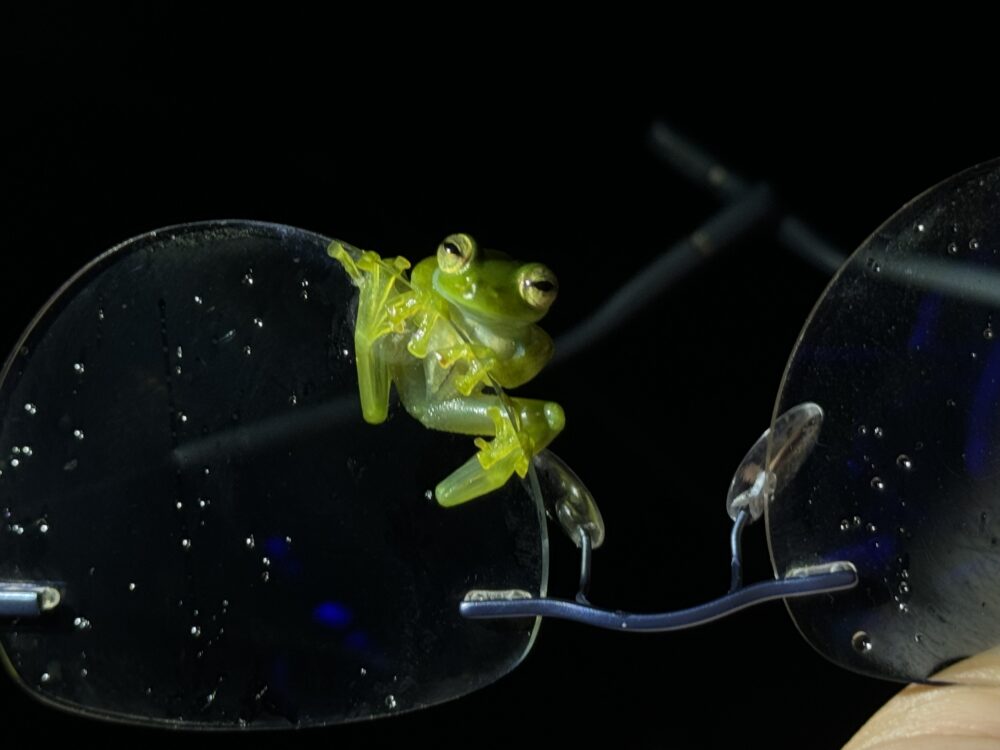
A Mashpi glass frog clings to an eyeglass frame. Photo: Traveler Robin Madden
“We just returned from a 10-day trip to Ecuador, with our two adult sons and one of their partners, and unlike most, we did not include the Galapagos in the itinerary. We chose to visit the Amazon and stay at Napo Wildlife Center, and Mashpi Lodge in the Cloud Forest. These two places were chosen due to their commitment to the local communities and preservation of the incredibly biologically diverse ecosystems in which they are each set. Carmen on Jordan’s team put together a seamless experience.
Though remote, the Napo Wildlife Center is both elegant and comfortable. Our experience included a local guide from the indigenous community. The lodge is owned and operated by the local community—a rarity in luxury lodges. Mornings started early, 5:30, but oh, the payoff! We saw multiple species of monkeys, more than 40 different birds, caiman, river otters, and a sloth, as well as various snakes and insects.
At Mashpi Lodge, Fernando was our guide, and he is the ‘frog whisperer.’ He is a biologist who did research there prior to becoming a guide and identified a new species, the ‘Mashpi glass frog,’ which he found for us on a night walk. We had the extraordinary luck of witnessing a battle between a wasp and a tarantula. The wasp won, killing the tarantula and depositing her eggs inside to hatch in about 10 days. Fernando videotaped the whole encounter. It was like watching a National Geographic special, but it was right there in front of us.” —Robin Madden
Read more reviews of Ecuador trips. To get your own WOW trip, start with our trip questionnaire, reached via the black button below.
Mexico: “Four days in a remote whale-watching camp alongside private boat excursions to key wildlife sites…”
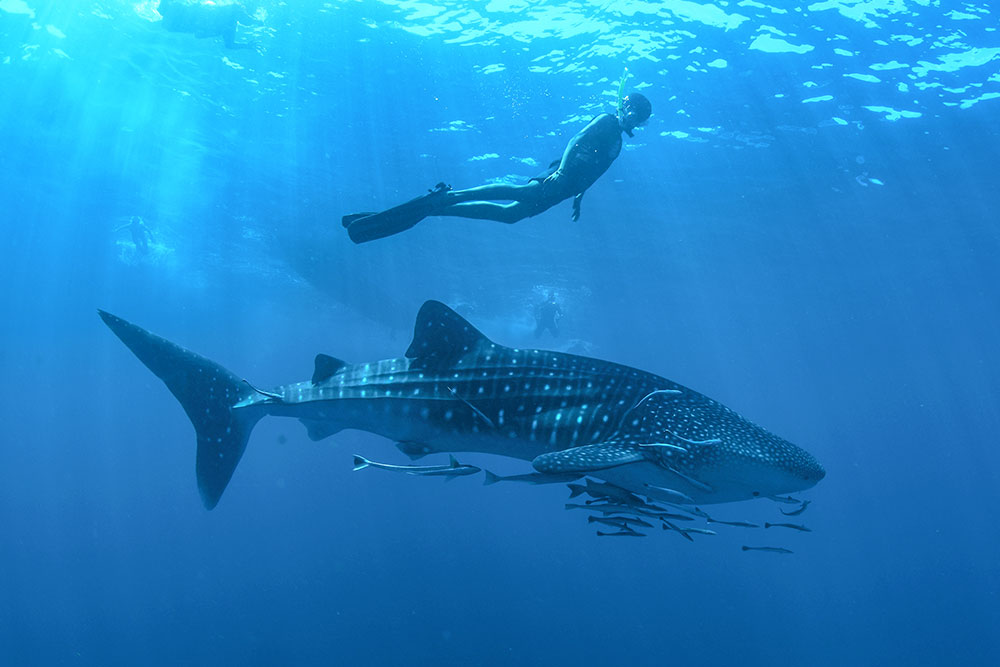
Diving with a whale shark. Photo: Journey Mexico
“Zach and his wonderful team—Carolina and Jose among many others behind the scenes I’m sure—planned the most outstanding mother-daughter spring break trip to Baja California, Mexico, for my 20-year-old and me. We were interested in a nature-focused experience, spending all of our time on whale watching, sea lions, whale sharks, etc. Zach was so thoughtful, spending a series of phone calls with me figuring out what kind of travelers we were and what kind of experiences would be right. He then proposed the perfect itinerary, including four days in a remote whale-watching camp alongside time in La Paz on private boat excursions to key wildlife sites and a transfer evening in Cabo. We weren’t excited about spending time in busy Cabo, and he found us an under-the-radar boutique hotel that checked all our boxes (quiet, beautiful, excellent service).
The trip itself was flawlessly executed. Carolina went out of her way to figure out where we could skip logistics steps and bypass lines. It couldn’t have run more smoothly during a very crowded time in Baja. I was also so appreciative of their flexibility and help when, at the last minute, I had a medical emergency and couldn’t go with my daughter. They immediately shifted all of the reservations to a new family member who accompanied her. Hearing their glowing, joyful reports every day of the amazing time Zach and team had organized was almost as wonderful as being there myself. We can’t recommend Zach, Carolina, Jose and team more highly.” —Cate Bradley
Read more reviews of Mexico trips. To get your own WOW trip, start with our trip questionnaire, reached via the black button below.
Canada: “We are so thankful to have experienced polar bears in the wild with a small group on foot…”
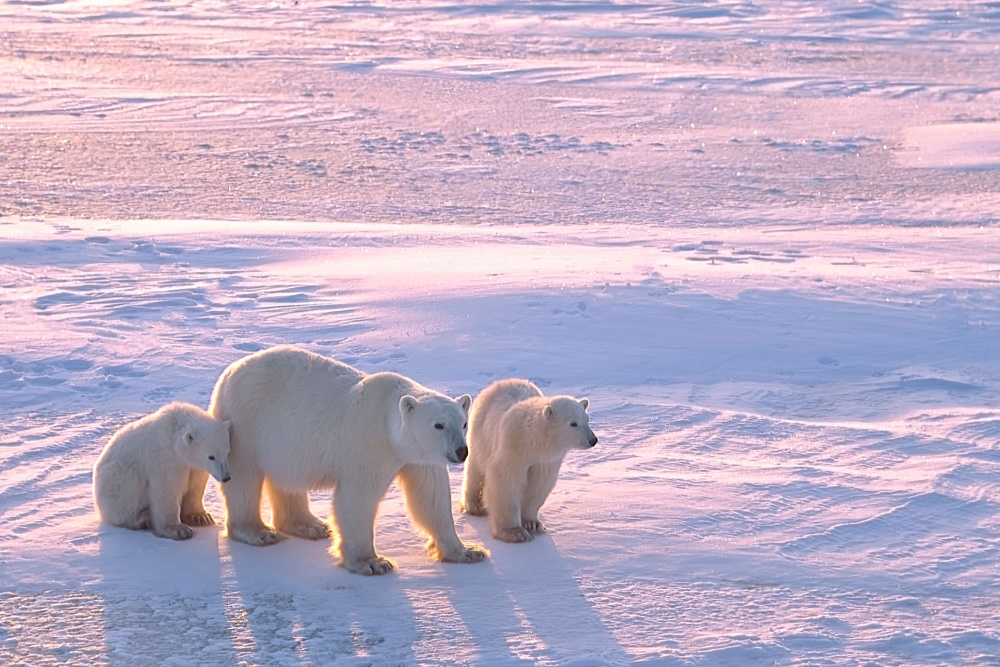
A polar bear with cubs in the Canadian Arctic. Photo: Shutterstock
“This was a fantastic trip! I’ve been thinking about seeing polar bears for years and imagined traveling in tundra buggies outside of Churchill looking for bears. Thank goodness I reached out to Marc and his team for their help!
Marc suggested a walking safari at a remote camp. He also helped determine the optimal time and best experience based on our interests. It was amazing! The tour is 6 days—4 days at the camp and one day on either end in Winnipeg. The camp is 60 km north of Churchill, we flew in on an 8-passenger plane and saw a polar bear from the air! The entire time we were at the lodge, there were 3 bears around the camp. We had so many opportunities to see them from the lodge, from the viewing decks outside, and walking on the tundra. Equipment was provided and very much appreciated for protecting us from the Arctic winds. We were also lucky enough to see an amazing show of the northern lights.
As we were preparing for our trip, our questions were quickly and accurately answered by Kate on Marc’s team. We appreciated their recommendations and support. We are so thankful to have experienced polar bears in the wild with a small group on foot.” —Deborah Wente
Read more reviews of Canada trips. To get your own WOW trip, start with our trip questionnaire, reached via the black button below.
The Galapagos Islands: “We had penguins nibbling our fins, watched sea turtles noshing underwater and sea lions performing acrobatics…”
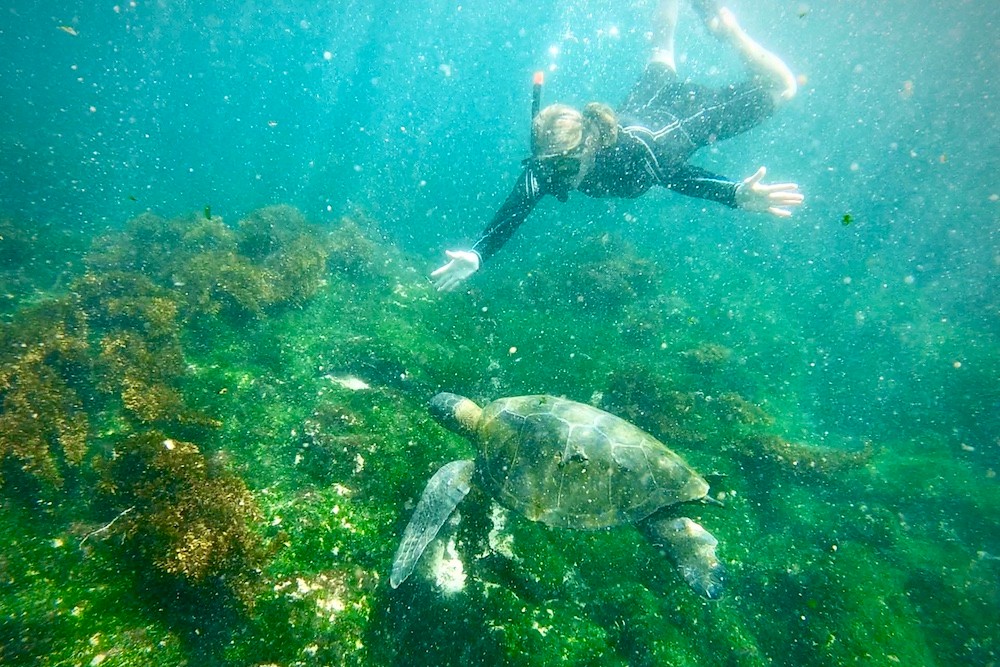
Snorkeling in the Galapagos Islands. Photo: Traveler Colleen Grazioso
“Ashton did an incredible job helping us plan our vacation of a lifetime to the Galapagos to celebrate our Dad’s 75th Birthday (and my 50th!). We spent eight days aboard a sturdy and very comfortable catamaran that sleeps 16 passengers across eight passenger cabins. The ship has a crew of ten that provided amazing service. It was incredible to have the entire boat to ourselves. With no internet onboard, we spent real quality time relaxing together. My dad claims he spent more time with his grandkids on this trip than over the past 15 years combined!
We walked on young lava around volcanoes, hiked up mountains, kayaked in caves, saw tons and tons and tons of all sorts of iguanas, swam on deserted white-sand beaches, watched octopus in tide pools, walked next to giant land tortoises, and saw lots and lots of blue-footed boobies. Several of us are certified SCUBA divers and were a little upset before we got there that we wouldn’t be diving on this trip but, I have to say, the snorkels we did on this trip were more spectacular that any dives I have ever done, anywhere. We had penguins nibbling our fins, watched sea turtles noshing underwater and sea lions performing acrobatics in front of us—every single day. We saw rays and whales and sharks and eels and tons of colorful fish and starfish the size of hubcaps. If you like to snorkel, this trip will top anything you have done, I guarantee it!” —Colleen Grazioso
Read more reviews of expedition cruise trips. To get your own WOW trip, start with our trip questionnaire, reached via the black button below.
Southern Africa: “My daughter and I were profoundly affected by the emphasis on sustainability and respect/harmony with nature…”
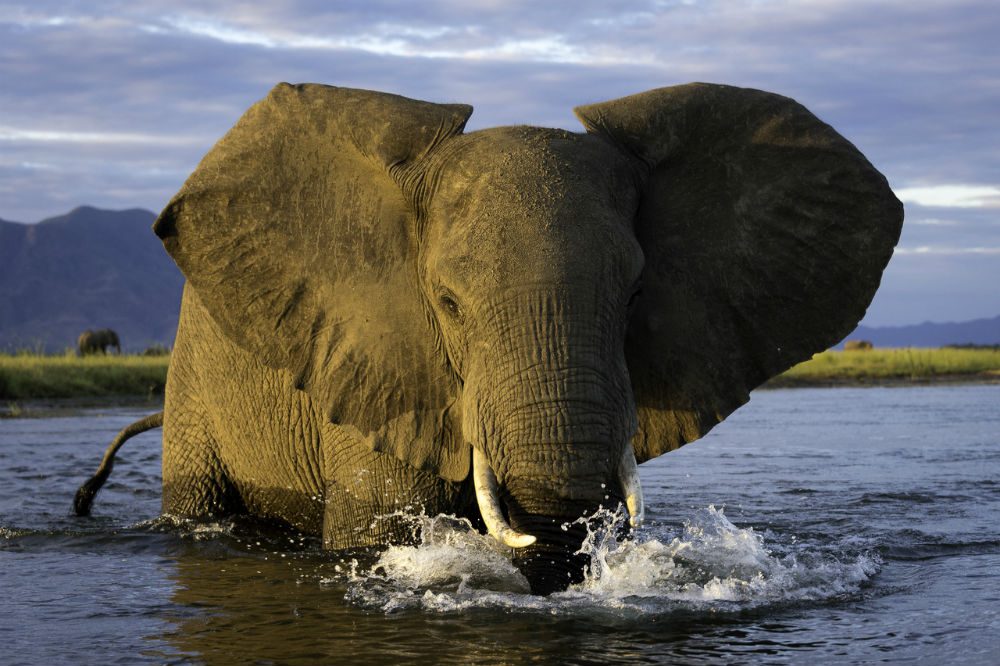
Zimbabwe’s Lower Zambezi River is home to massive herds of elephants. Photo: Wilderness Safaris
“My daughter and I had the most incredible trip to South Africa, Botswana and Zimbabwe, as organized by Cherri and her team. One thing I always appreciate about your specialists is their desire to understand my particular travel needs and desires. We started with 5 days in Cape Town, mixing up our need for outdoor activities—hiking and biking—with cultural and historical highlights. Then, off to Camp Moremi in Botswana, where we did 7 jeep drives that brought us so close to all the animals. Having been in the Serengeti and Ngorongoro Crater before, I really appreciated the small and intimate camps in Botswana. When we found animals, there were only 2-3 Jeeps, and we did not crowd them. This allowed us to see animals mating, feeding, nursing, fighting, and other activities that are just part of life.
At Camp Okavango, which is surrounded by water, our safaris were by boat, canoe and on foot. We loved this—the quiet, the birds, the alarm calls! Once, on walking safari, we encountered a male elephant at close range. Our guide, Taps, quickly advised us on how to act and proceed. We felt entirely safe, and at the same time, were within 10 feet of the elephant. He even sniffed us!
Our final stop was at Dulini Leadwood in Sabi Sands, and I have to say, this was beyond fantastic. Within one day, we saw all of the Big 5 animals! Again, we were able to watch animal behaviors that are so rare, such as a leopard with her 3- month-old cub, playing. While an African safari is never inexpensive, this one surely met all the criteria of ‘trip of a lifetime’. My daughter and I were profoundly affected by the emphasis on sustainability and respect/harmony with nature. This is my 5th trip with one of Wendy’s experts, and we have 2 more coming up. I love doing my own travel planning, but when going somewhere that has myriad options and connections, it’s just so much easier with one of your travel planners. Thanks so much.” —Milinda Martin
Read more reviews of Southern Africa trips. To get your own WOW trip, start with our trip questionnaire, reached via the black button below.
Alaska: “The Kodiak Brown Bear Center was very interesting—and did we see the bears! We saw them in the water, on the land, and even in the trees…”
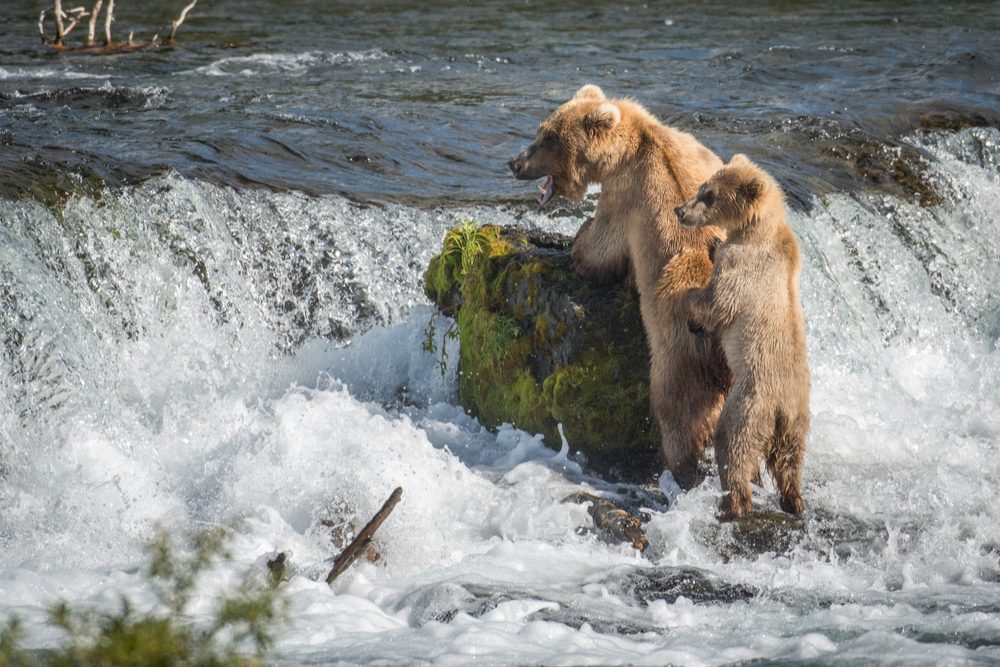
An Alaskan brown bear sow and its cub at Brooks Falls in Katmai National Park, Alaska. Photo: Shutterstock
“Our fifth trip to Alaska was again spectacular, thanks to Judith. We wanted to visit Kodiak Island for bear viewing and also try ocean fishing. The Kodiak Brown Bear Center was very interesting—and did we see the bears! We saw them in the water, on the land, and even in the trees! We also enjoyed the lodge and the limited number of people that can stay at one time. There are only four cabins.
Judith also made arrangements for us to go ocean fishing in Homer with a full-service charter—meaning, not only did they provide the bait and tackle, but they also handled the cleaning and made arrangements for processing so we could ship our catch home for us to enjoy. The scenery was spectacular, and the sea was relatively flat. We saw whales and puffins, and we fished for salmon and halibut. Our hotel was on the Homer Spit, so we could watch the boats come and go. One evening we brought our dinner back to the hotel so we could watch the sunset from our picture window, and our dinner view was a group of sea otters having fun playing in the water. Another wonderful trip! Thank you, Judith, and also thank you, Wendy Perrin, for your list of travel specialists.” —Marsha Friedli
Read more reviews of Alaska trips. To get your own WOW trip, start with our trip questionnaire, reached via the black button below.
The Galapagos Islands: “It was simply mind-boggling how many amazing animals we saw up close…”
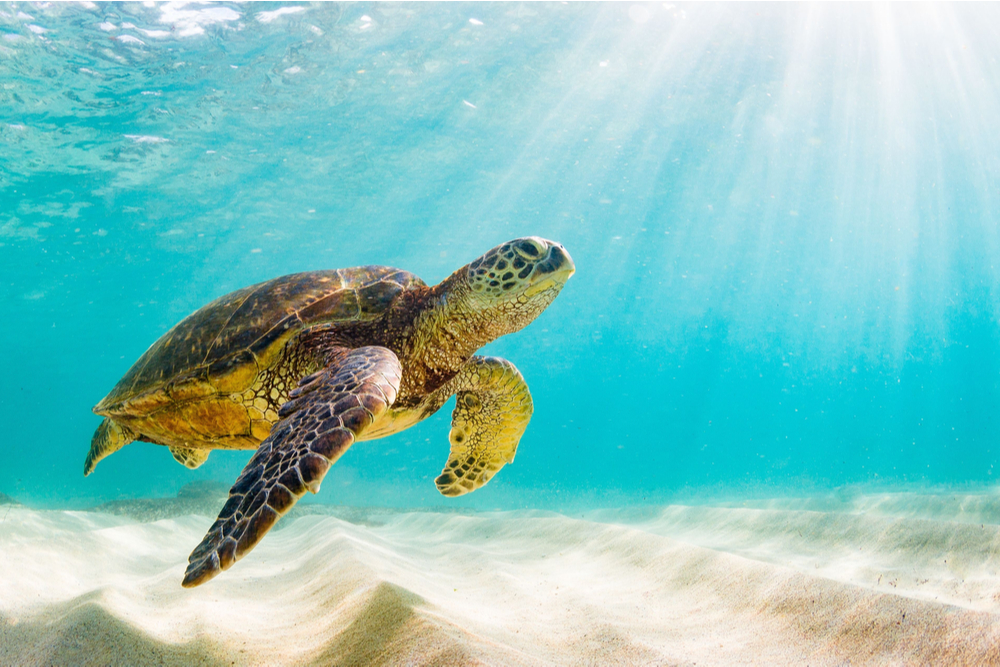
A sea turtle in the Galapagos. Photo: Shutterstock
“My family of four (two parents, 10yr old, 12yr old) took a one-week Galapagos cruise aboard the Elite. Allie planned the trip. EVERY aspect of the journey was incredible, and none of us wanted to leave. We plan 90% of our travel on our own, but with a trip like this, which we thought would be a once-in-a-lifetime trip, we wanted to be 100% sure we got it right. We are so happy Wendy linked us up with Allie. Allie was essential to helping us sort through the blizzard of options (land-based or boat-based? which of a hundred boats? large or small? monohull or cat? four-day or longer? etc.). She helped us make it perfect. So perfect that maybe it won’t be once-in-a-lifetime.
With Allie’s guidance we chose a small boat (the Elite has a 16-person max). Small boats can be rocky, so she steered us toward a catamaran for more stability, to minimize the risk of seasickness. The water was generally smooth, but on one or two nights with bigger waves, we were very happy to have two hulls, especially while watching how tippy the monohulls were. We didn’t really think about it beforehand, but being aboard a catamaran allowed for a wider beam and more spacious rooms on board.
The reason to go to the Galapagos is the geological and natural history,. We saw blue-footed boobies, courting frigate birds, gulls, Galapagos hawks (hunting and eating marine iguanas!) and more. We encountered a number of Galapagos tortoises in the wild. In the water, on numerous snorkeling activities, we saw more types of reef fish than I could name, from little gobis and half-inch baby puffers up to tuna. Small sharks skimmed the bottom, oblivious of us. Penguins flashed by, within a few feet, as they hunted, and we actually saw them catching fish. We never sought out sea lions because as soon as we hit the water, they found us, swimming within inches of us in circles and loops, trying to get us to play with them. Pods of sea turtles munched on algae as we floated above, swimming so close to us at times that we actually had to struggle to swim away in order not to contact or disturb them. It was simply mind-boggling how many amazing animals we saw up close.” —John Strachan
Read more reviews of Galapagos trips. To get your own WOW trip, start with our trip questionnaire, reached via the black button below.
Costa Rica: “We were able to see howler monkeys and troops of both white-faced capuchin and spider monkeys…”
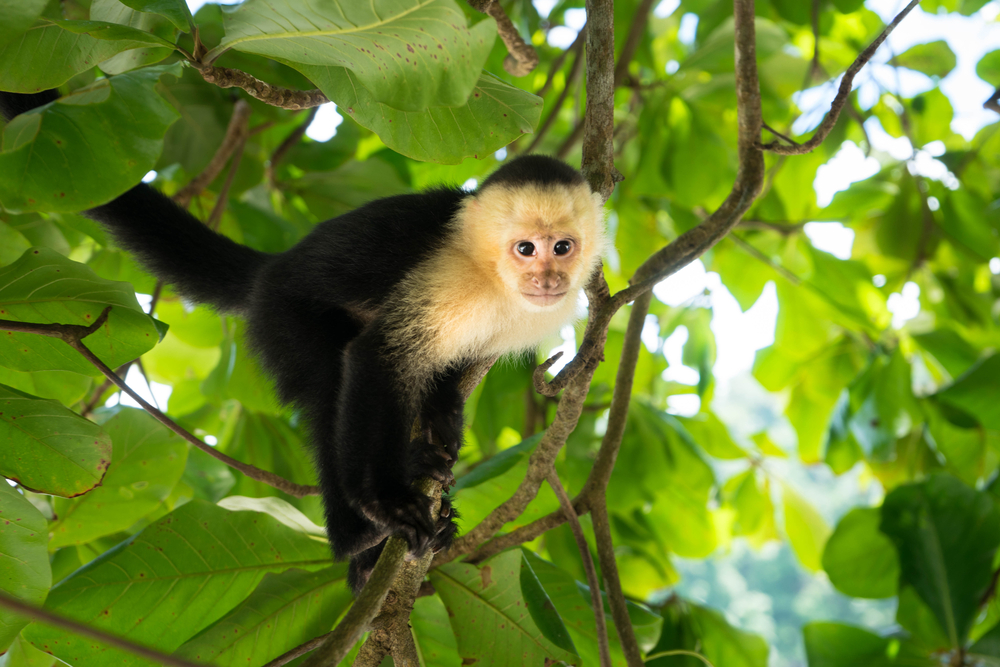
A white-faced Capuchin monkey in Costa Rica’s rainforest. Photo: Shutterstock
“My wife and I, along with our three children (elementary, high school, and college age), worked with Priscilla in the planning of a trip to Costa Rica in March. We were able to mix in plenty of activities with some relaxation.
Our first stay was at The Springs Resort and Spa in the Arenal Volcano area. The hotel offered plenty for the children to do beyond swimming. The waterfall rappelling excursion Priscilla recommended was very fun. At the hotel we spotted sloths and toucans, and the view of the volcano from the hotel room was spectacular.
Our next stop was La Paloma Lodge in Drake Bay, on the Osa Peninsula. The Sunset Rancho offered a fantastic view of the ocean, and the meals were great. Our excursion to Corcovado National Park was a highlight and we were able to see Howler Monkeys and troops of both White Faced Capuchin and Spider Monkeys. We also saw an arboreal anteater, Coatimundis, and a saltwater crocodile. Priscilla set up a wonderful night tour where we were able to see snakes, frogs, spiders, a scorpion, and even a fleeting glimpse of a Kinkajou. Cocolito Beach by the lodge offered some great waves for boogie boarding and never felt crowded. From beginning to end, Priscilla and the team provided a lot of details/organization so we could just enjoy the trip.” —Nelson Mongiovi
Read more reviews of Costa Rica trips. To get your own WOW trip, start with our trip questionnaire, reached via the black button below.
Kenya & Rwanda: “It’s hard to explain the joy and wonder one experiences when face-to-face with a gorilla family, but it was extraordinary, and we are forever changed…”
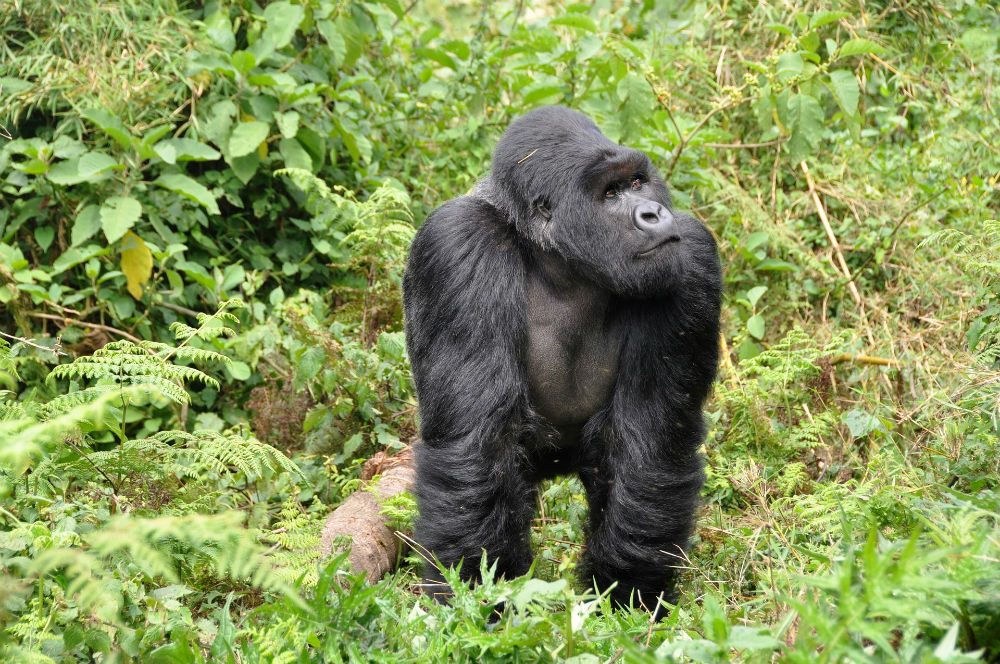
A gorilla in Rwanda. Photo: Pixabay
“We recently returned from a truly amazing trip to Kenya and Rwanda, organized by Dan. We began planning our trip over a year ago, initially interviewing two companies that were rated as being in ‘the top five’ by respected travel publications. Disappointed that their representatives weren’t really listening and designing trips that met our criteria, we reached out to Wendy’s team and got connected with Dan.
Dan is a great listener and promptly put together an itinerary that excited us and met our requirements. With his guidance, we selected two locations for safaris on private lands in Kenya, the Lewa Conservancy and the Mara North Conservancy. The safari experiences at the two locations complemented each other really well.
In Lewa, we saw four of the Big Five upon arrival, just on our drive from the airstrip to camp! Home to countless unique species, there we also saw Grevy’s Zebra, white and black rhinos and even wild dogs. Fortunately, we also made it to the Maasai Mara in time to see the Migration and a drama-filled river crossing, as well as all the Big Five. Our last stop was Rwanda, where we went gorilla trekking for two days. It’s hard to explain the joy and wonder one experiences when face-to-face with a gorilla family, but it was extraordinary, and we are forever changed.” —Gina and Roger Symczak
Read more reviews of Kenya and Rwanda trips. To get your own WOW trip, start with our trip questionnaire, reached via the black button below.
African Safari: “Watching a pride of lions feast on a freshly killed hippo…”
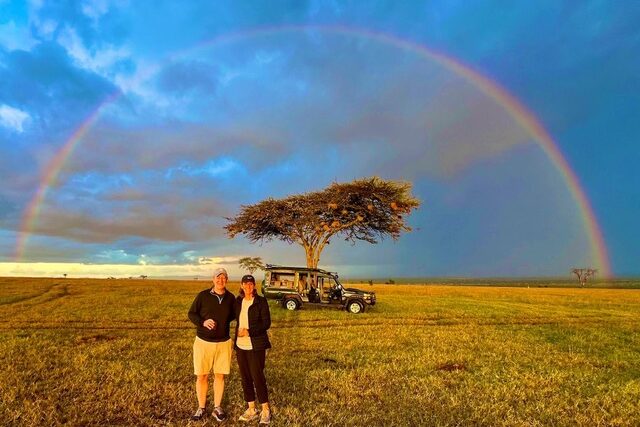
Martha and James Issokson saw not just wildlife but a rainbow on their safari in the Masai Mara Conservancy.
“We just returned from a wonderful stay in Kenya. Daniel’s guidance enabled us to narrow down the many possibilities for a trip to Africa. He was helpful in selecting the time of year, the locations, and also the type of resort experience we wished to have. We stayed at two of the Kicheche resorts from February 4-12. The selection of camps in the Masai Mara Conservancy and the Ol Pejeta Conservancy provided a wonderful variety of terrain and wildlife to view.
The location, food and level of service were above and beyond our expectations. Experiences like viewing elephants, buffalo and gazelles from our tent at the Ol Pejeta camp and watching a pride of lions feast on a freshly killed hippo at the Mara Conservancy made our trip one we will not soon forget.” —James and Martha Issokson
Read more reviews of African Safari trips. To get your own WOW trip, start with our trip questionnaire, reached via the black button below.
Be a smarter traveler: Sign up for Wendy’s weekly newsletter to stay in the know. Read real travelers’ reviews, then use the black CONTACT buttons on Wendy’s WOW List to reach out to the right local fixer for your trip.

